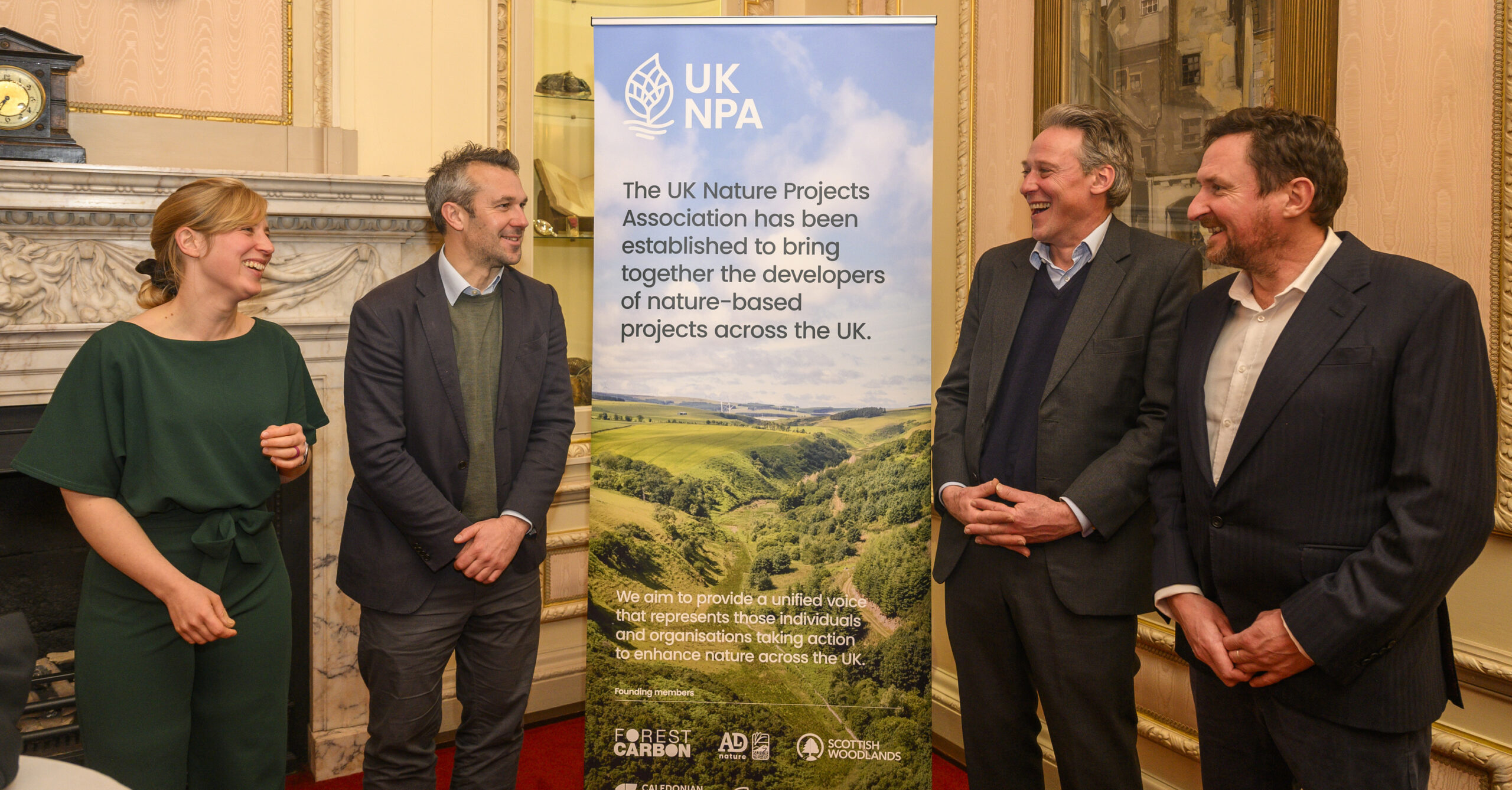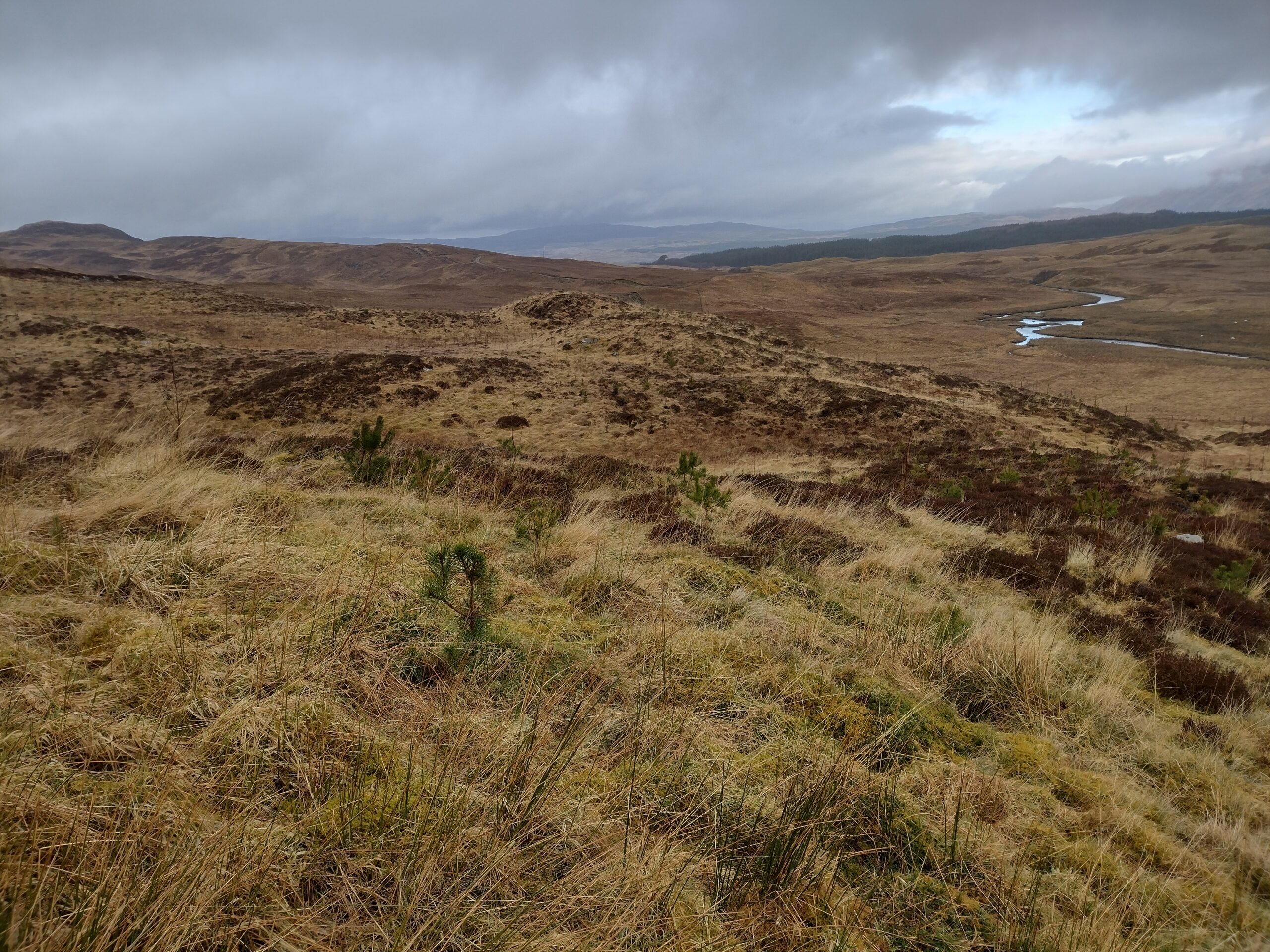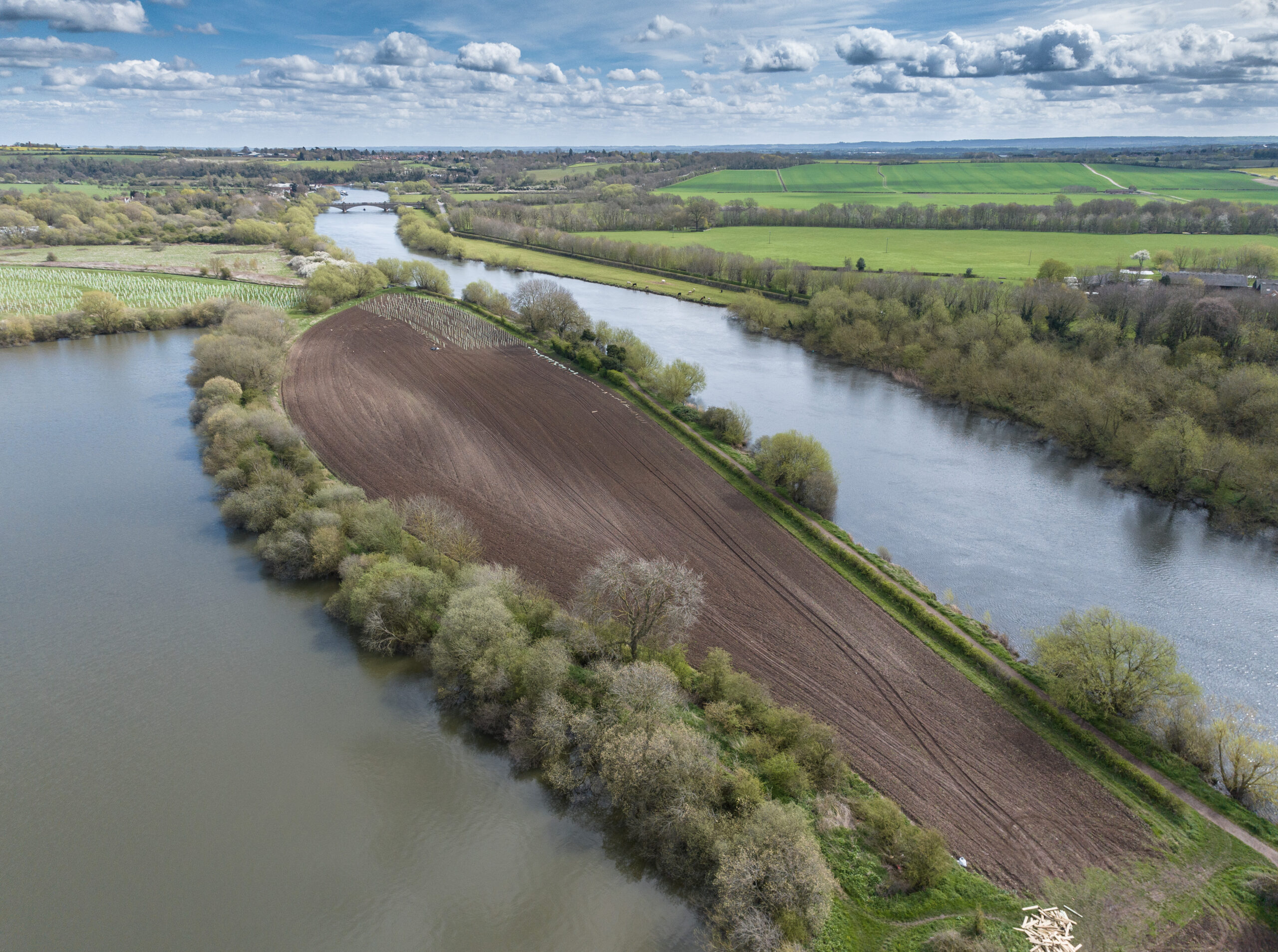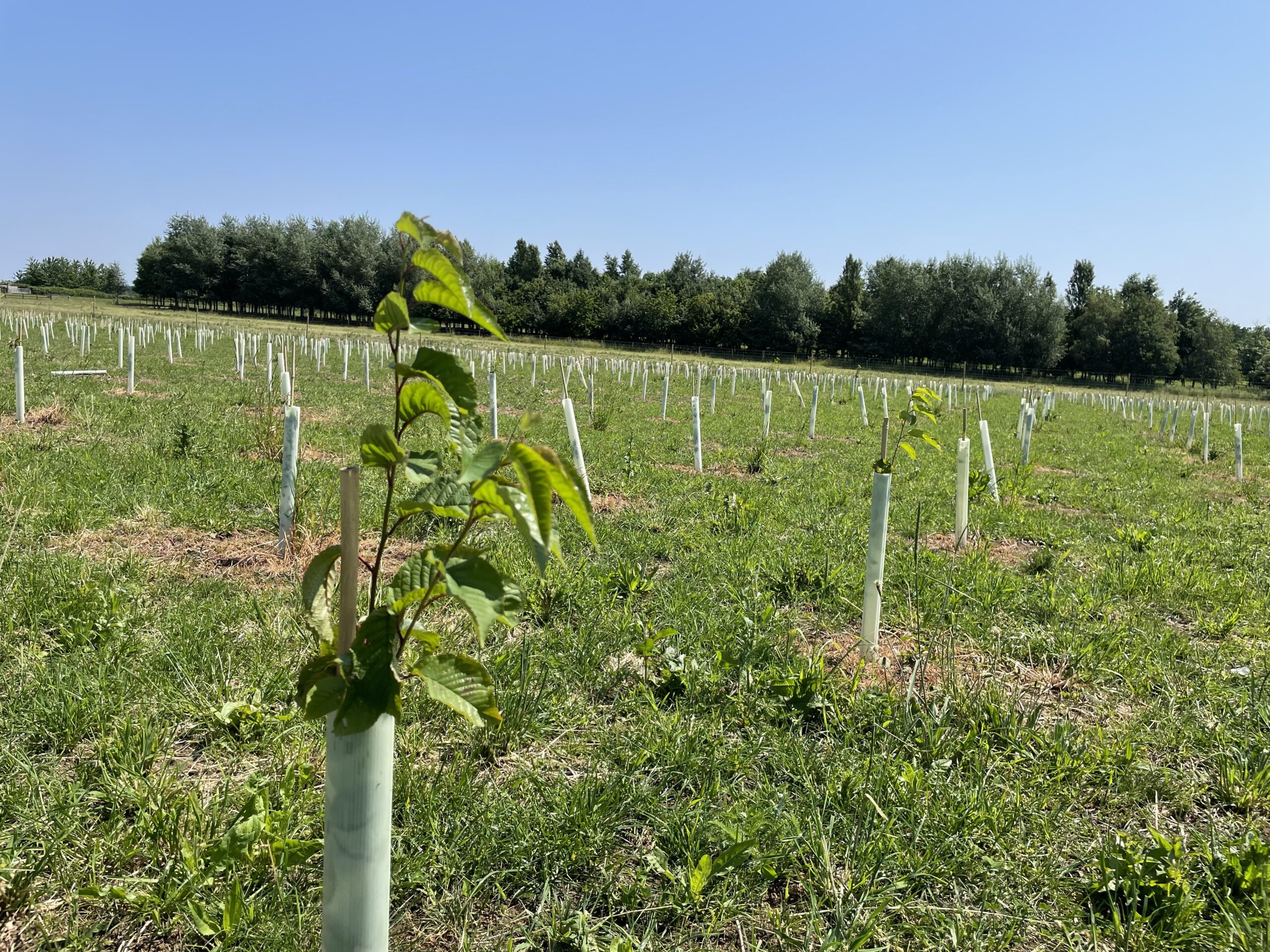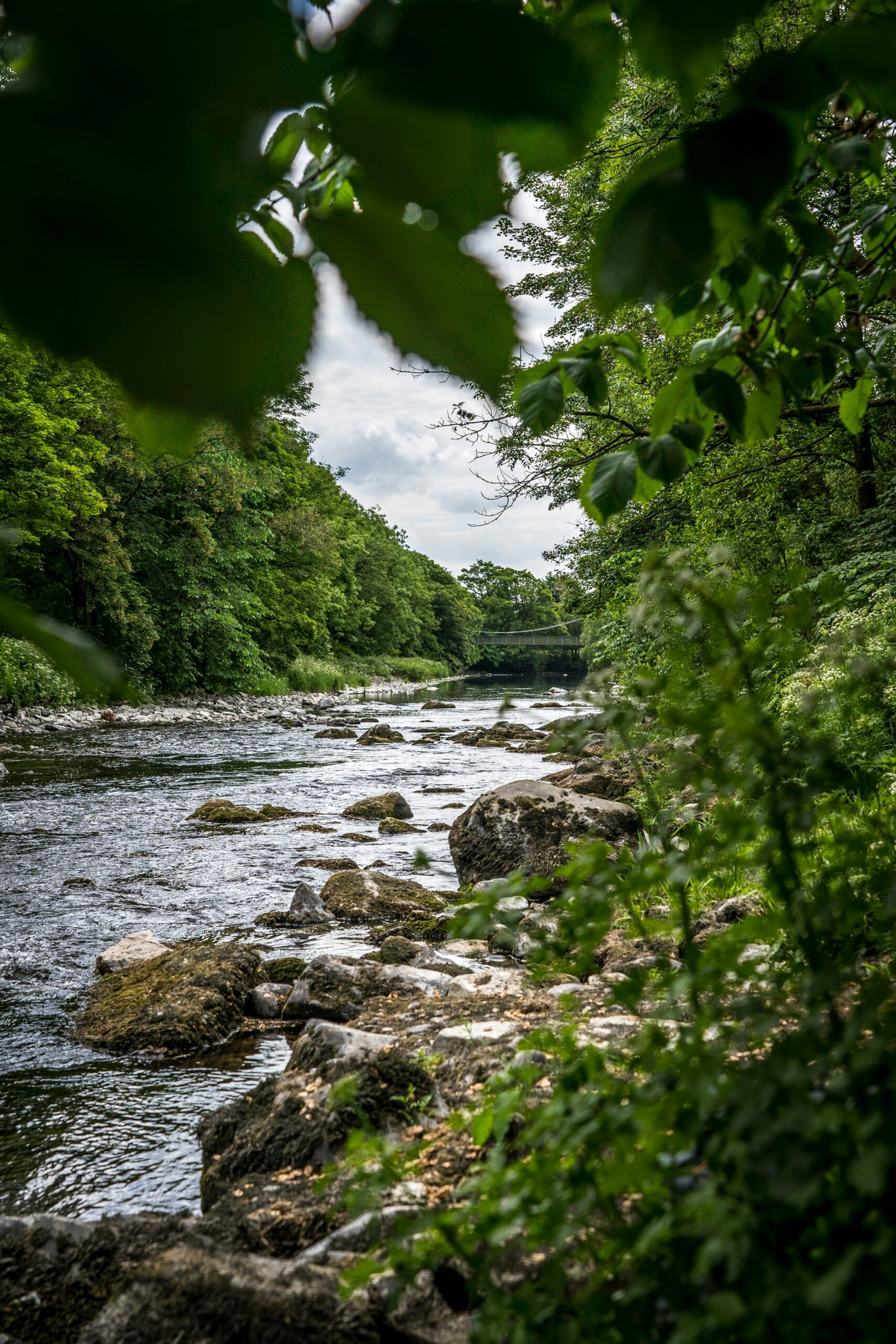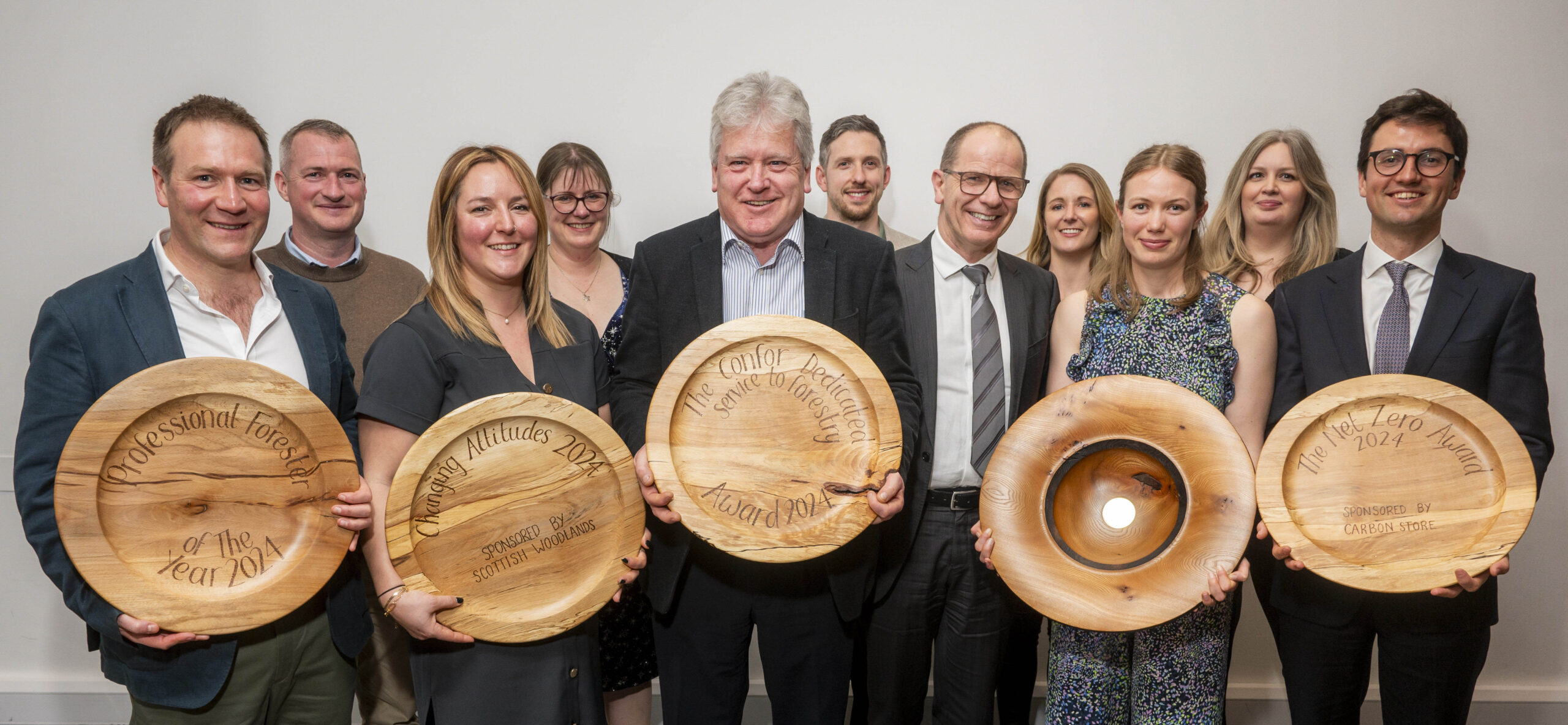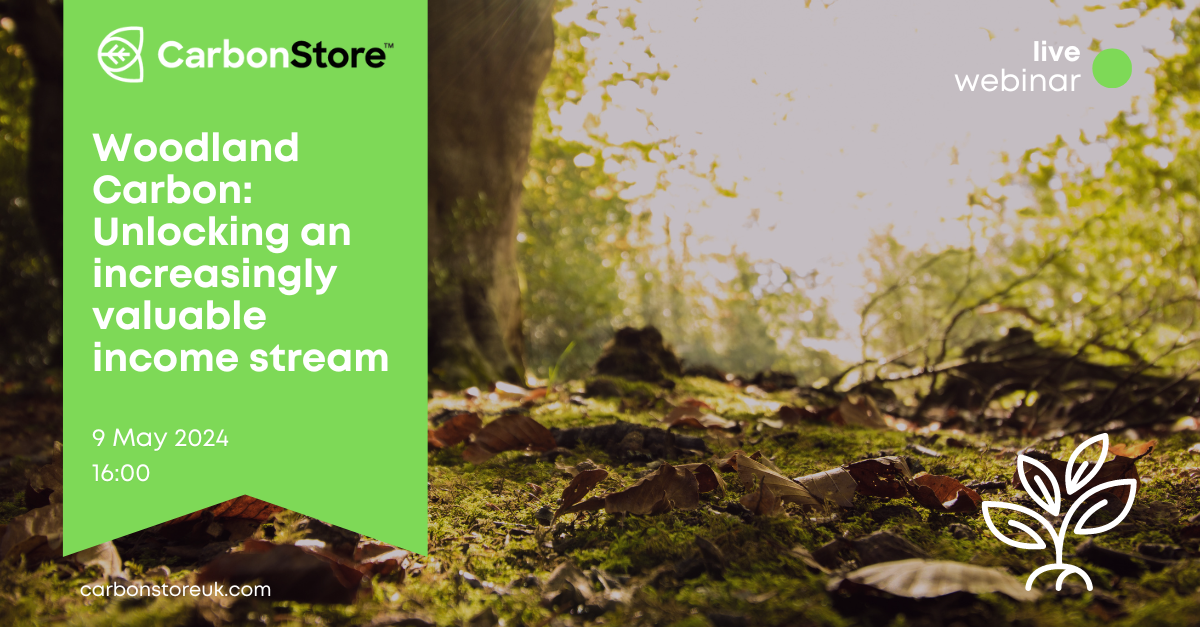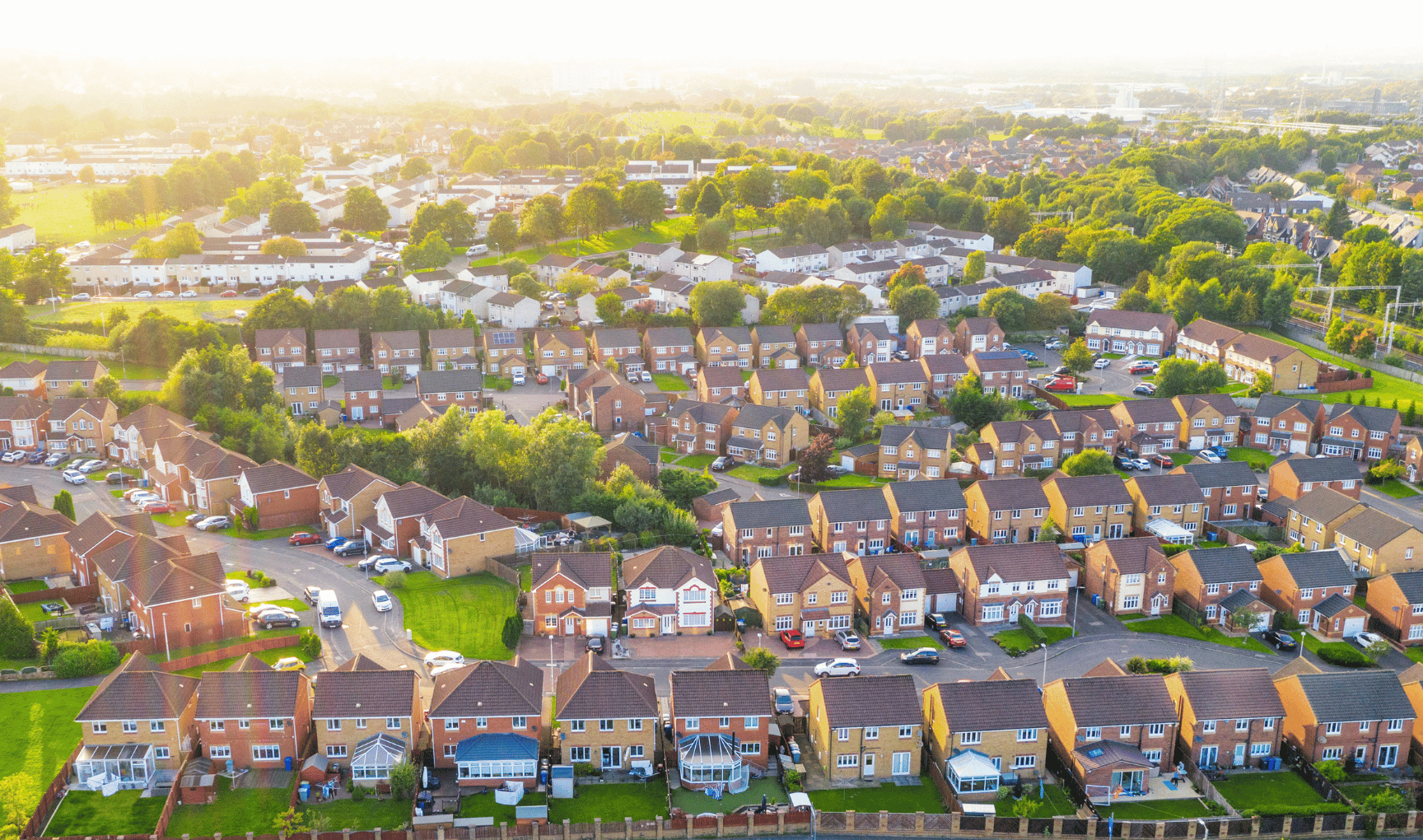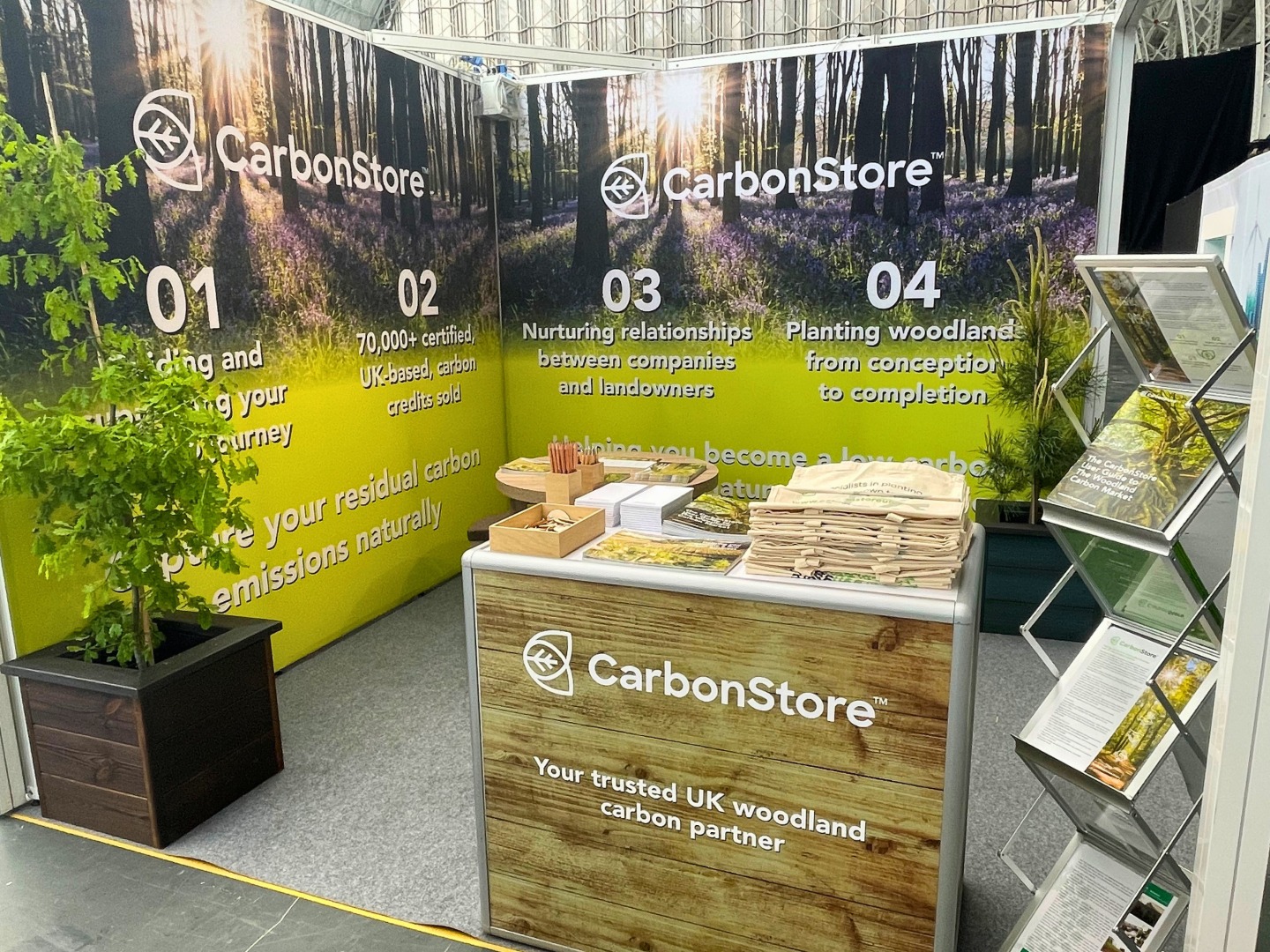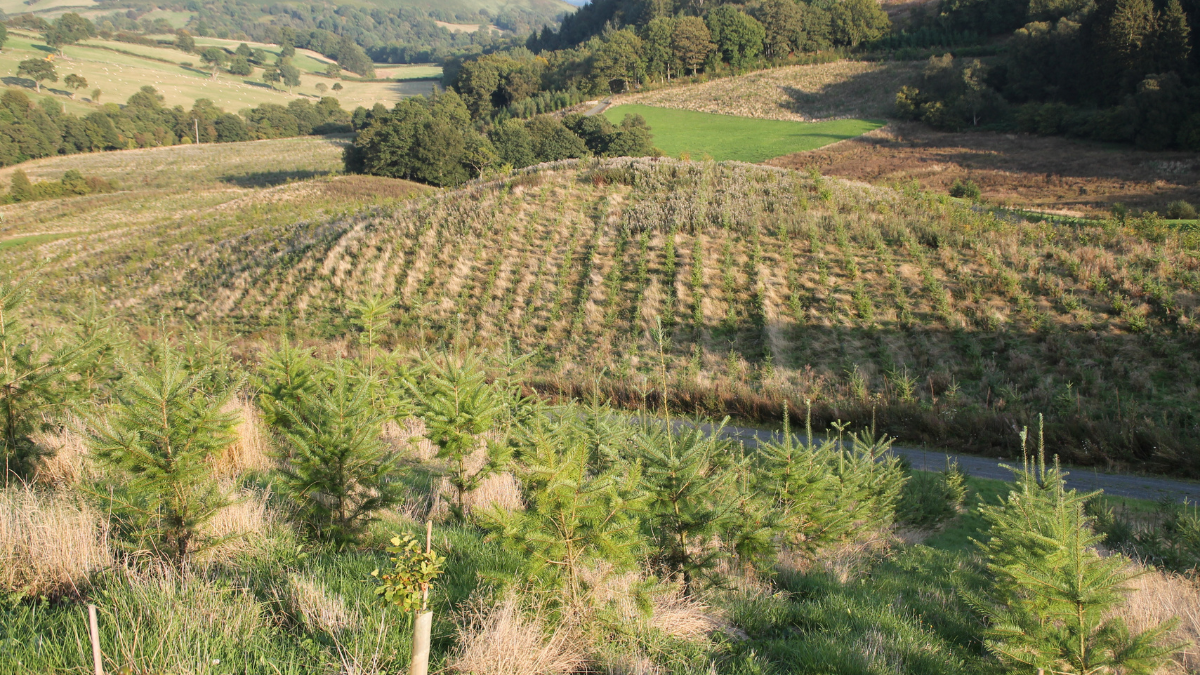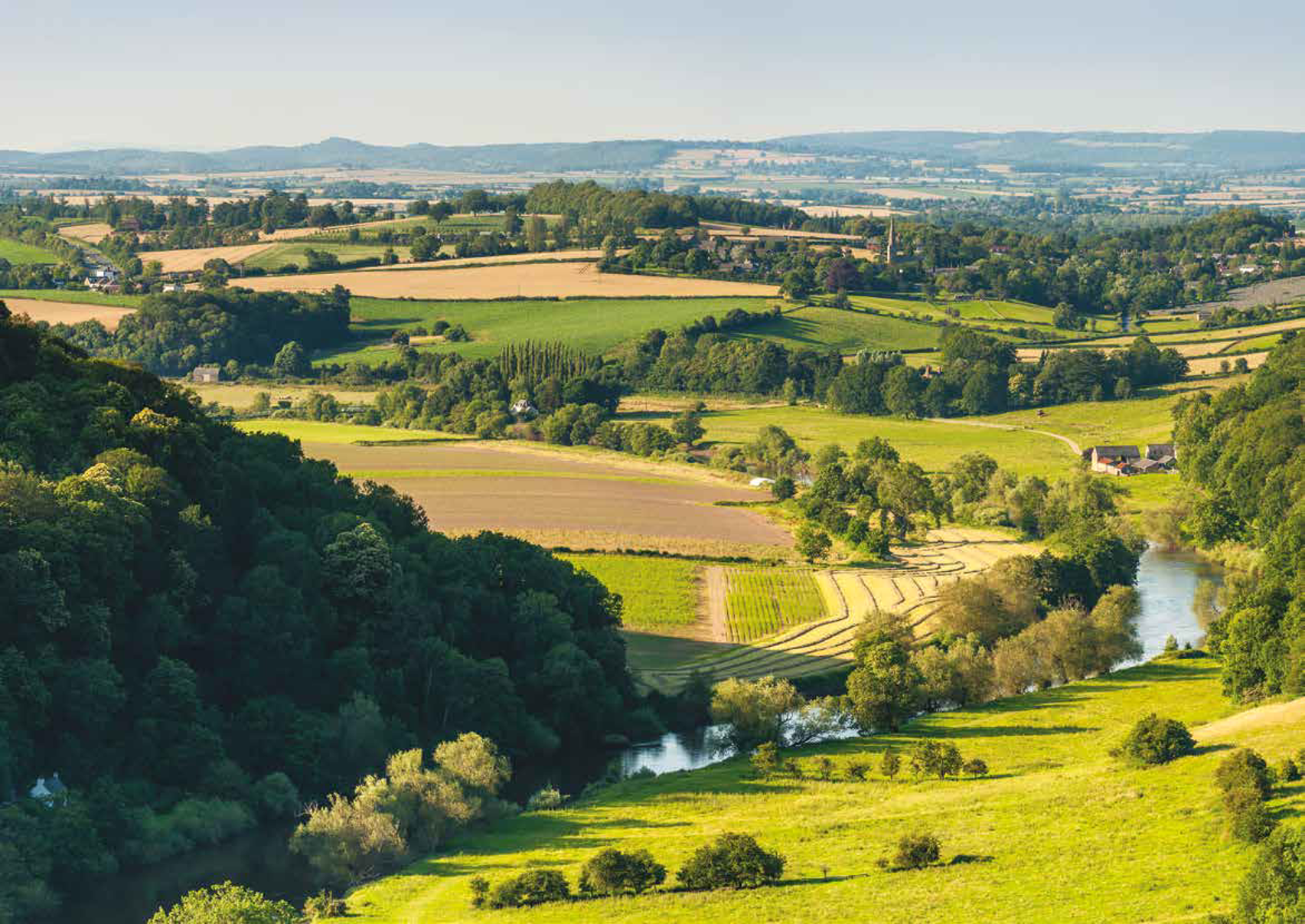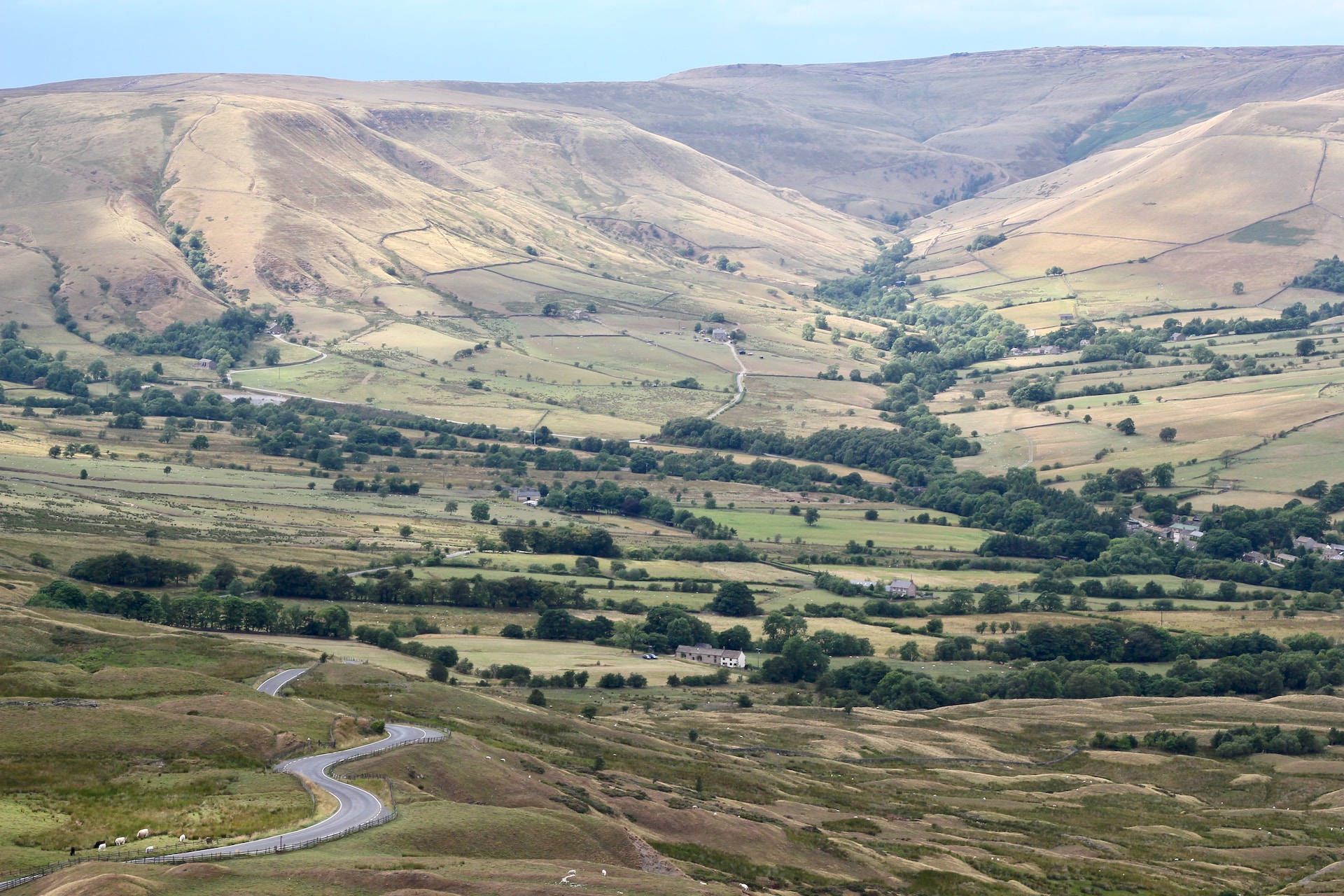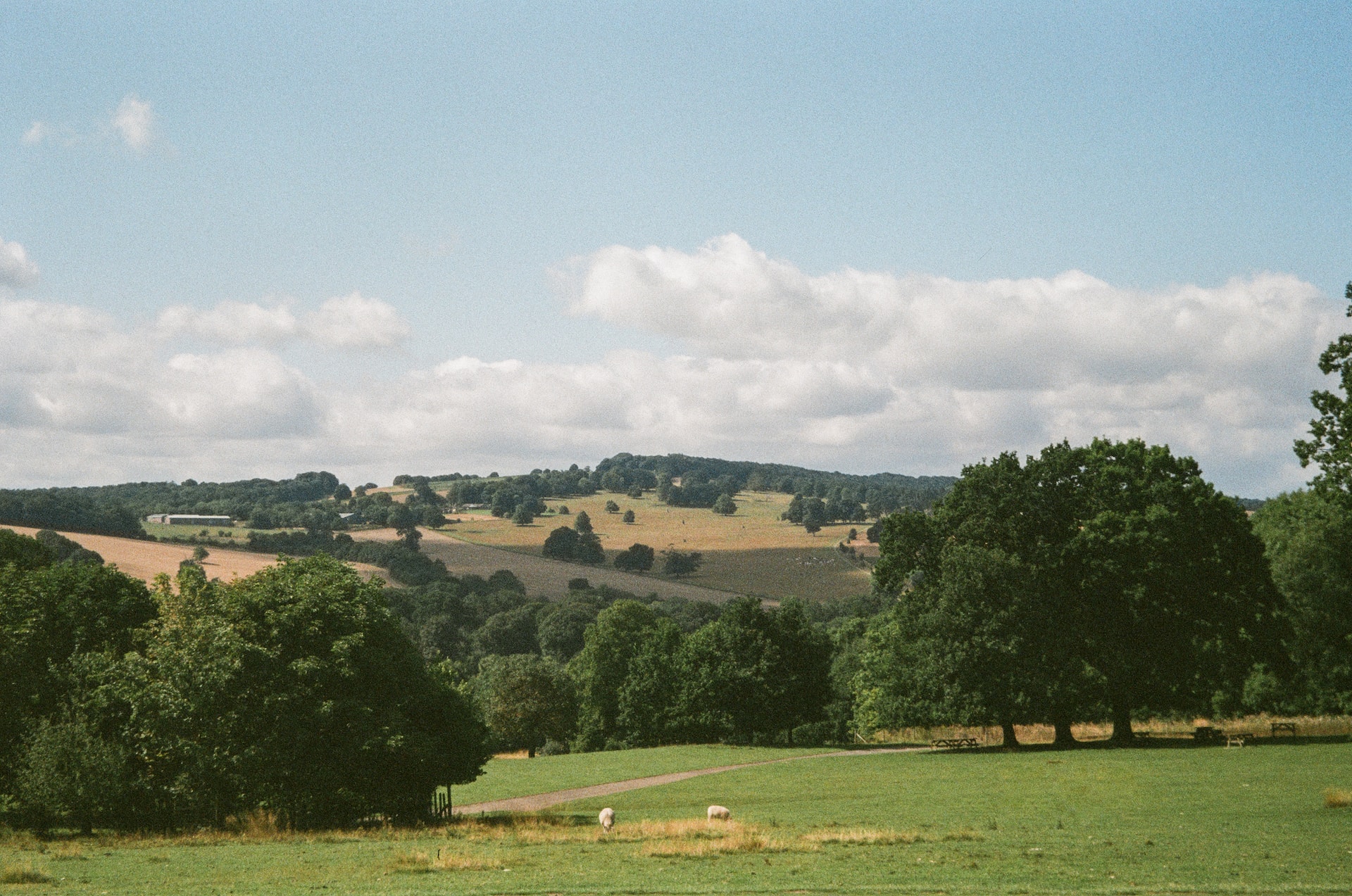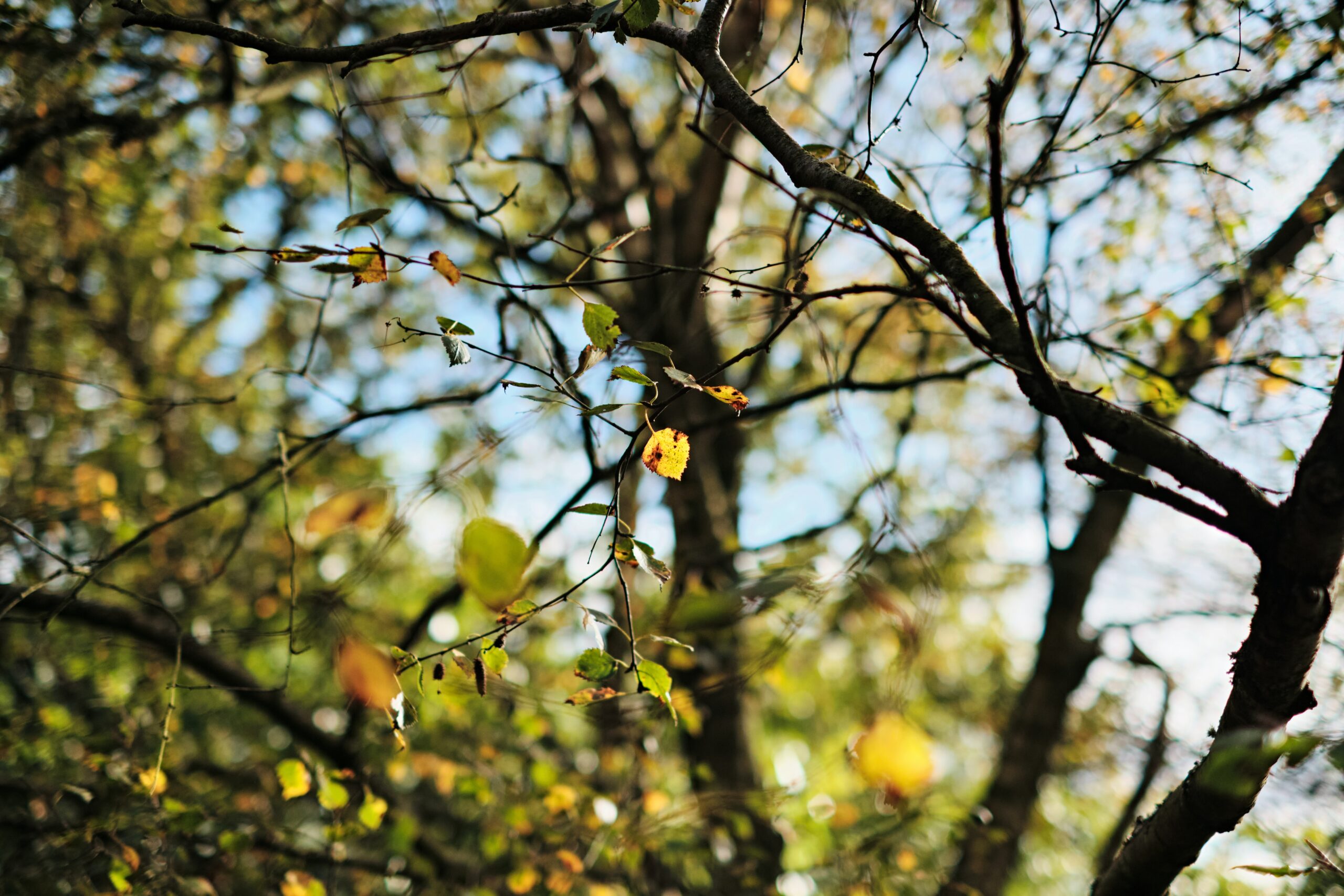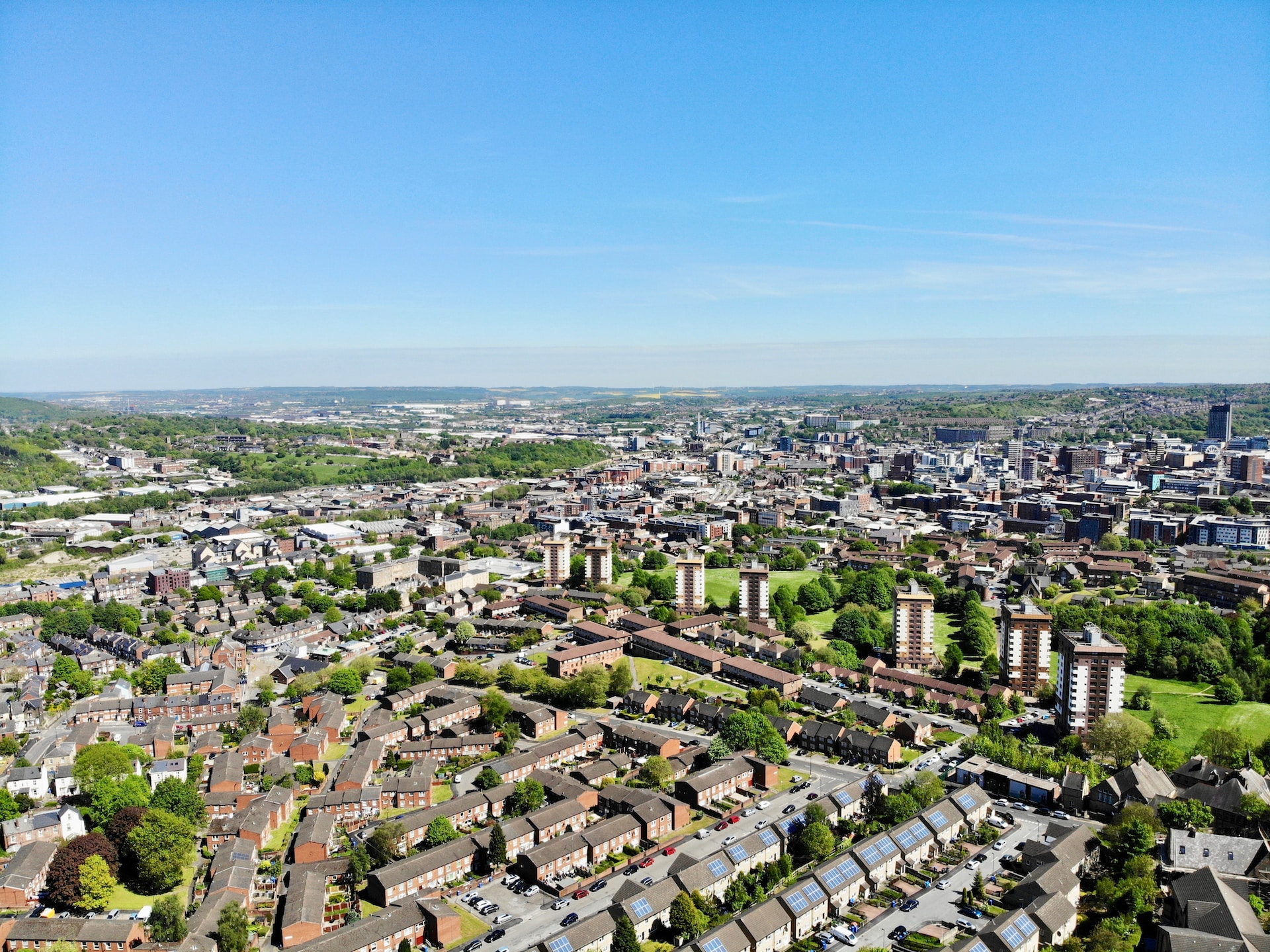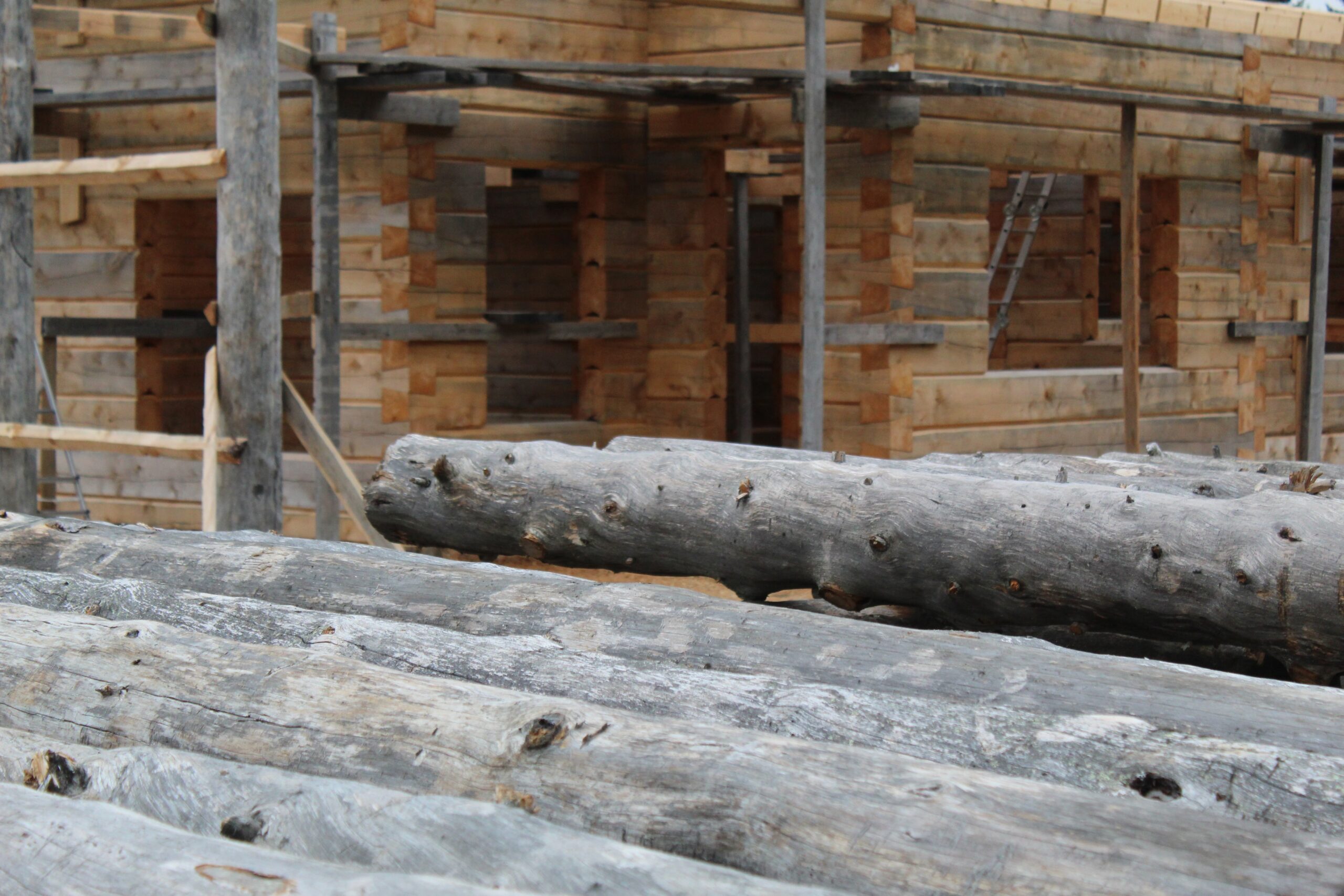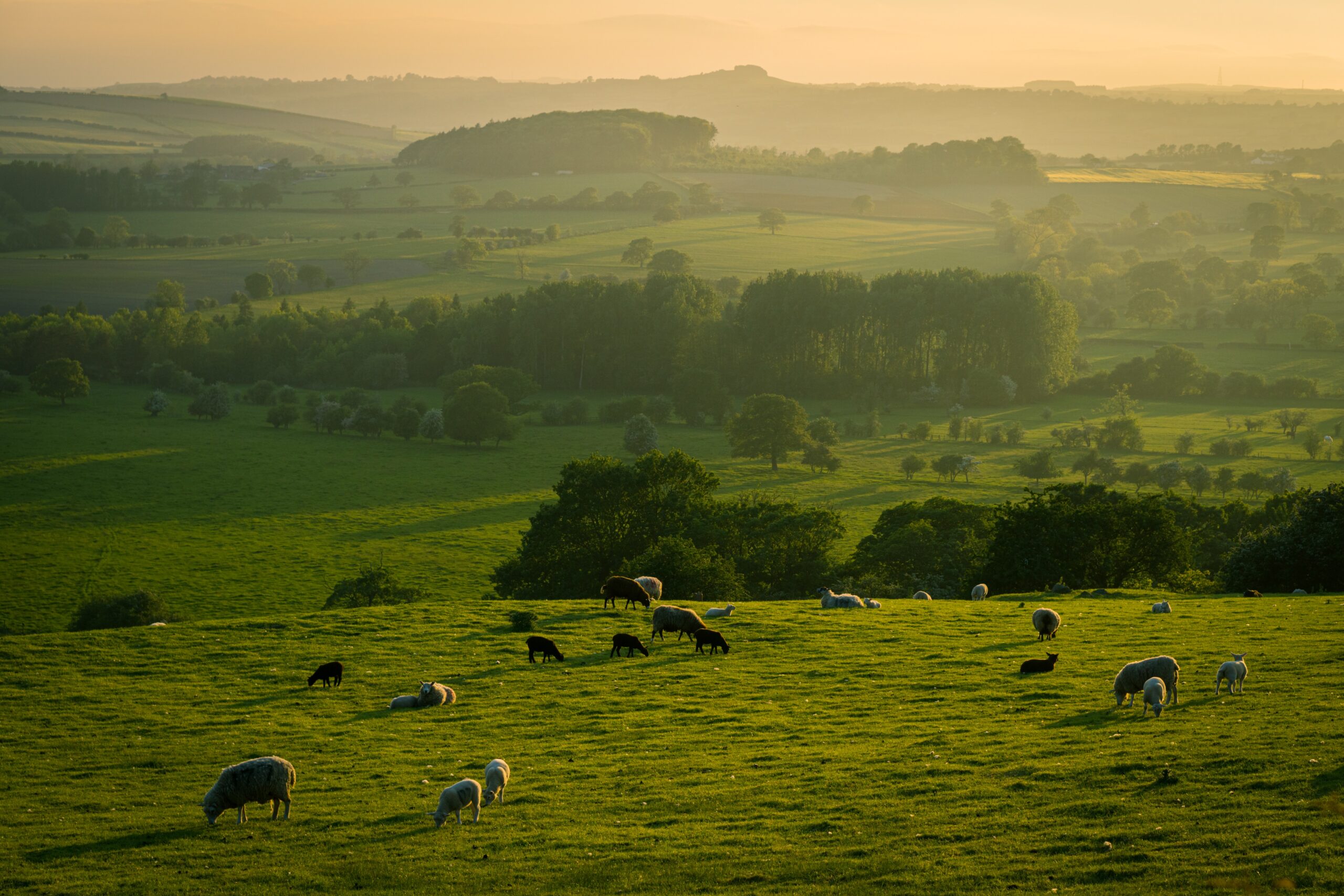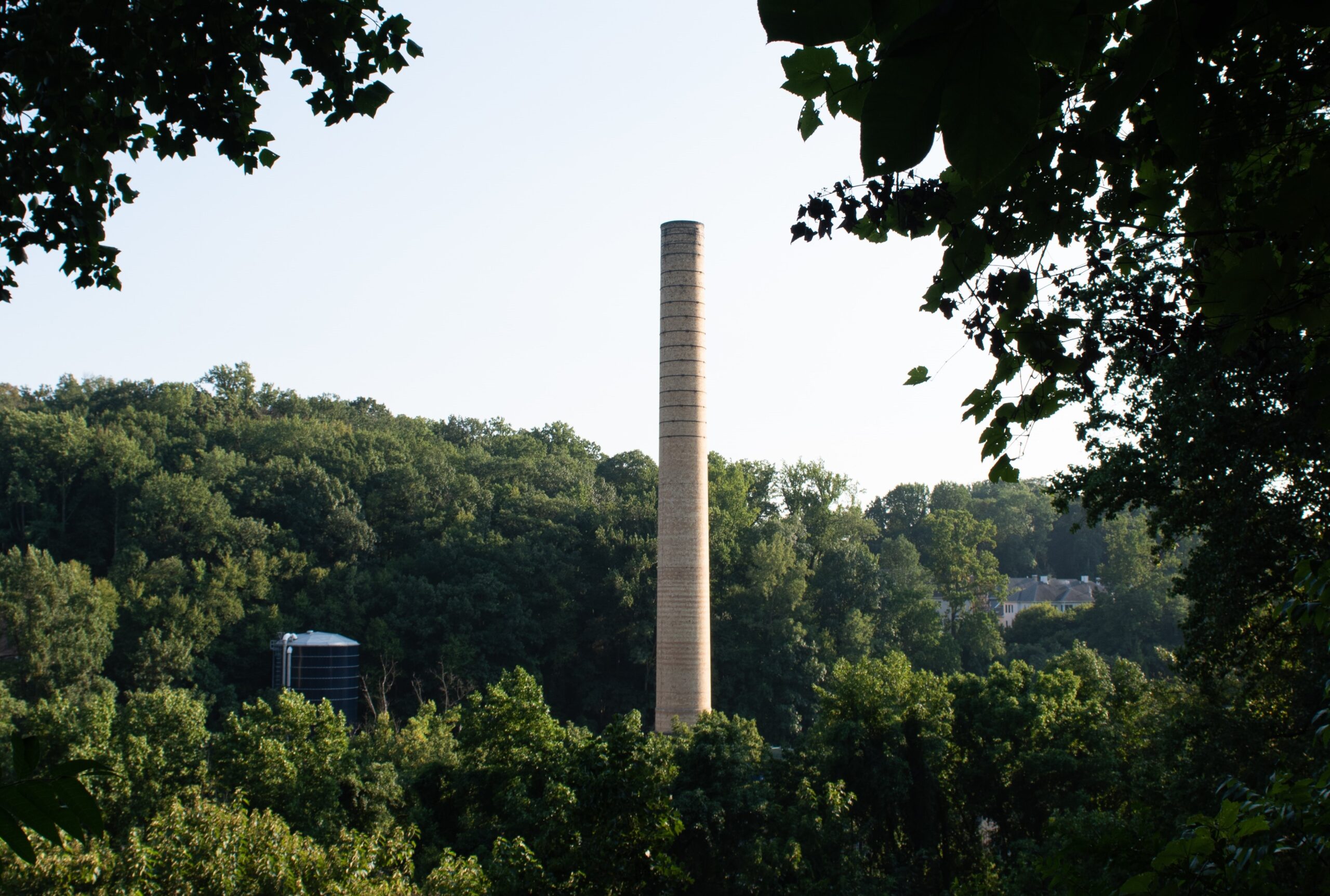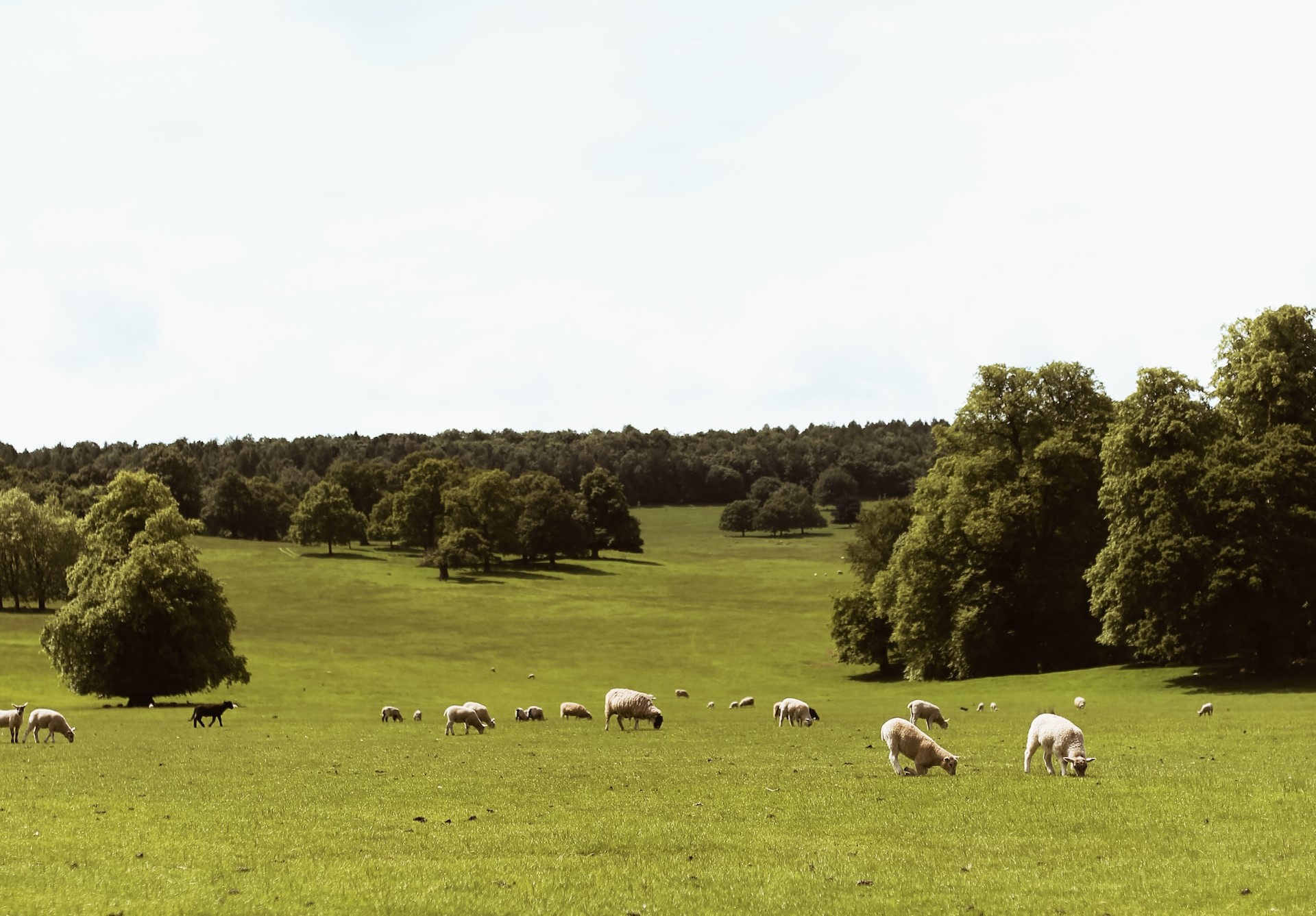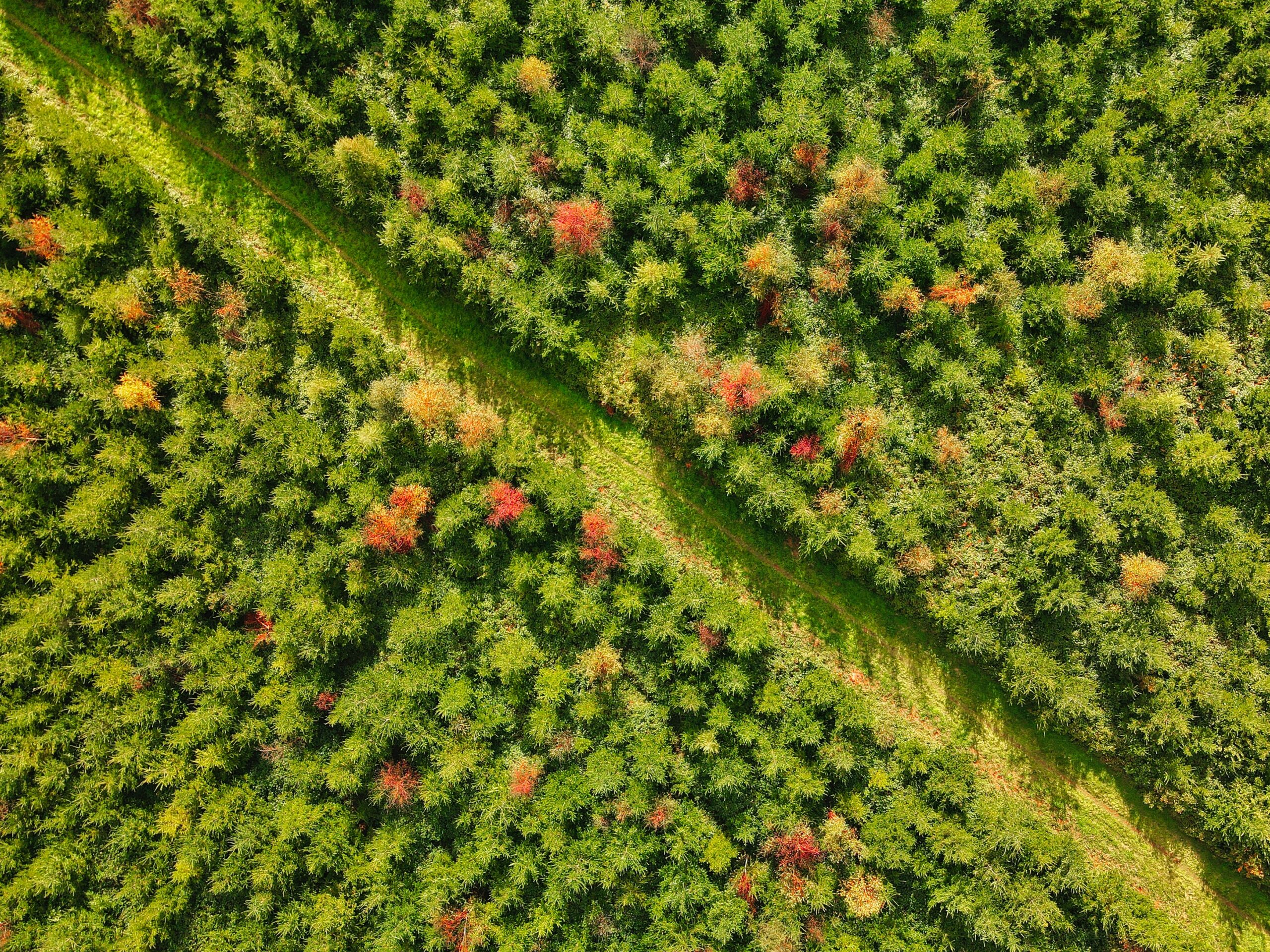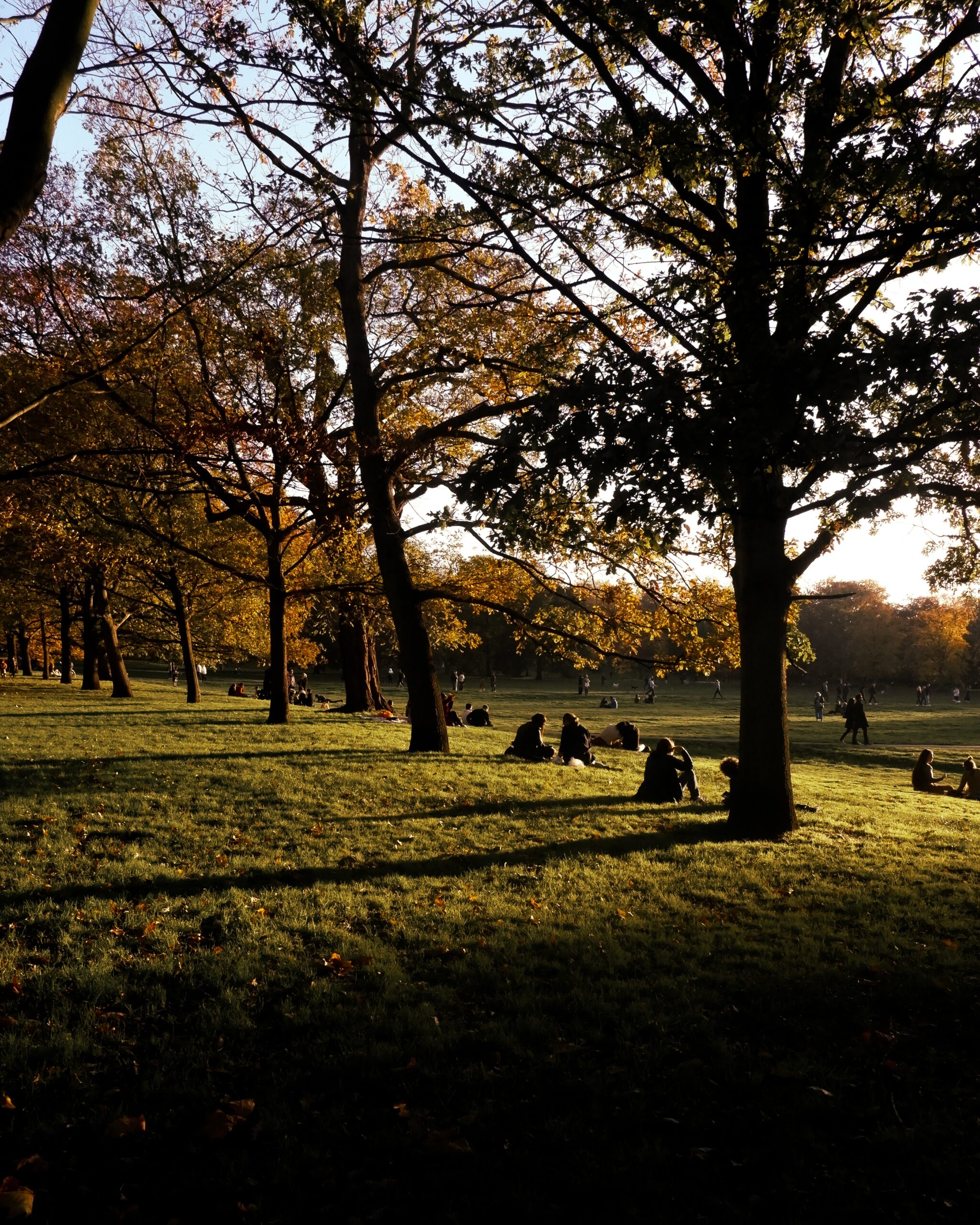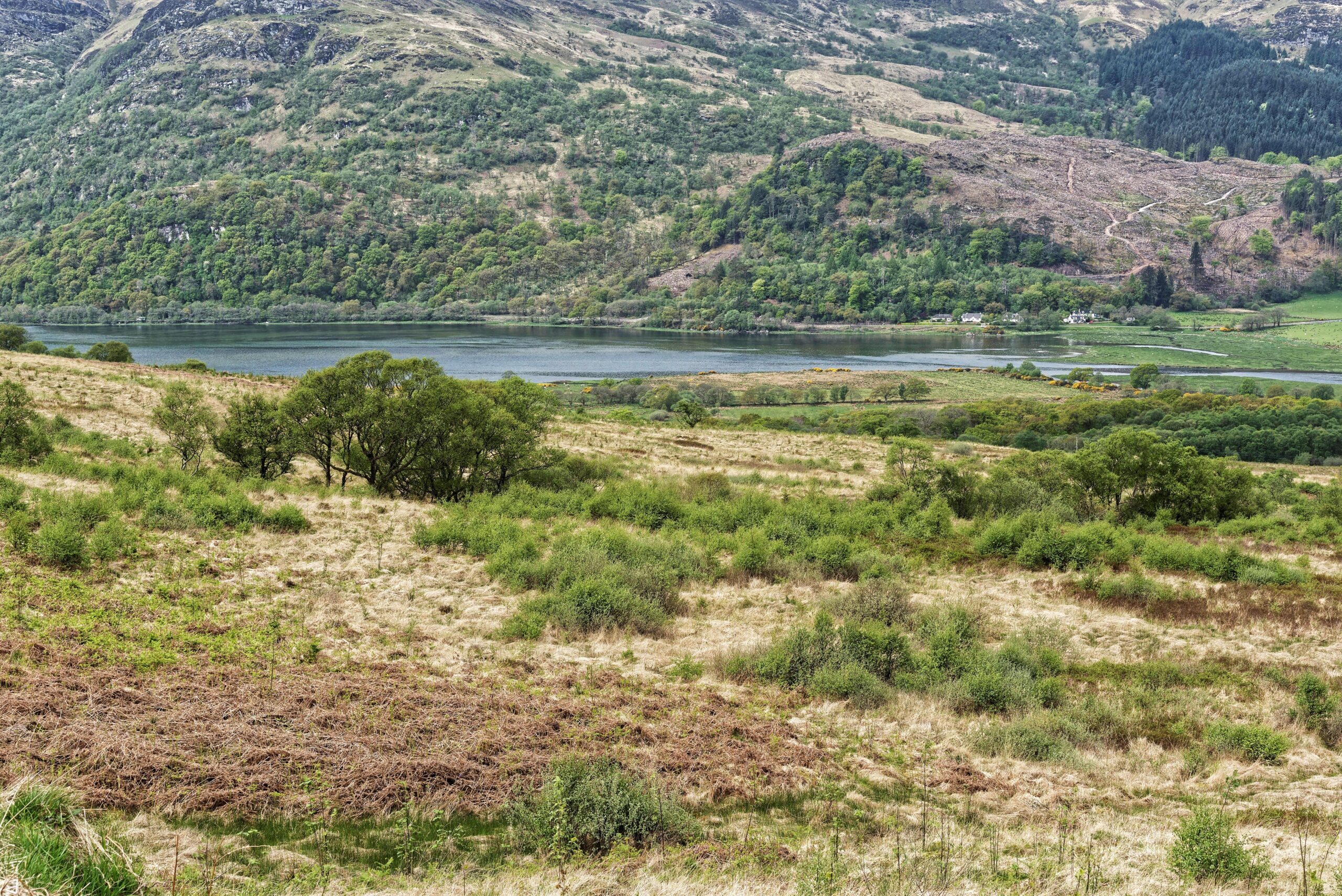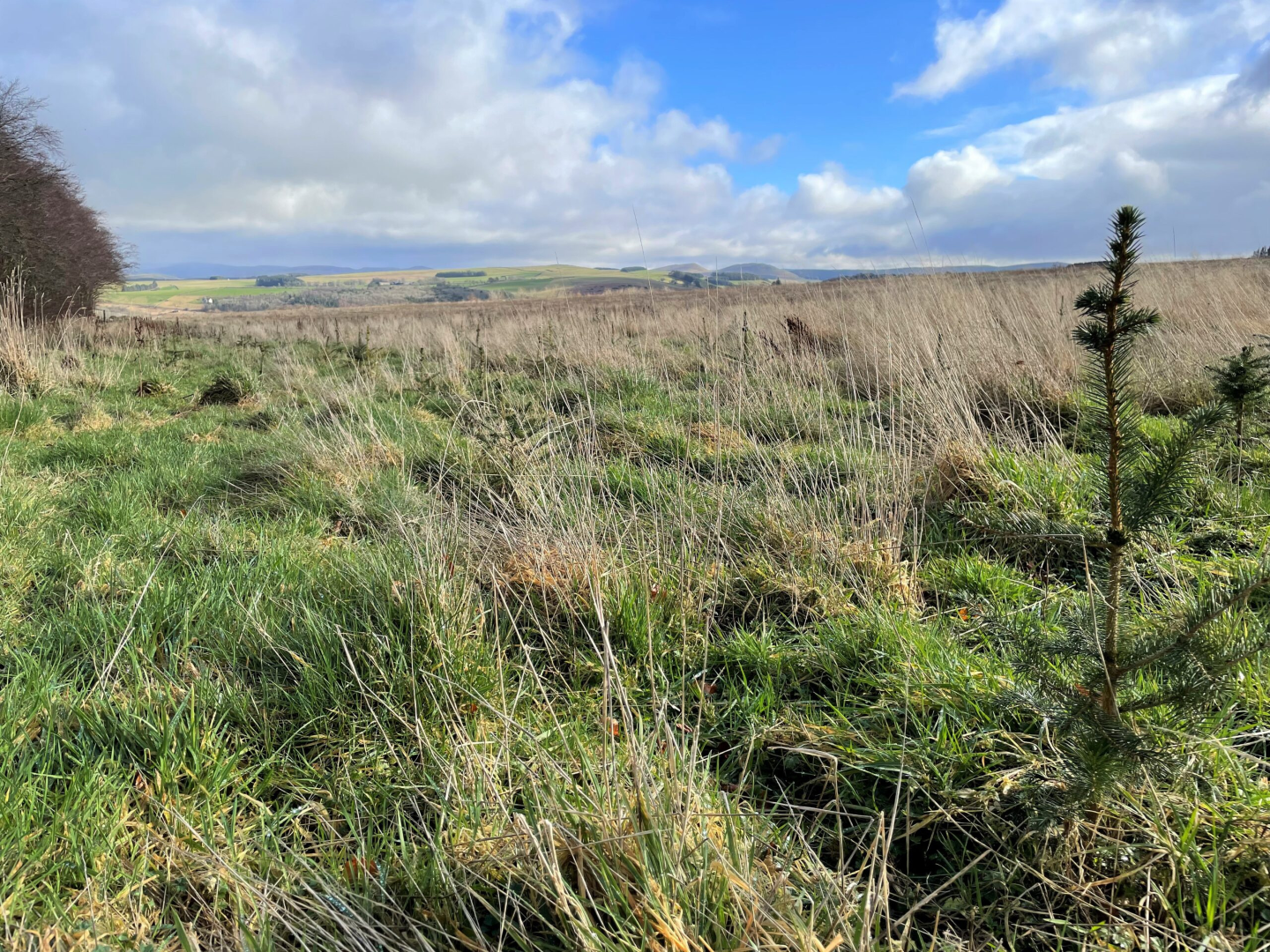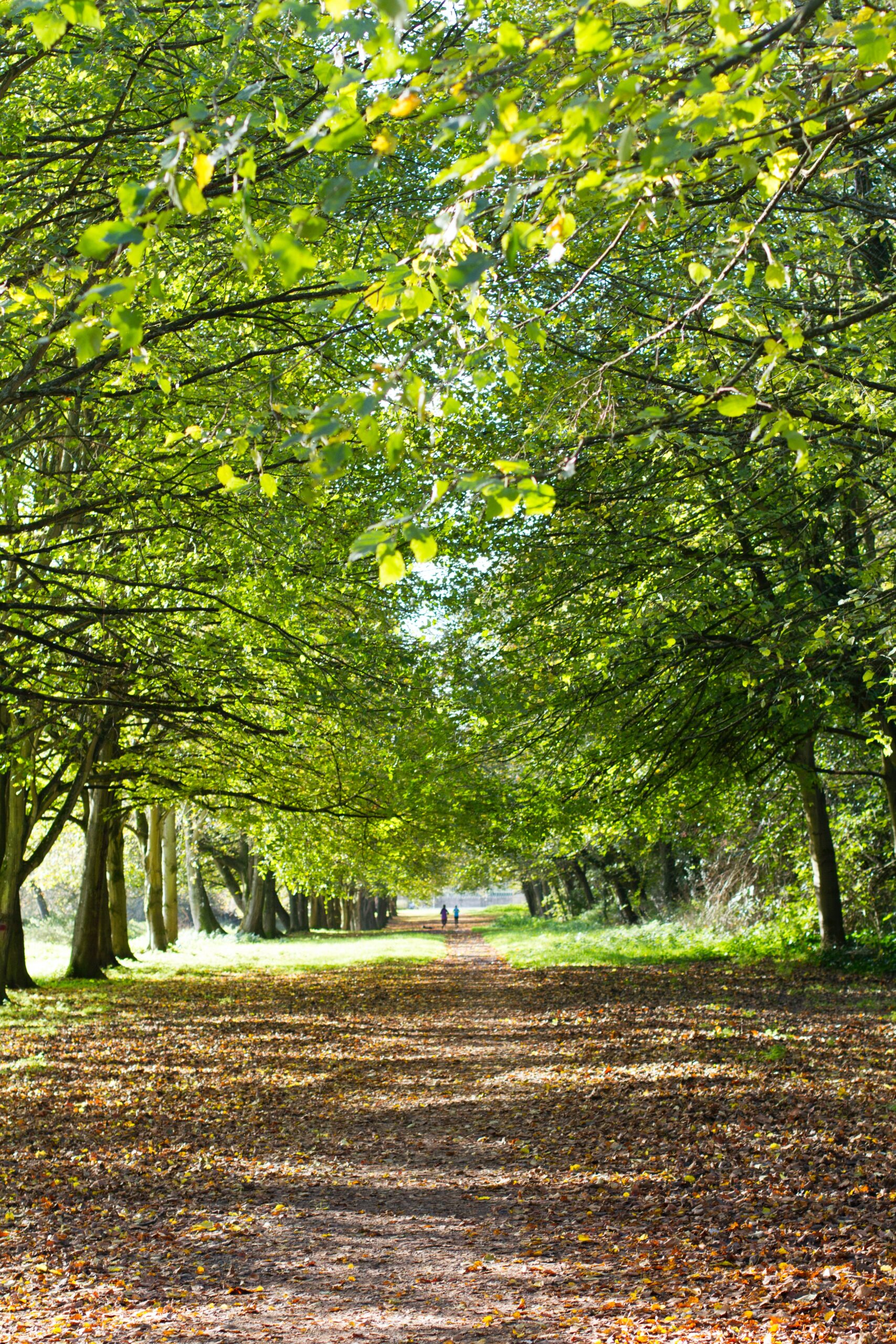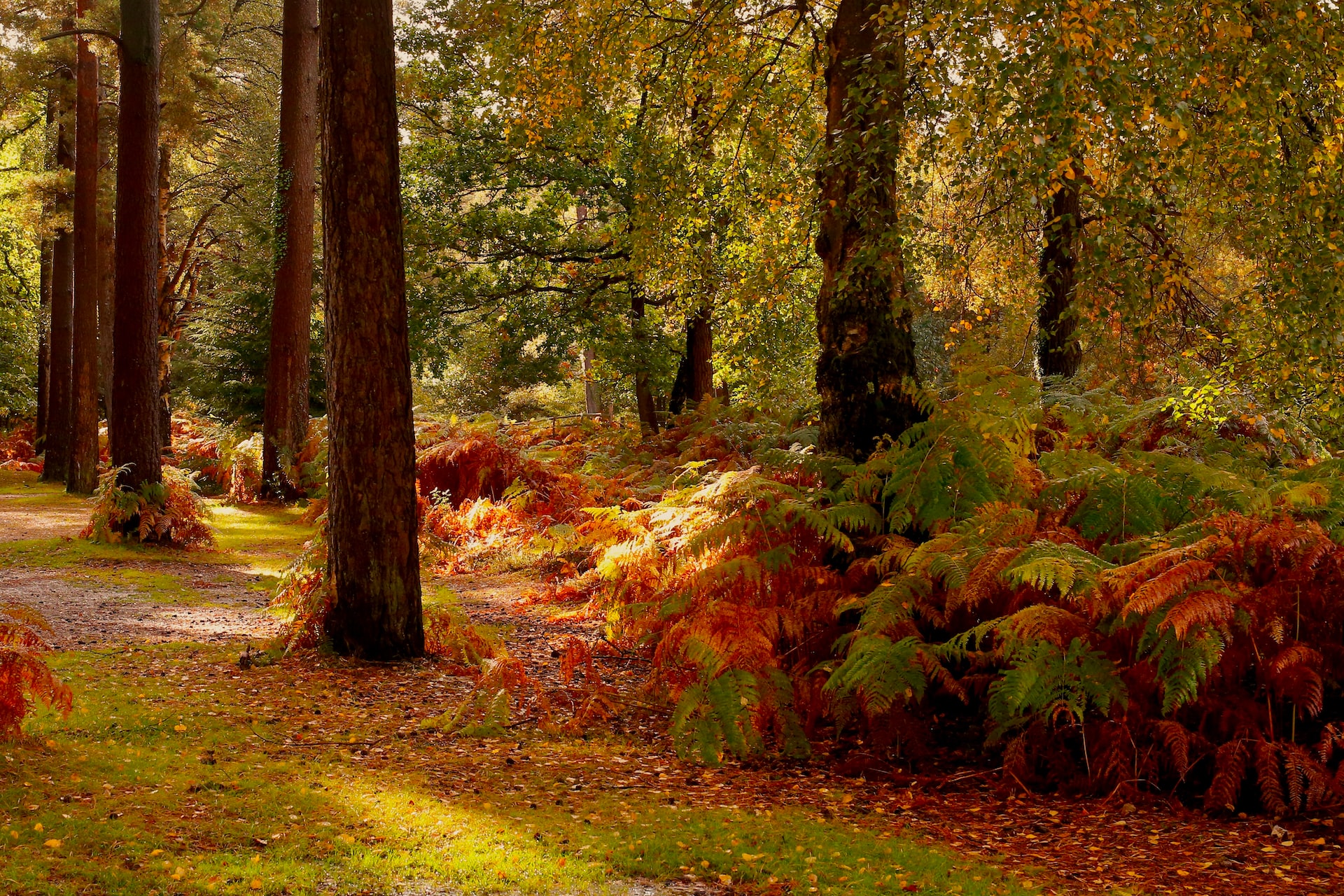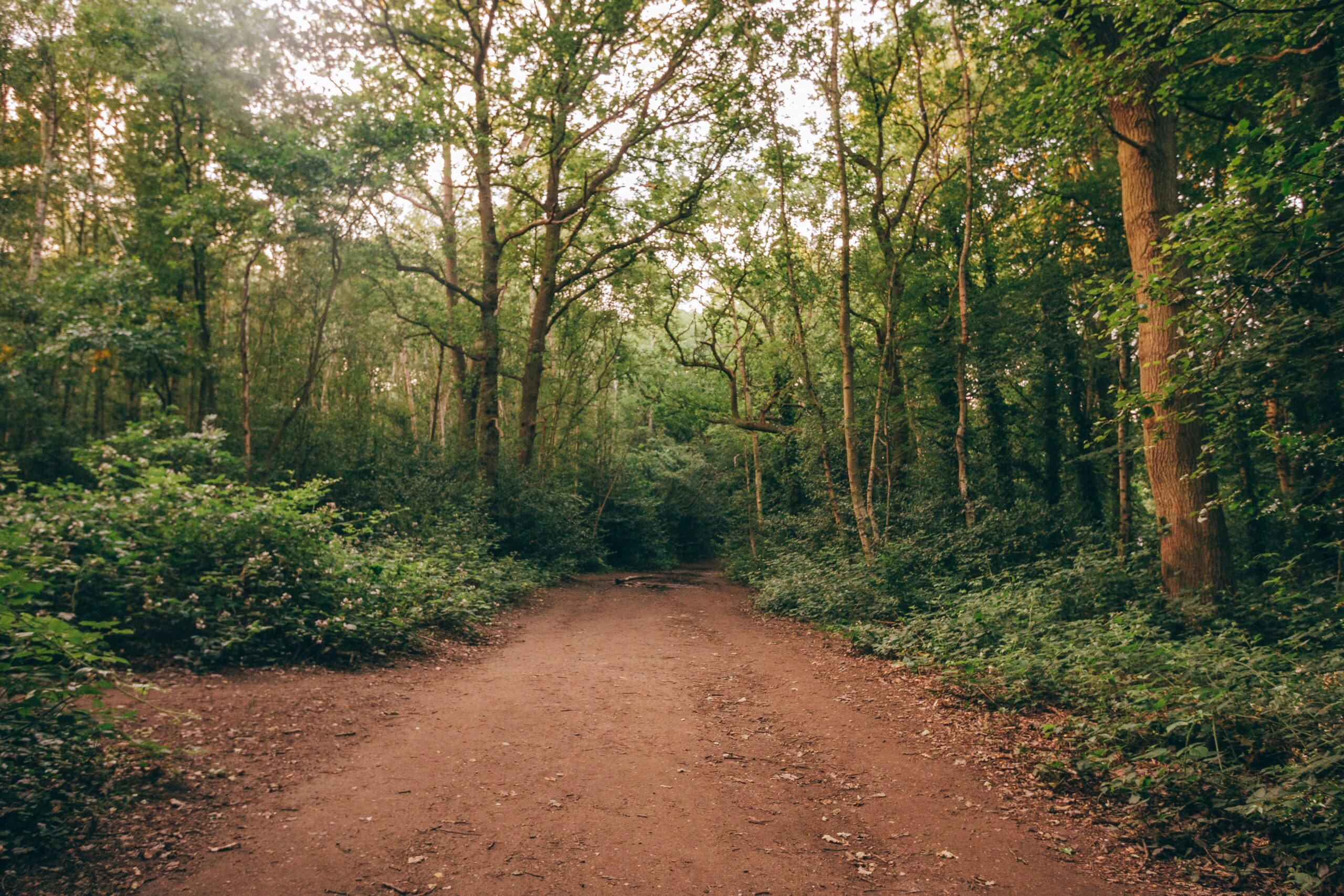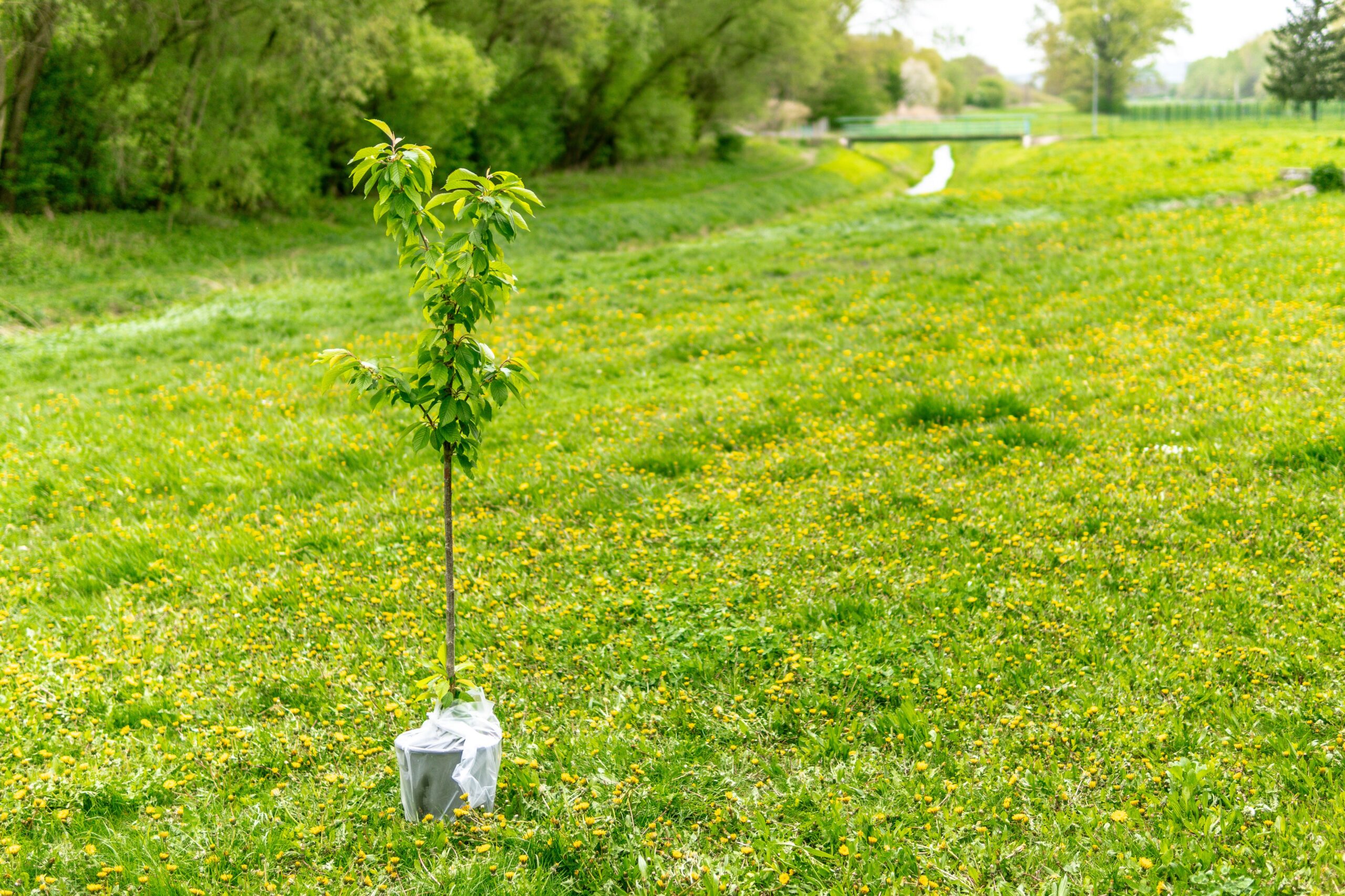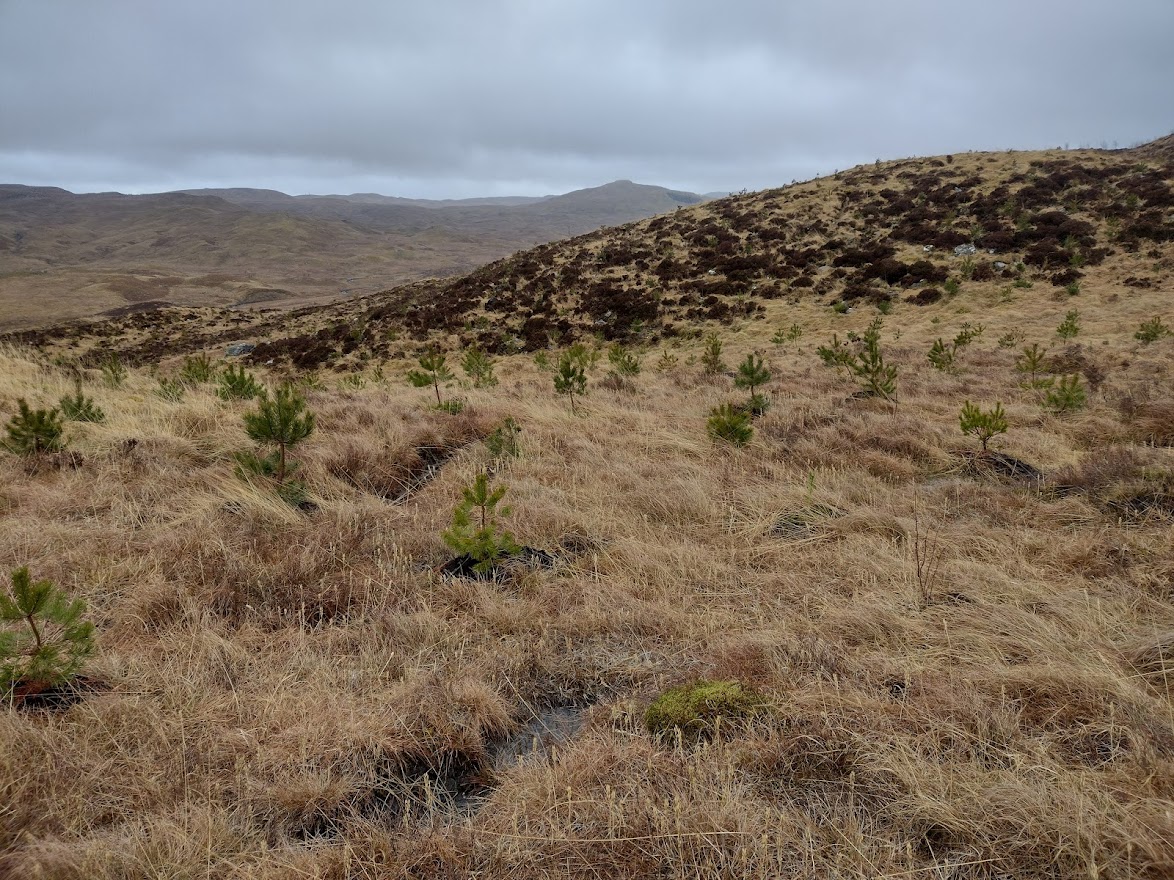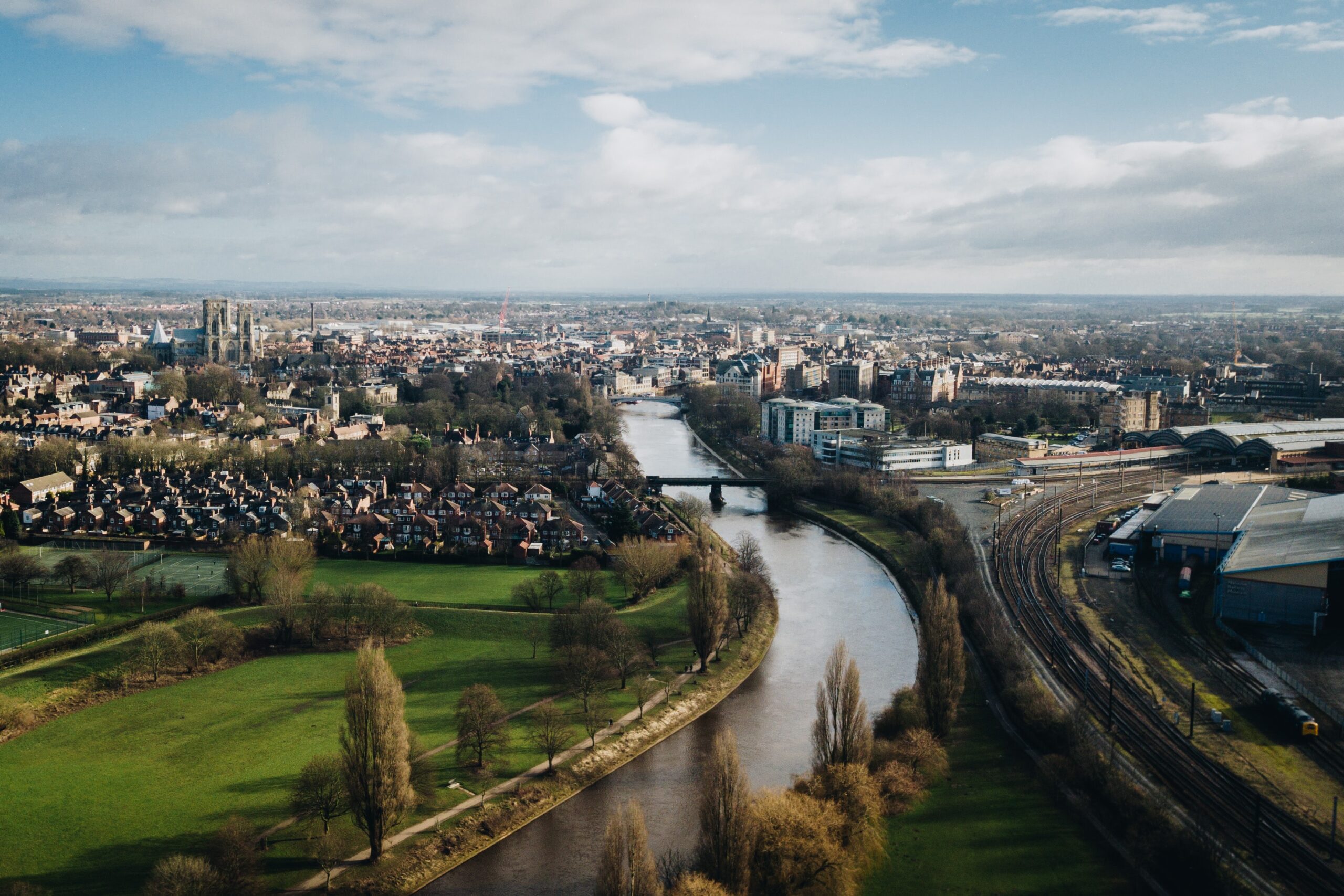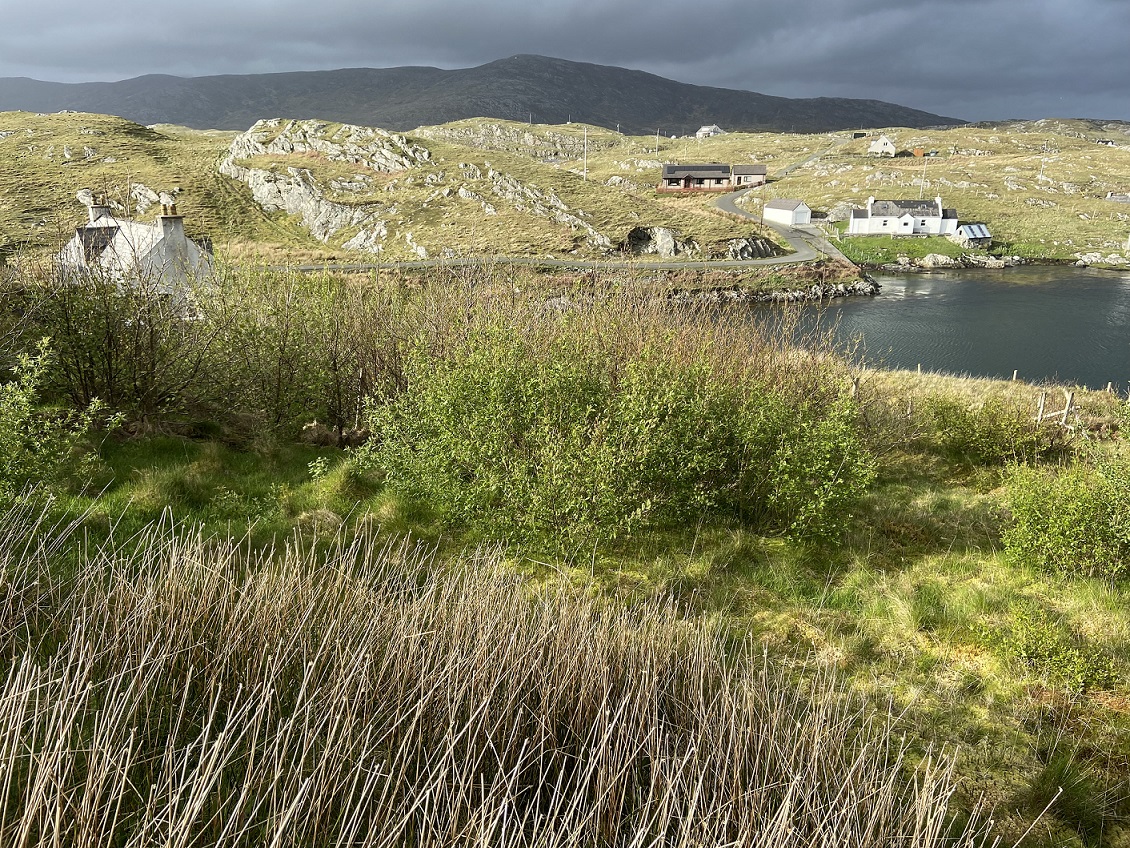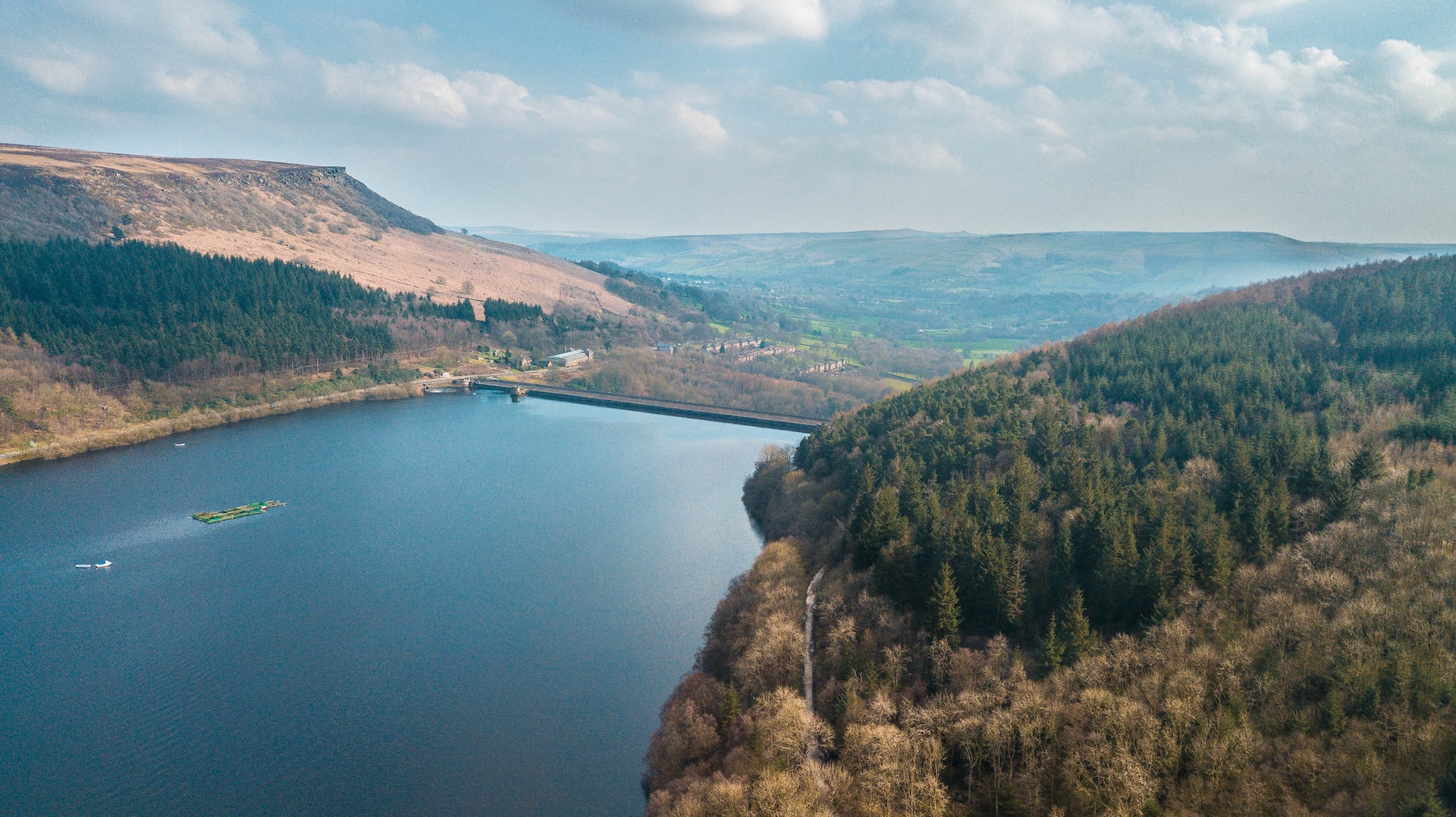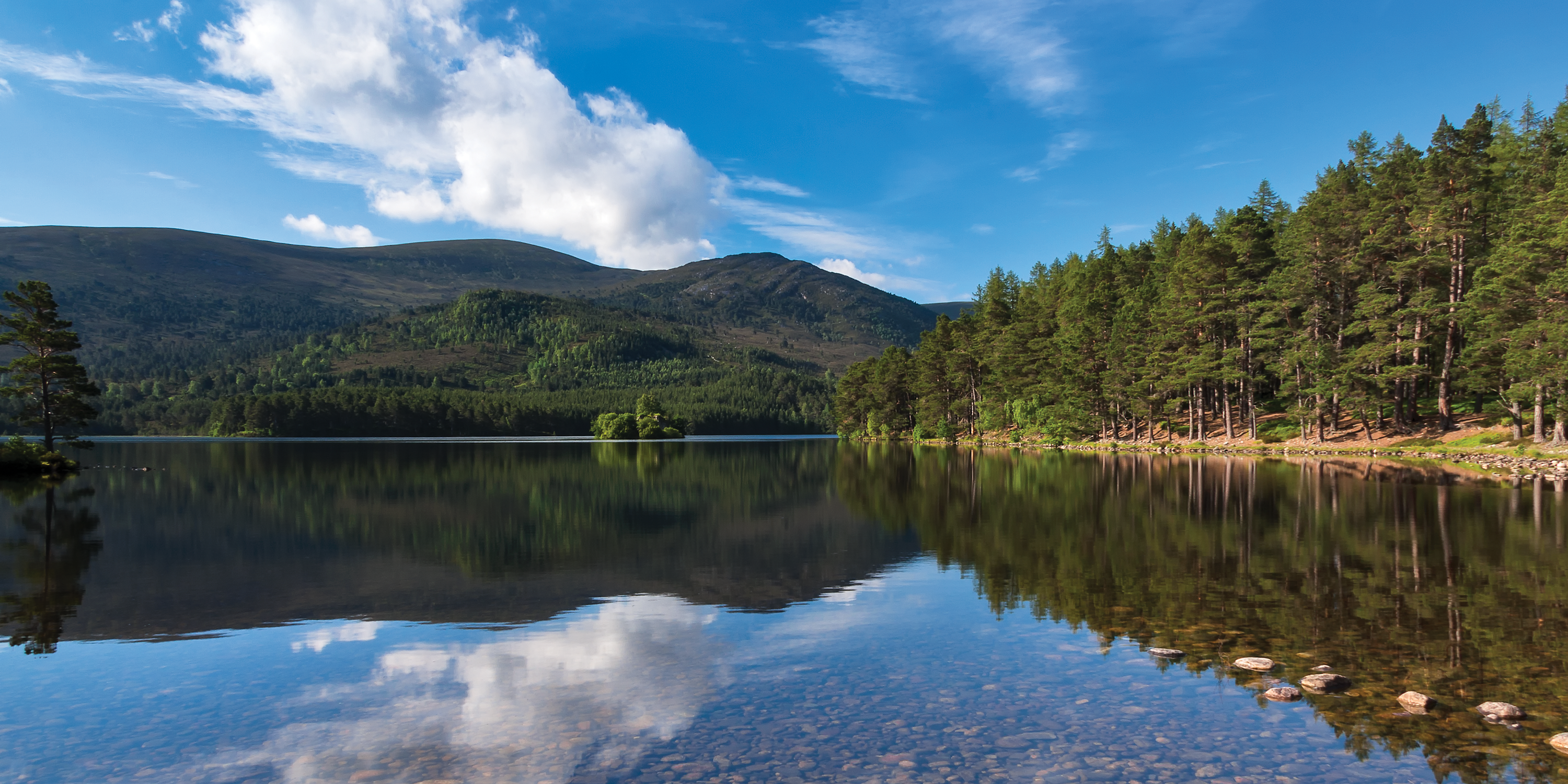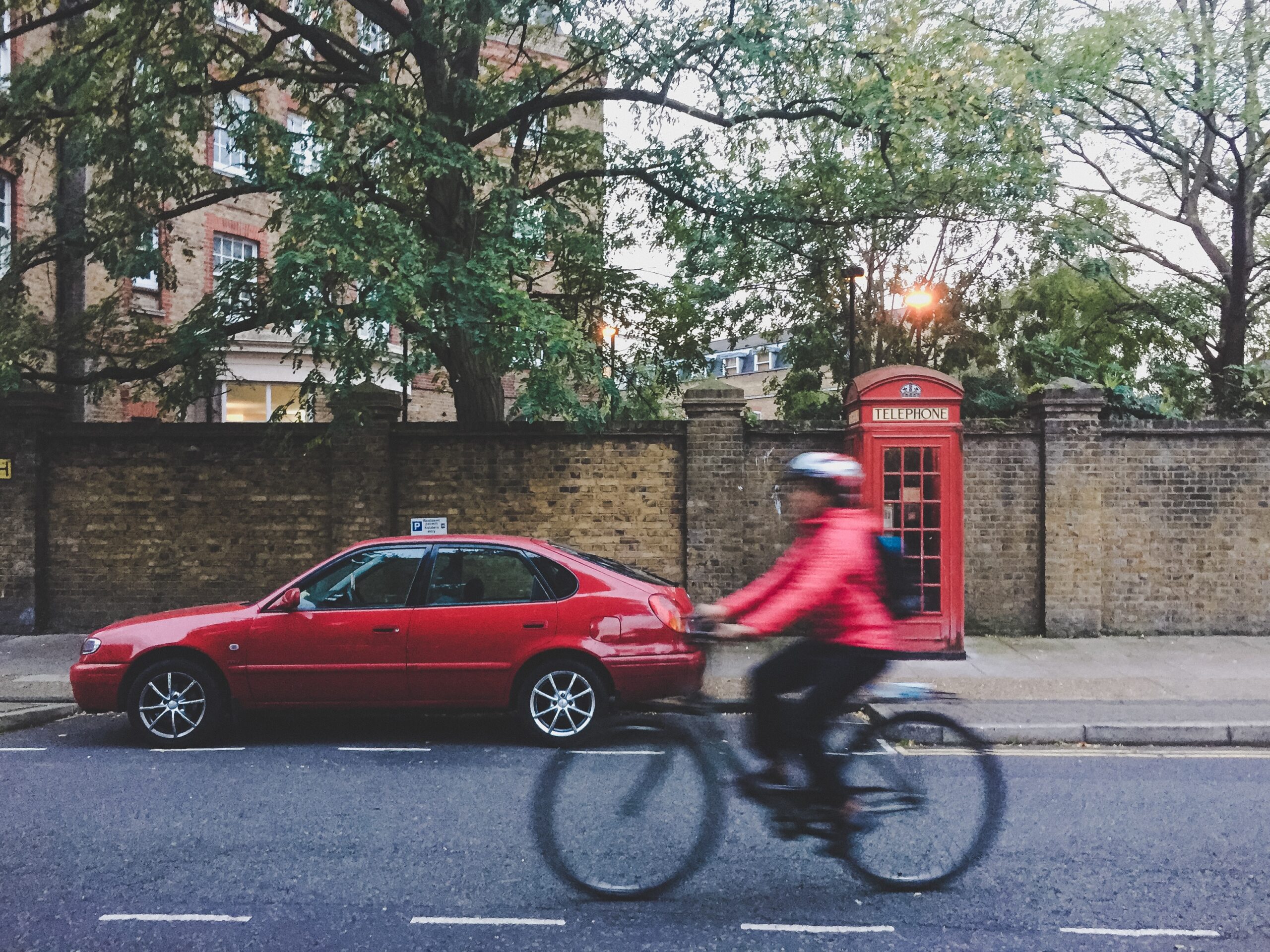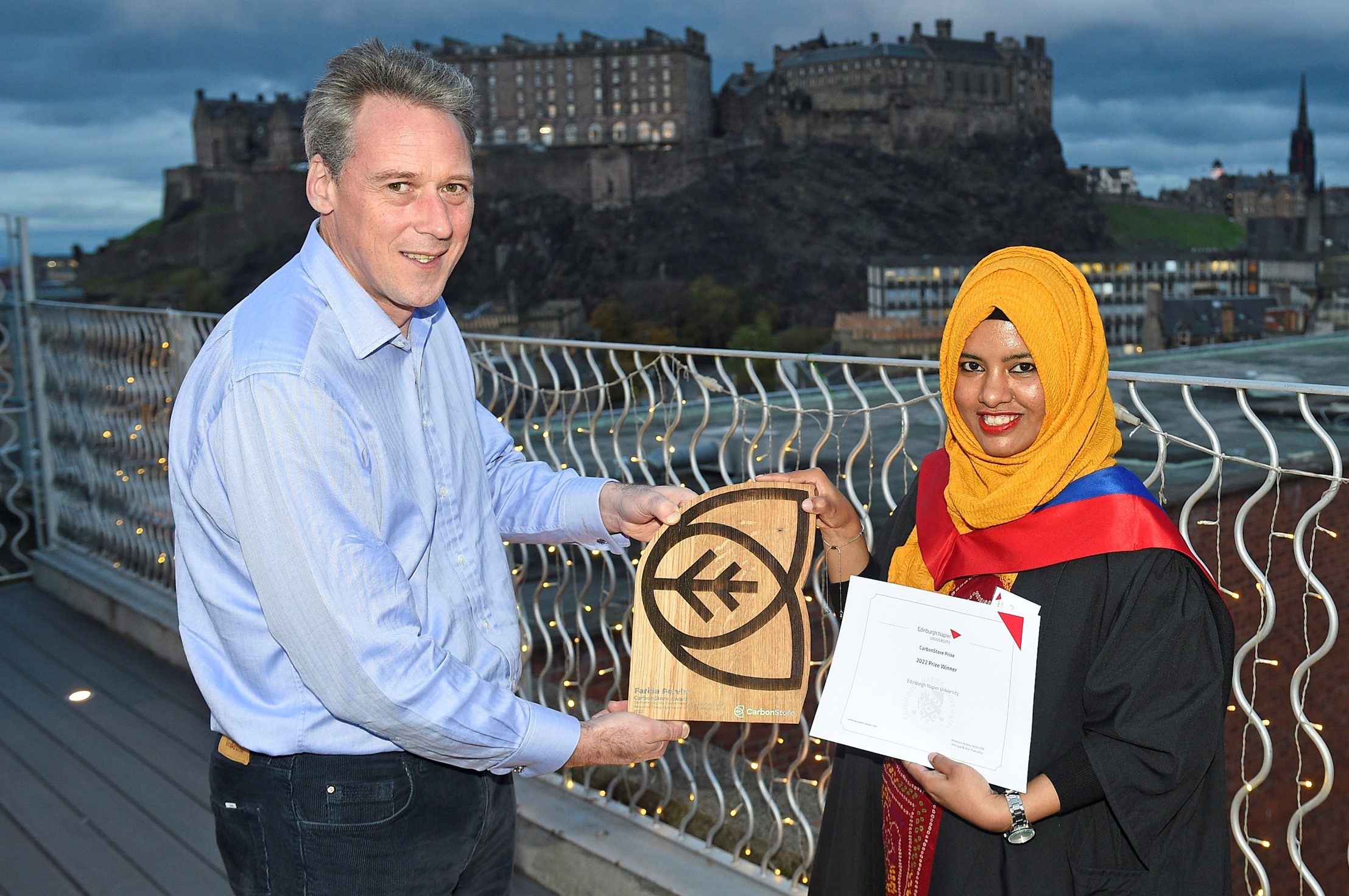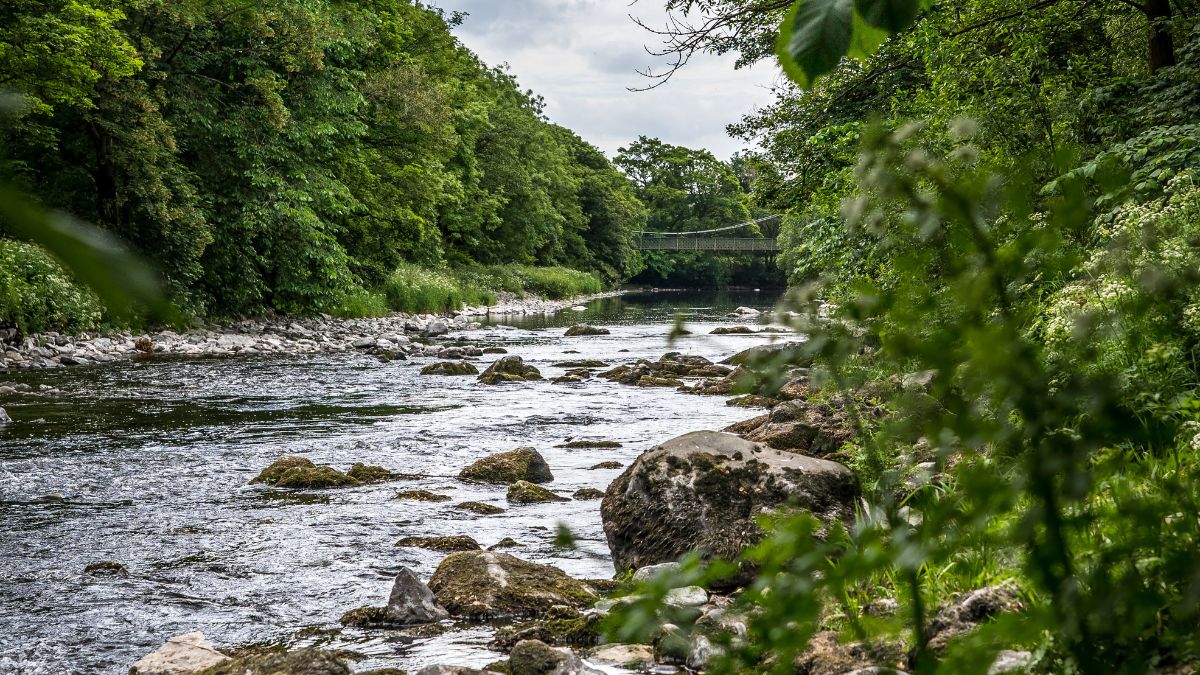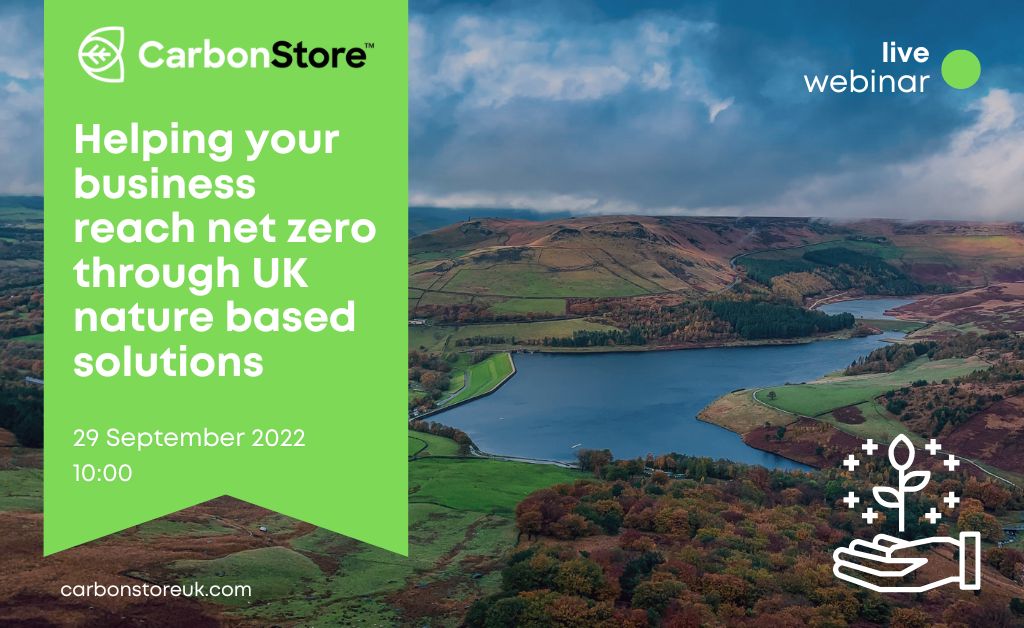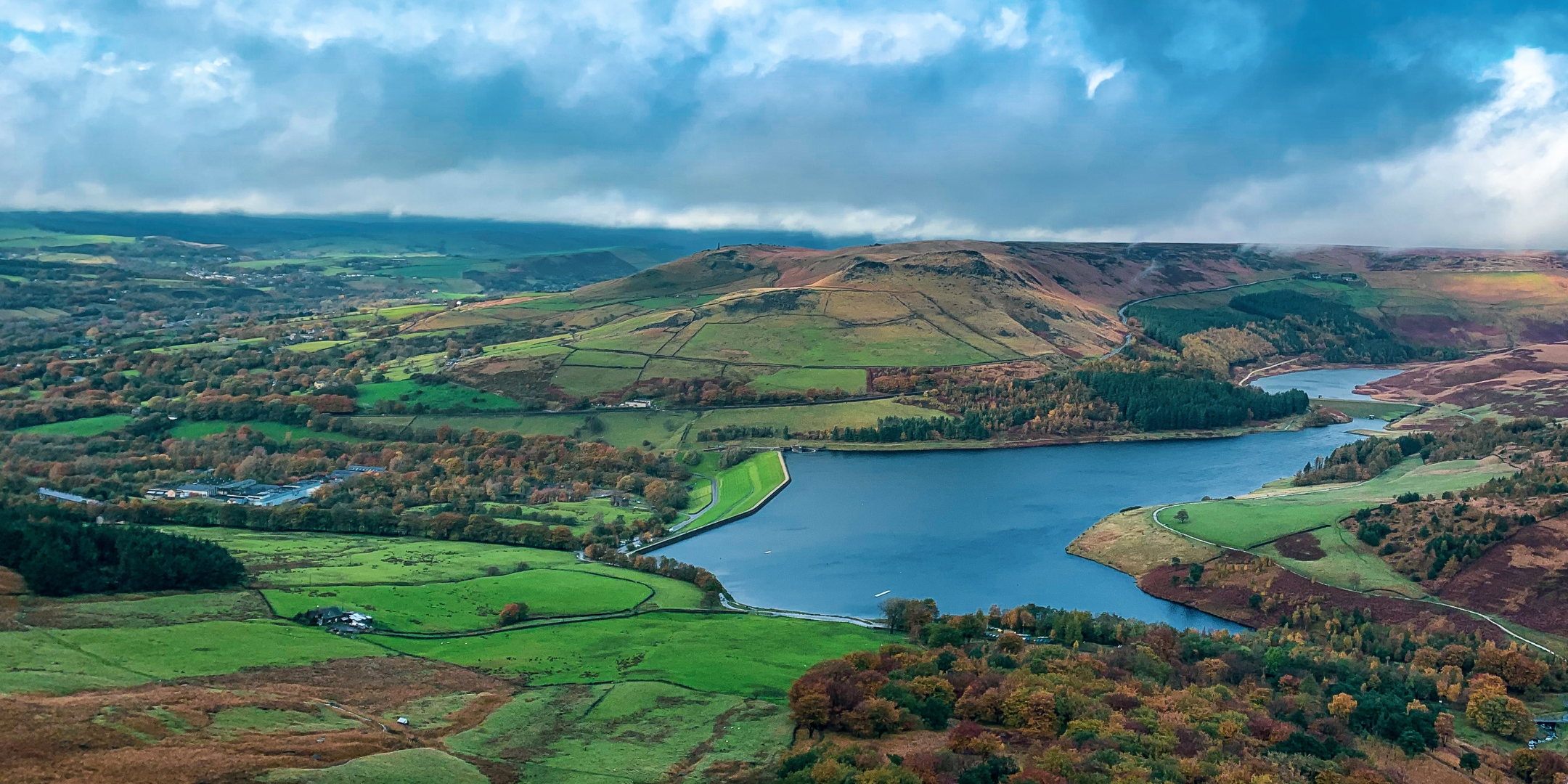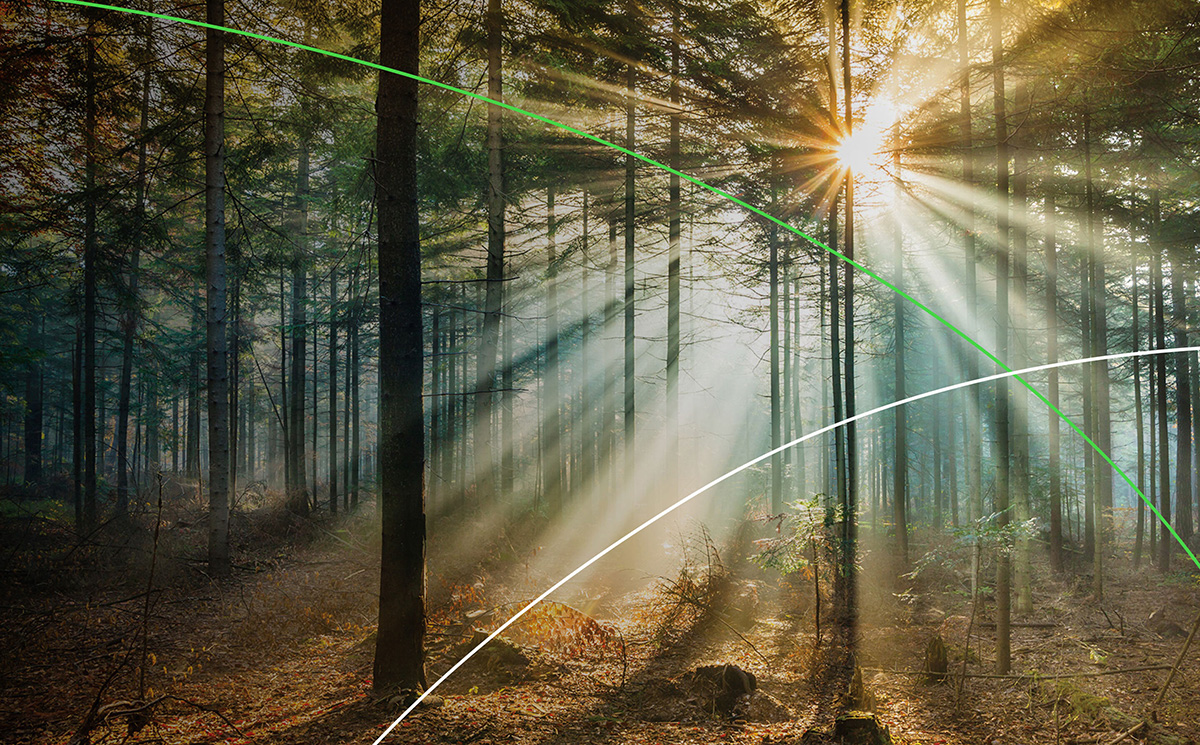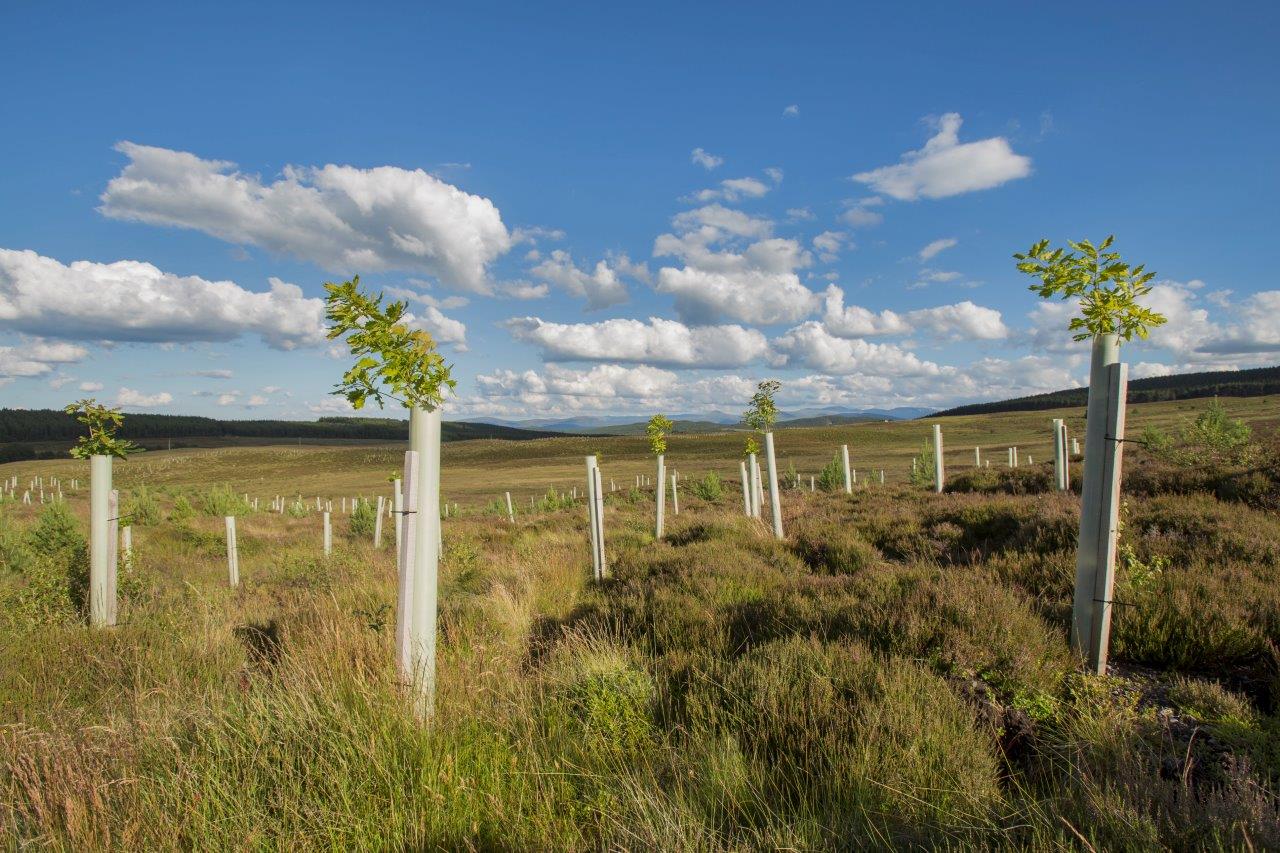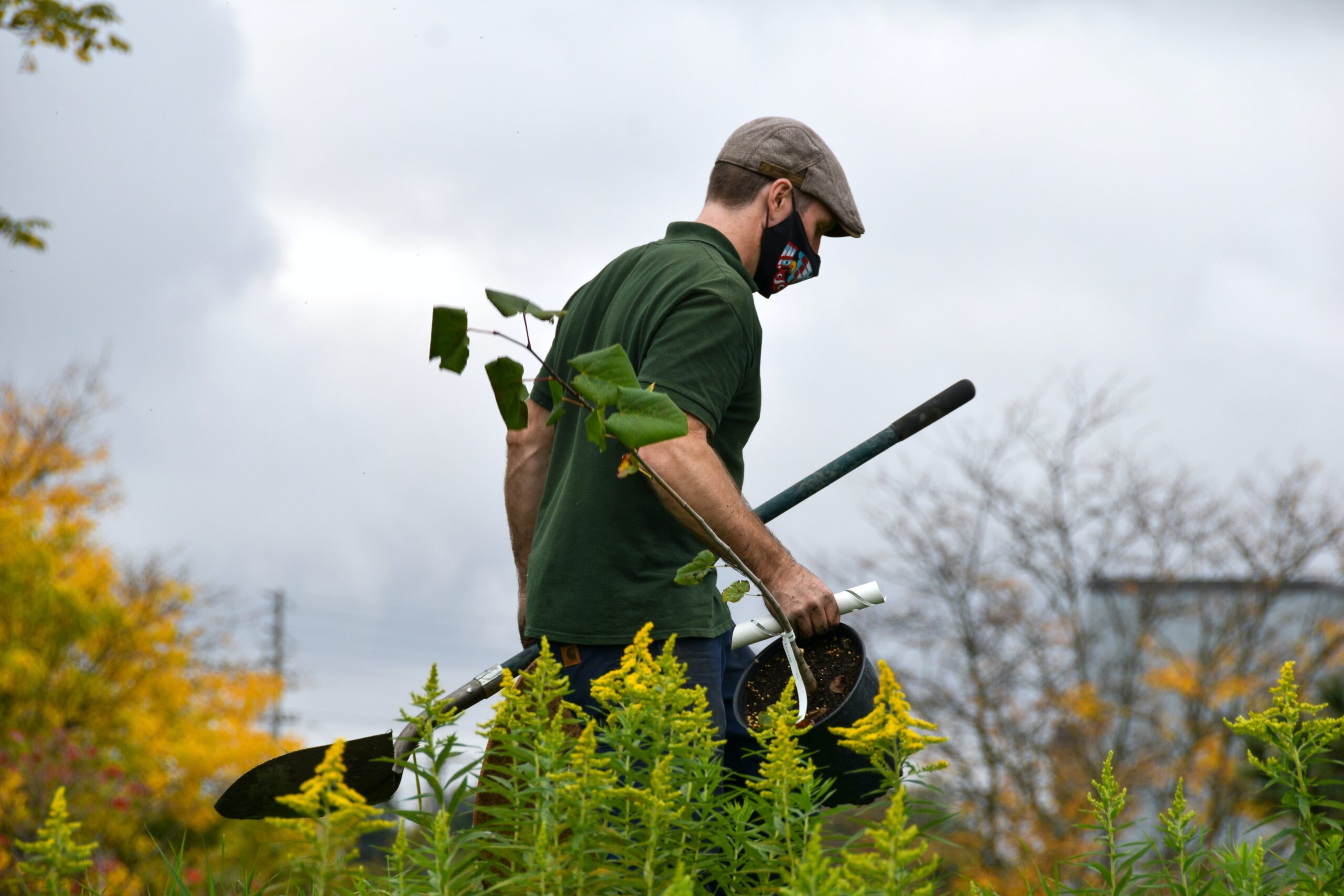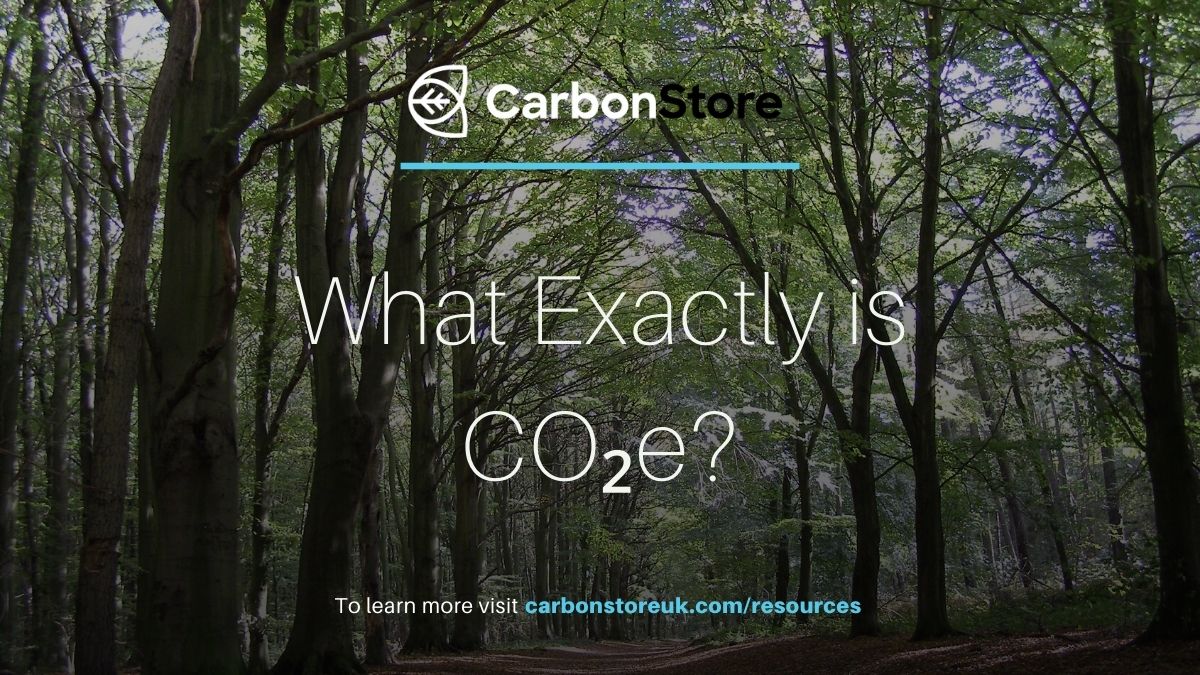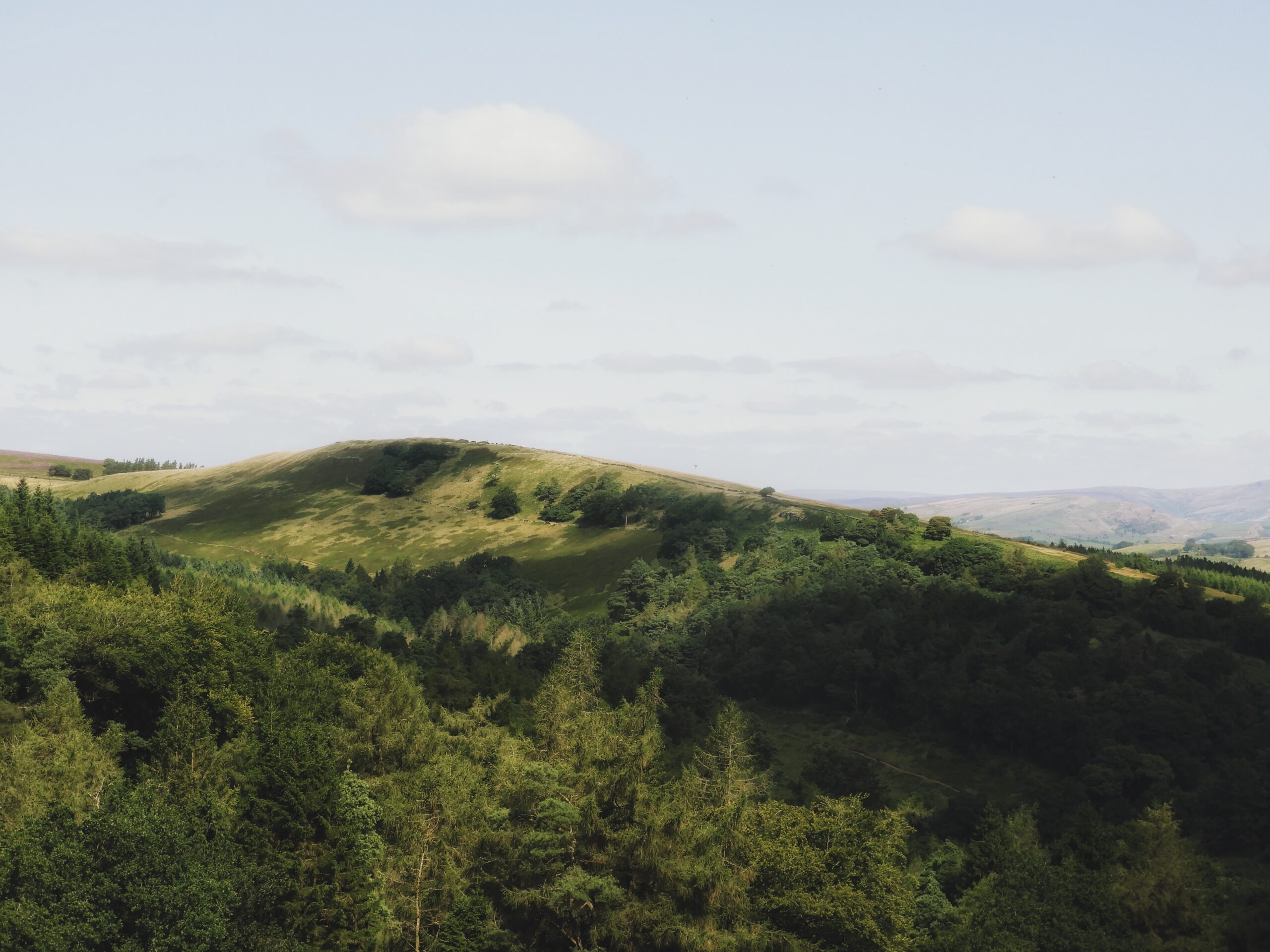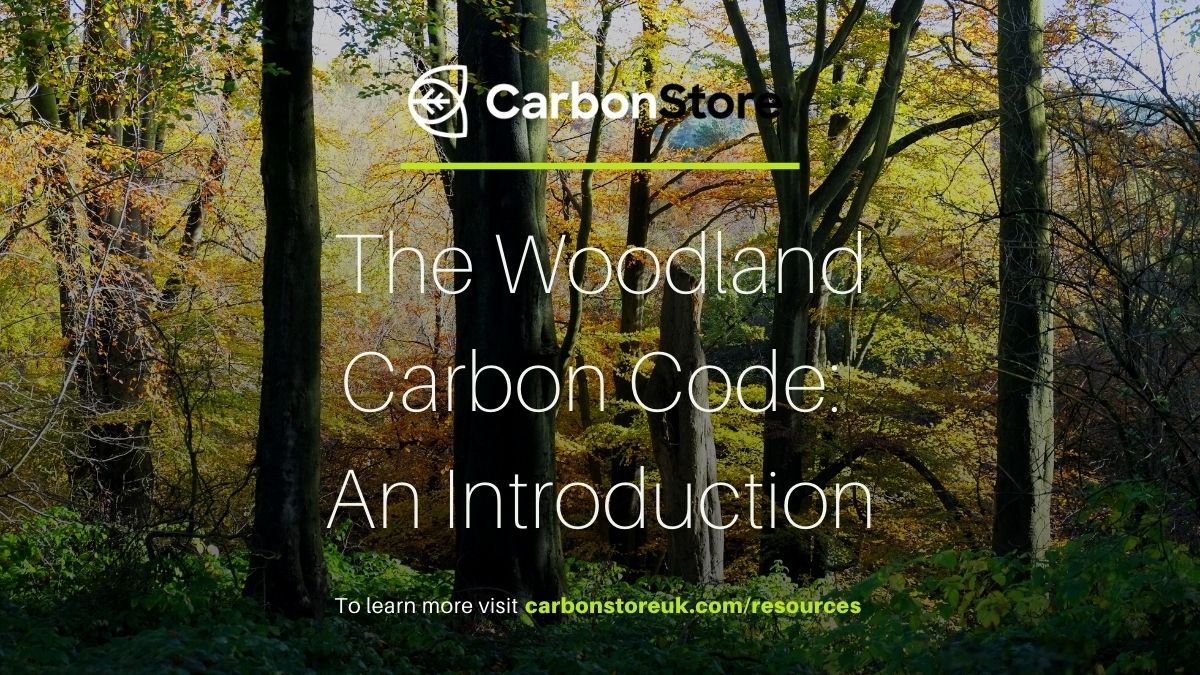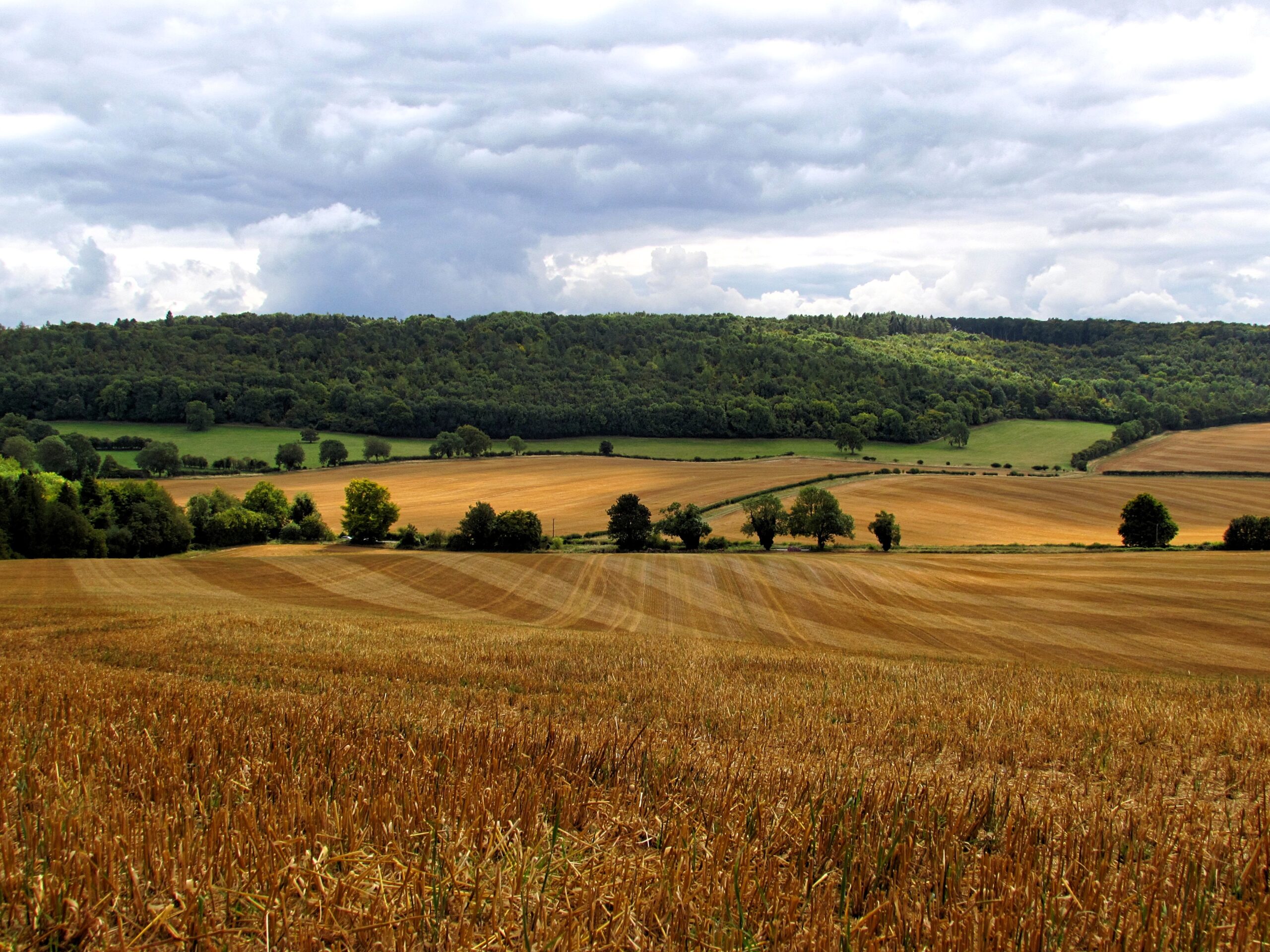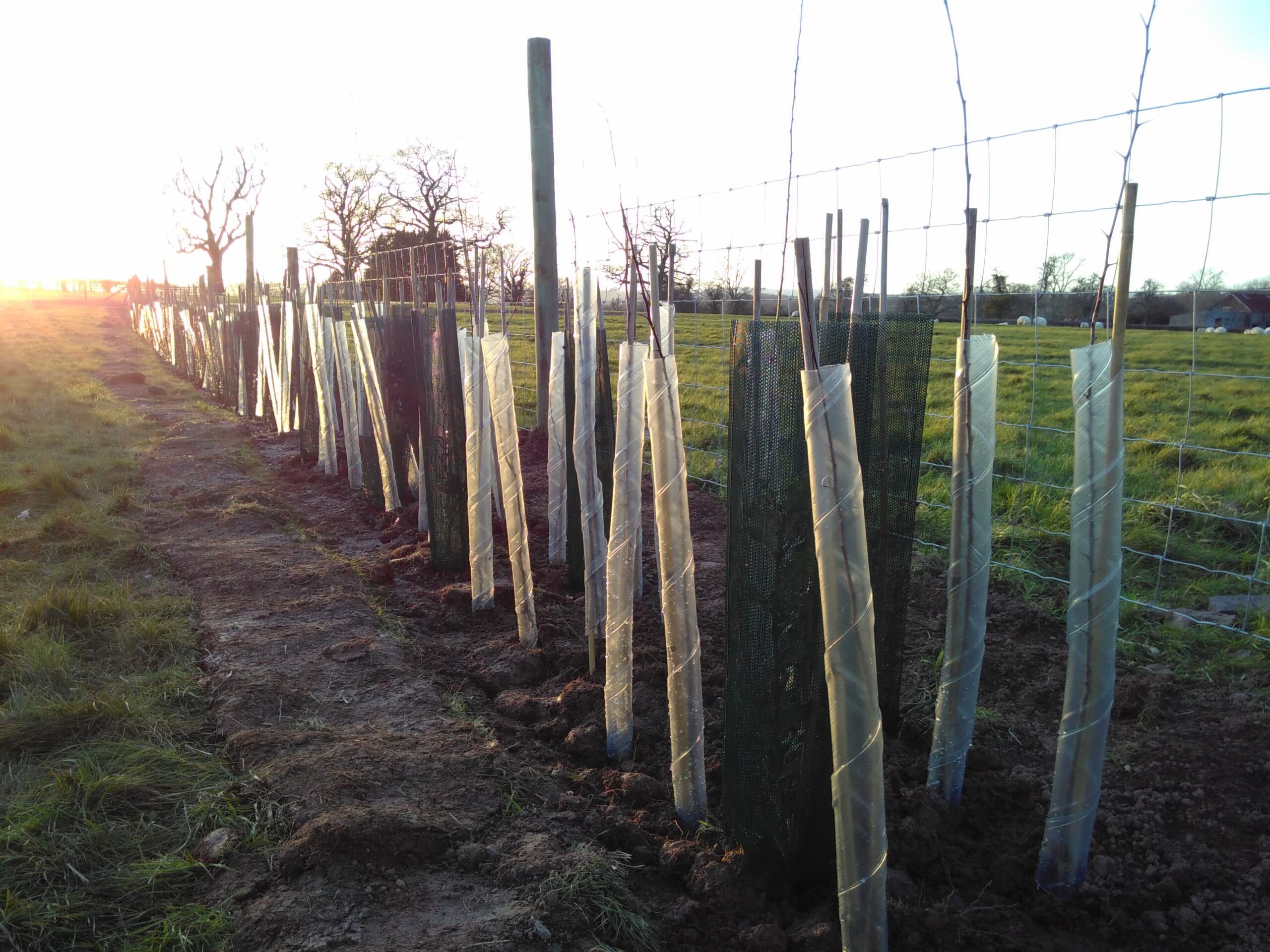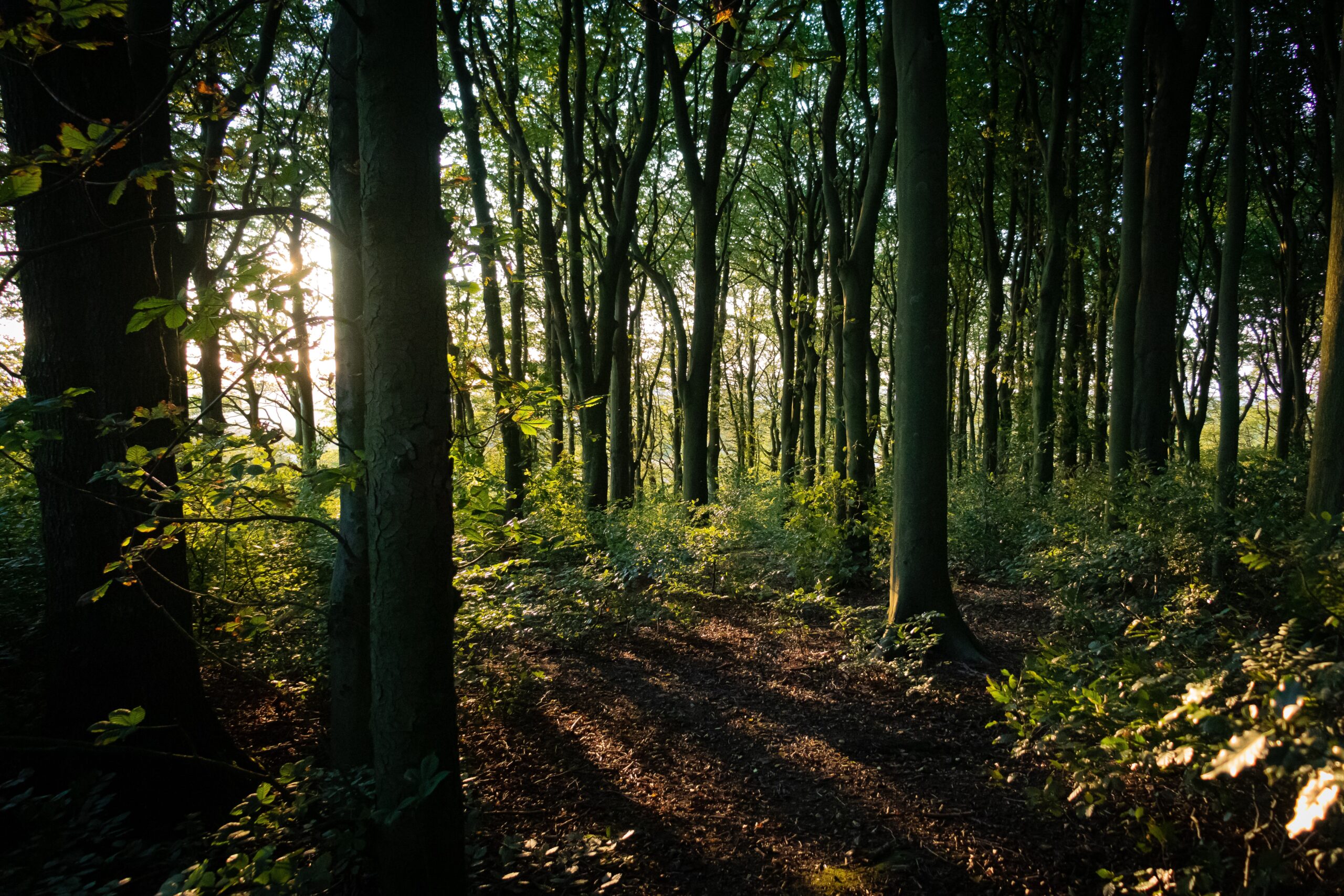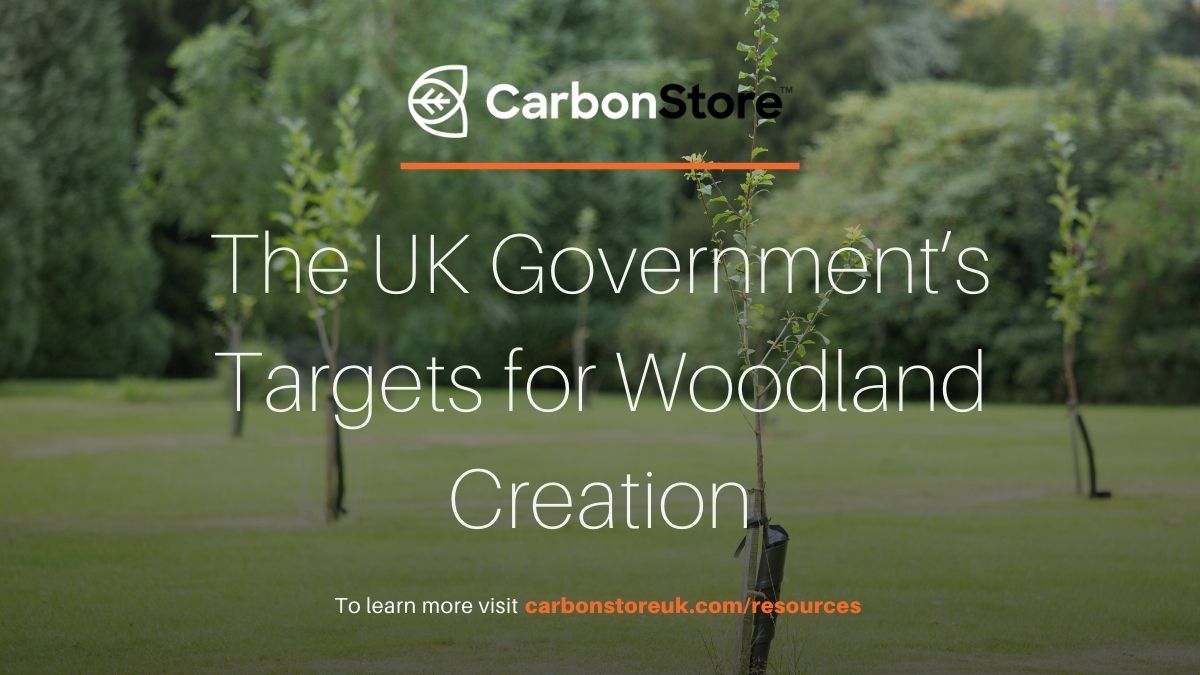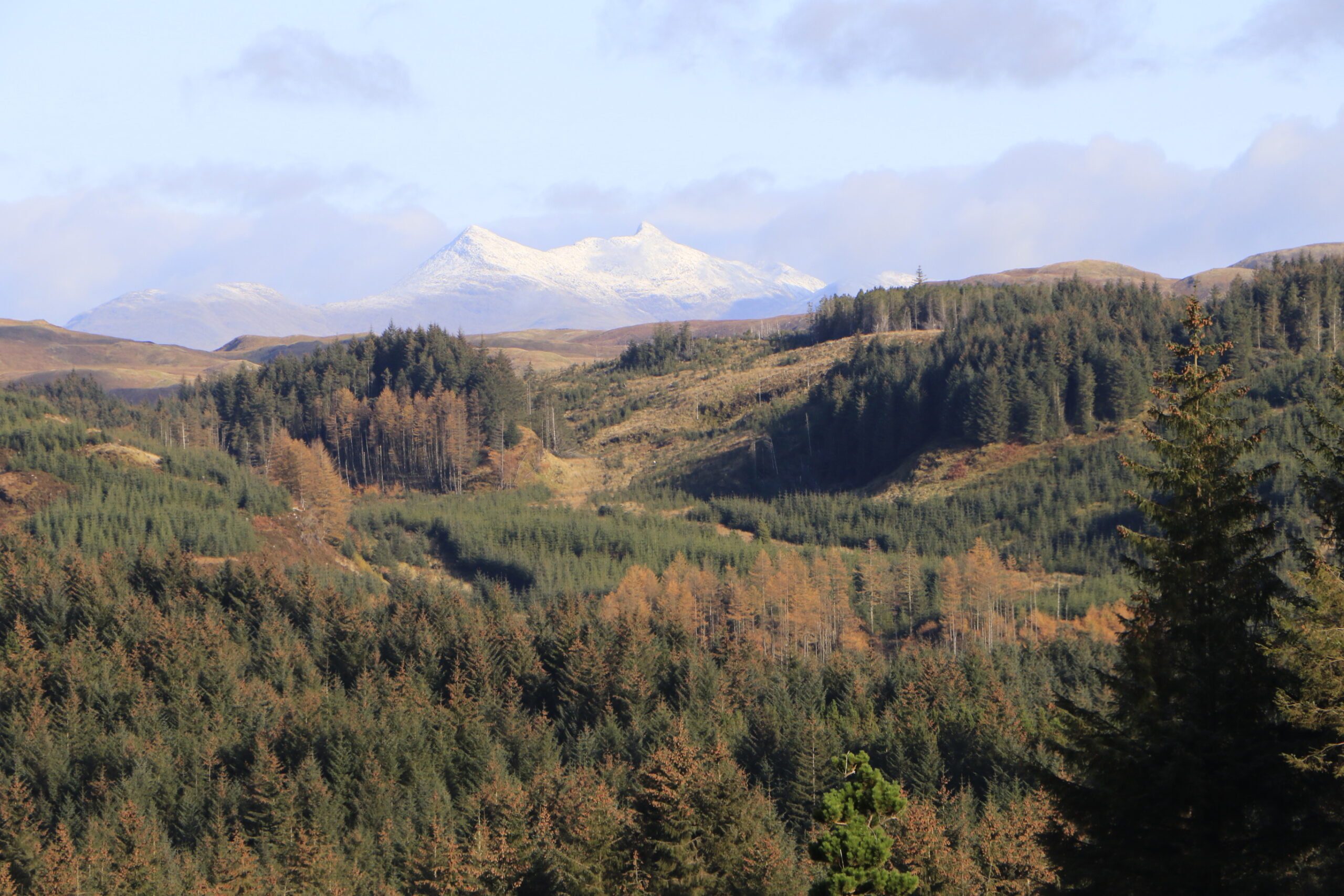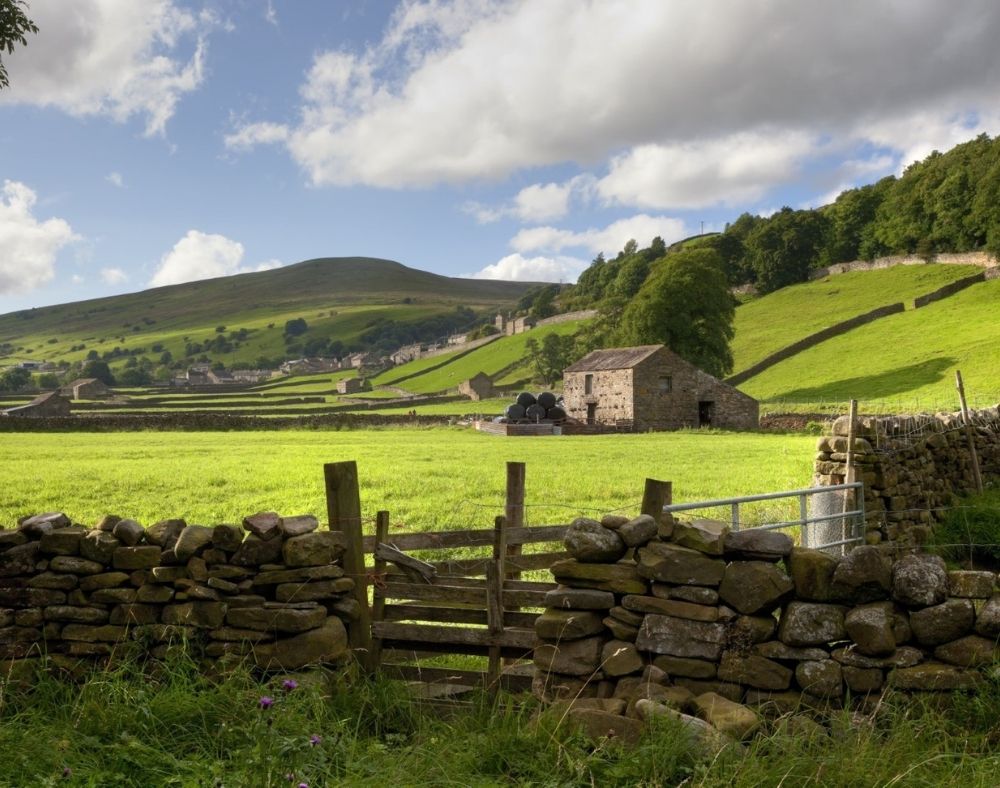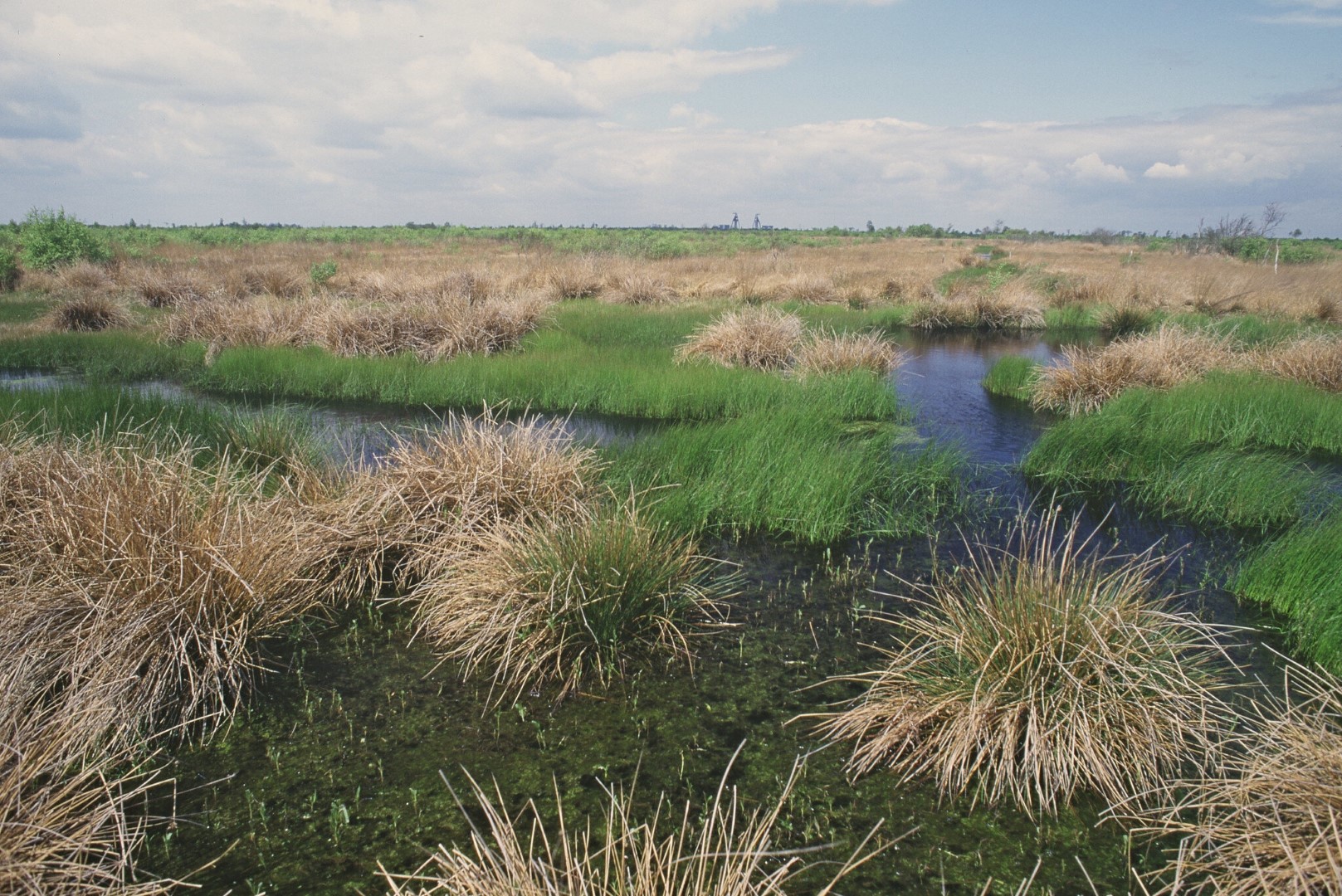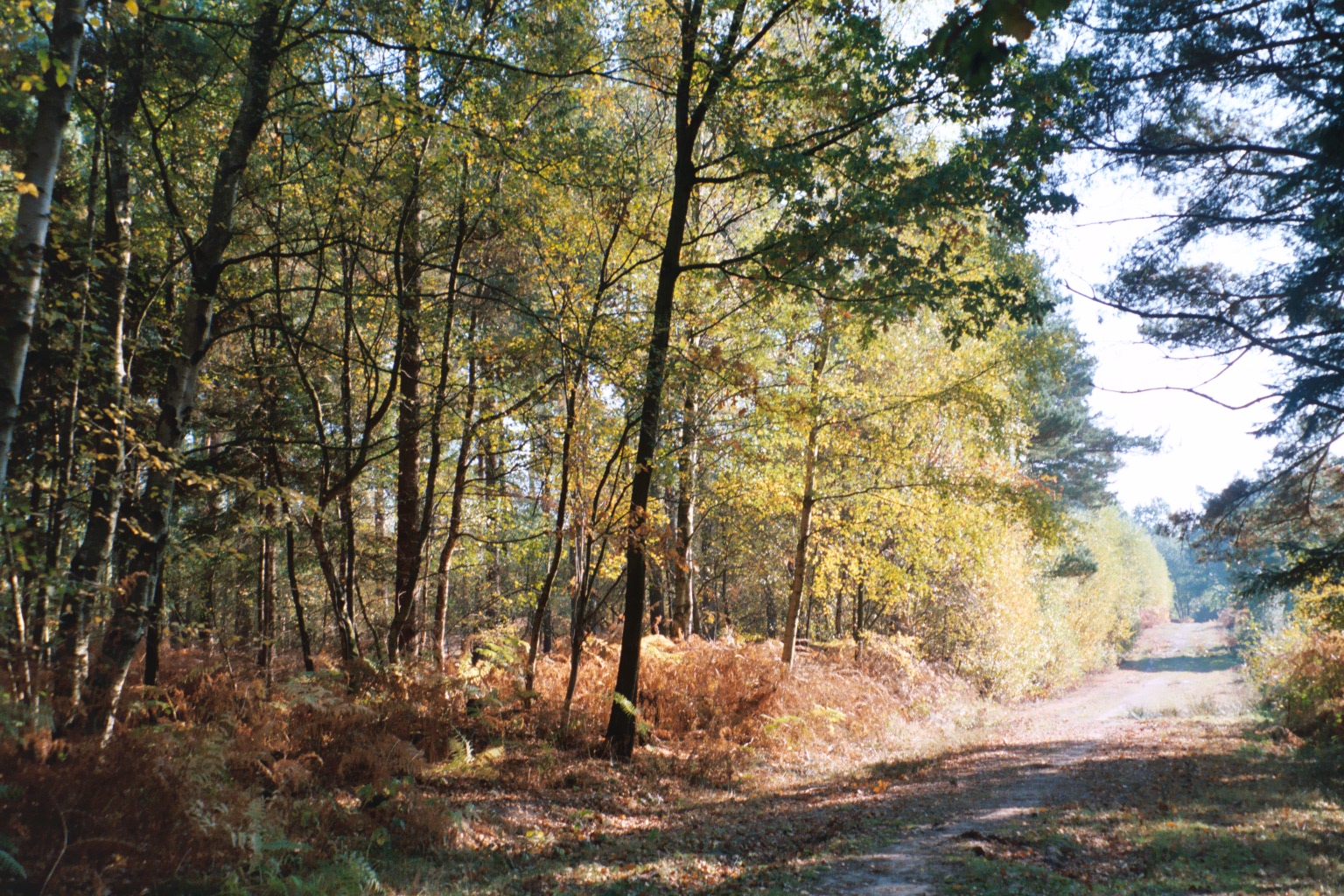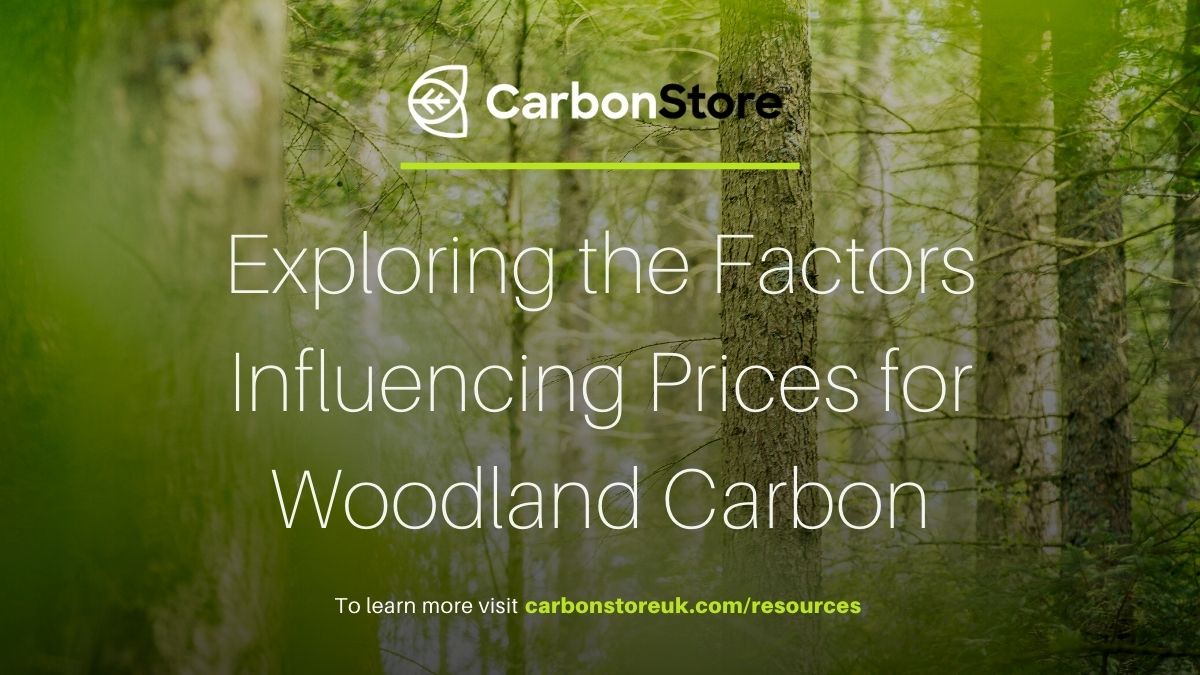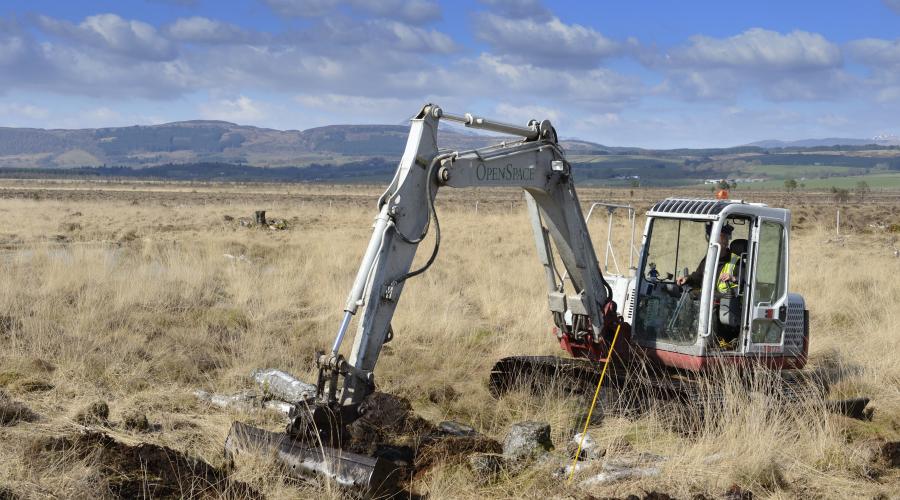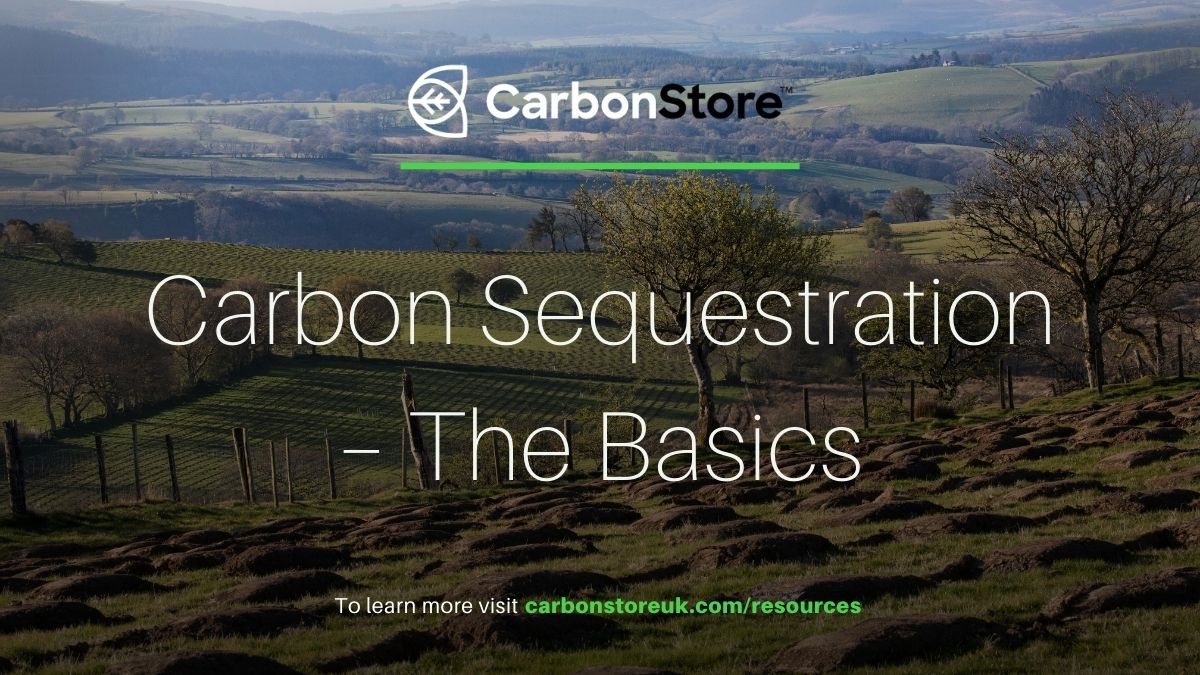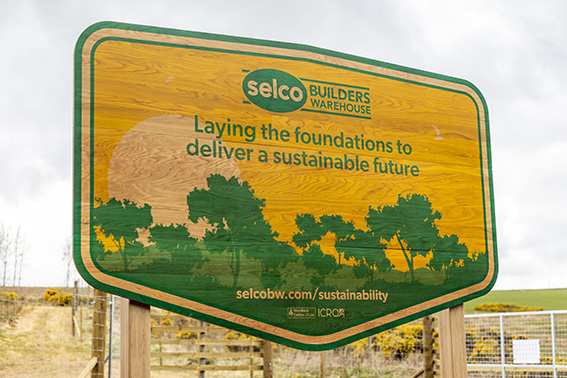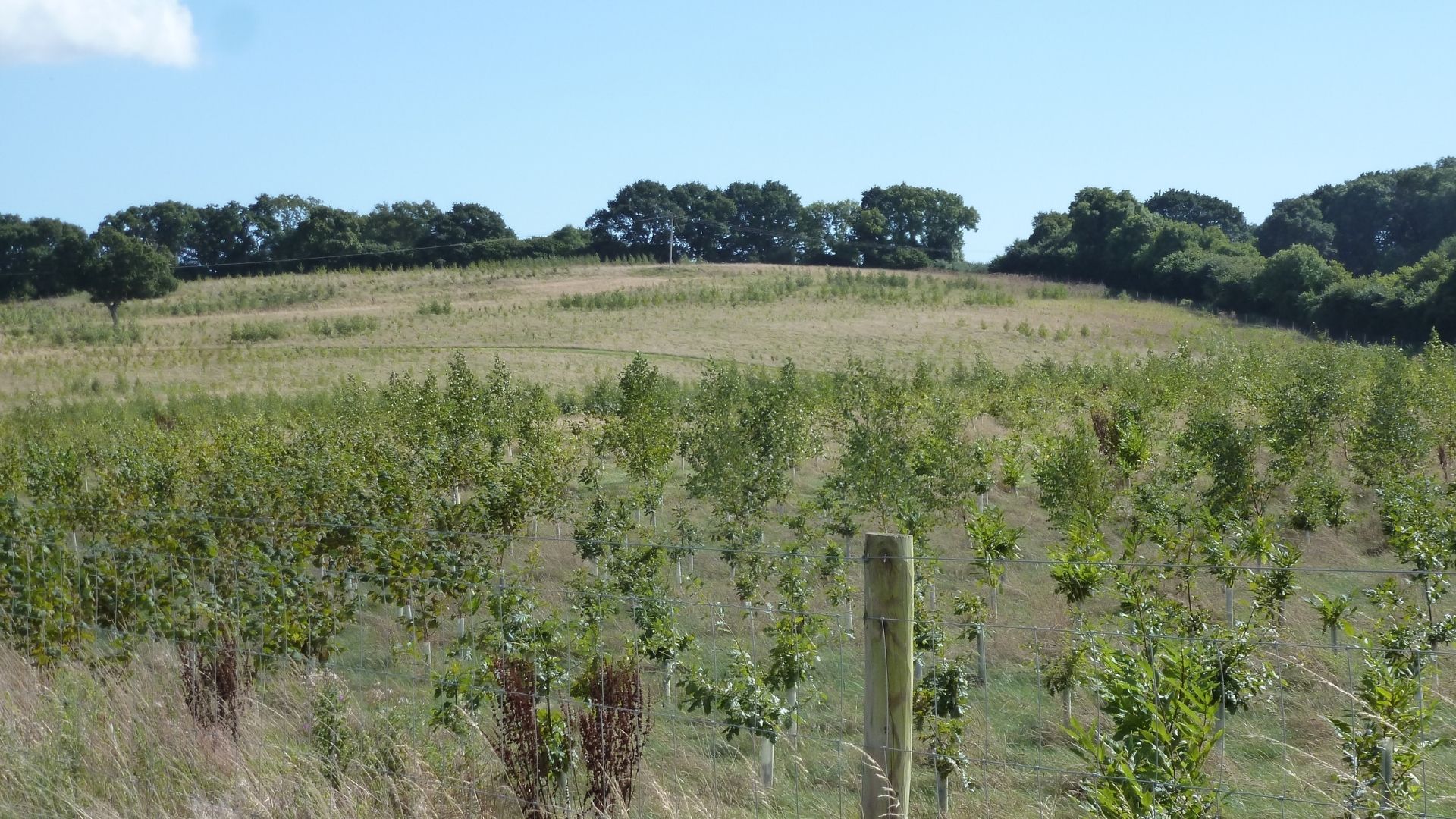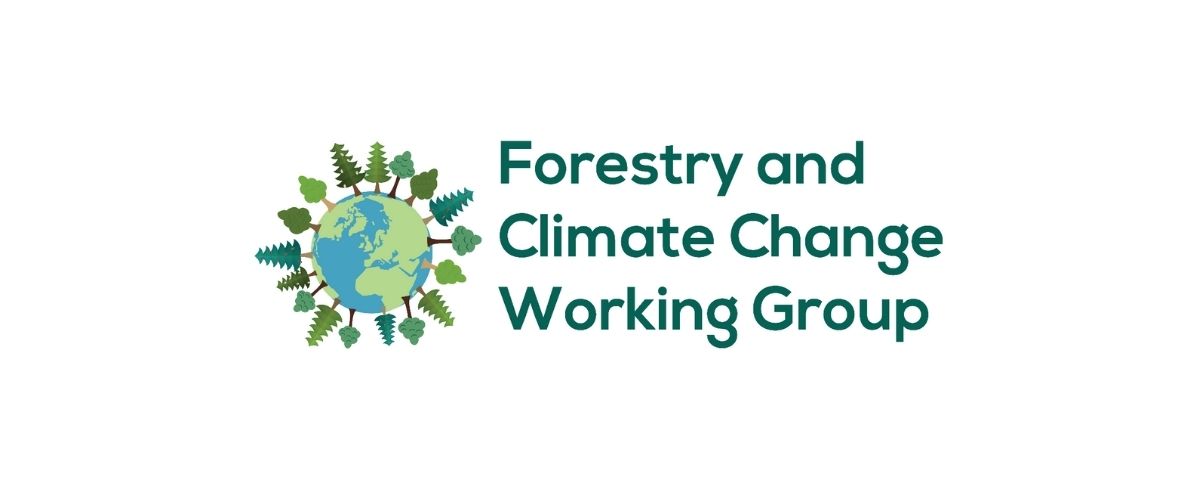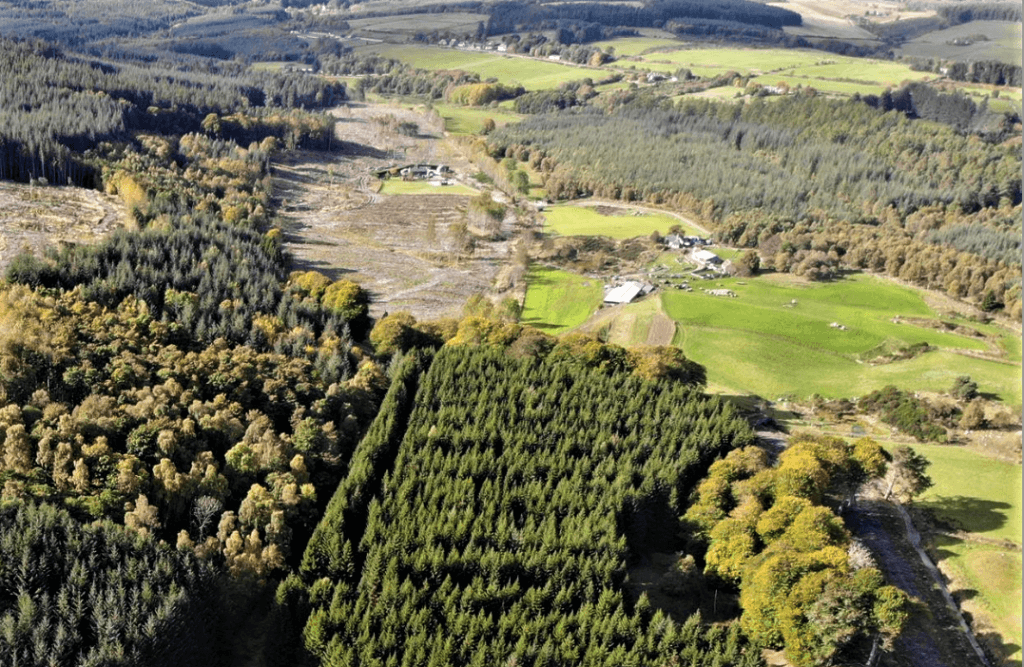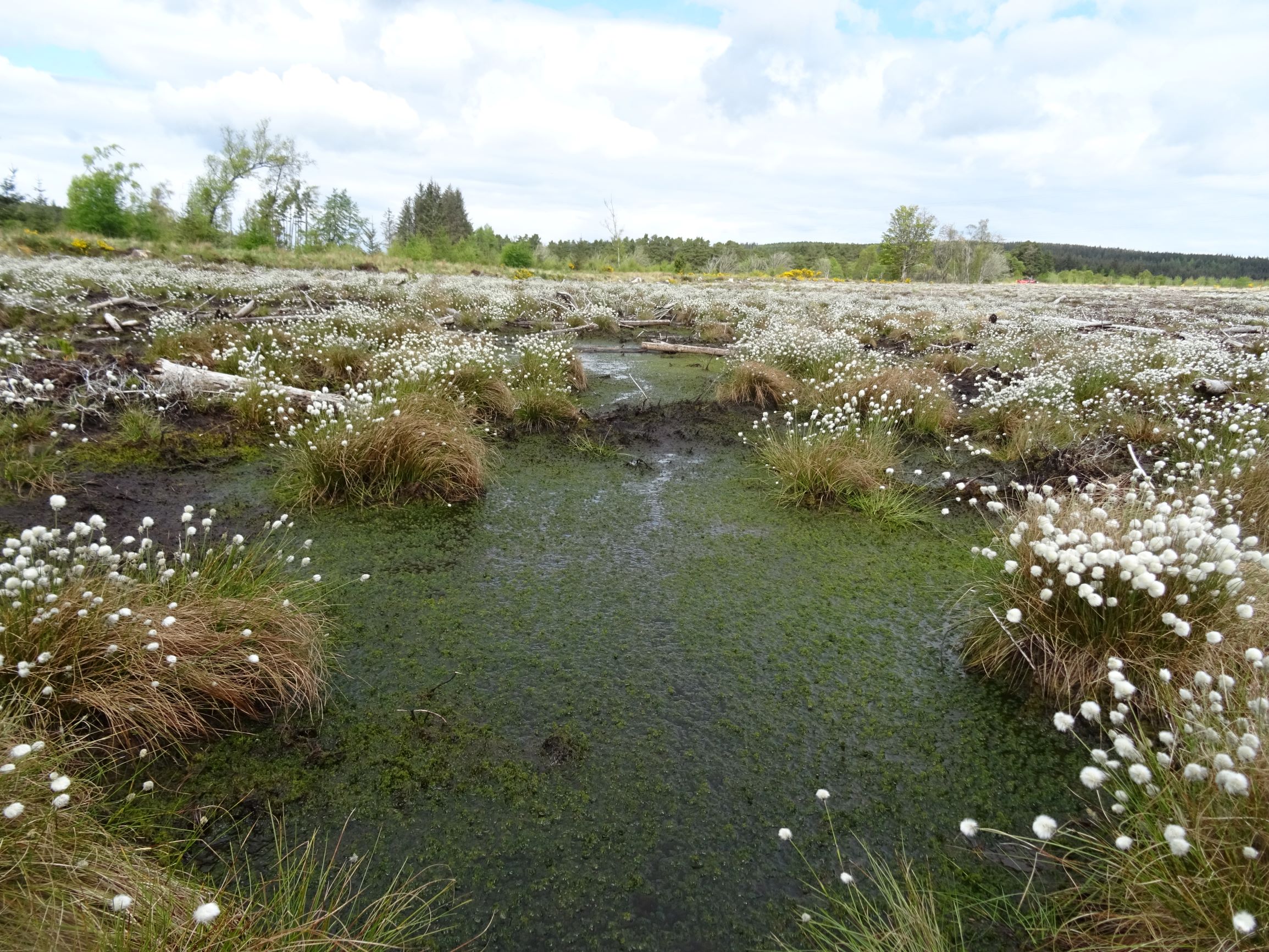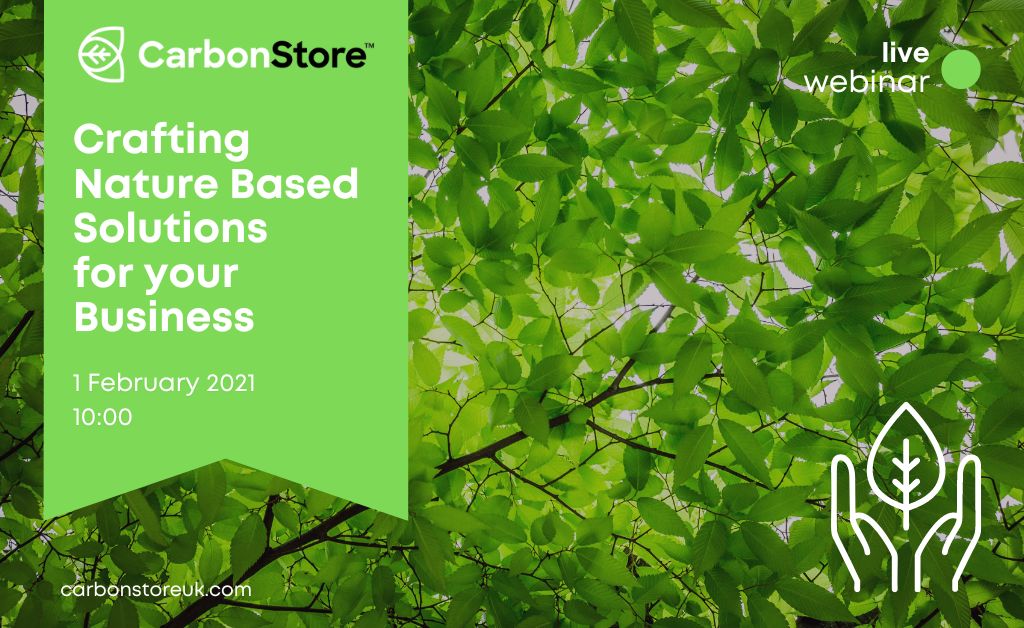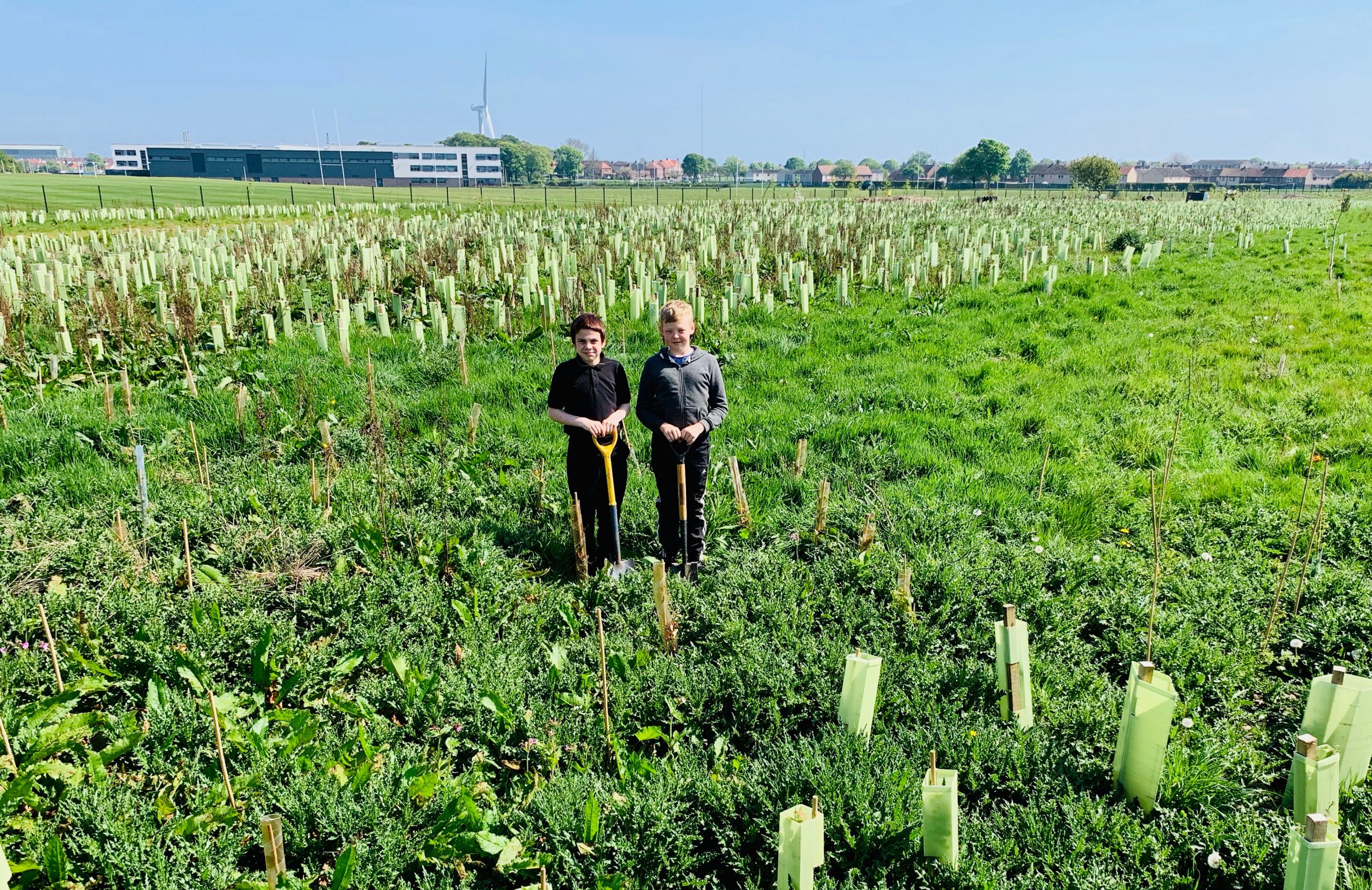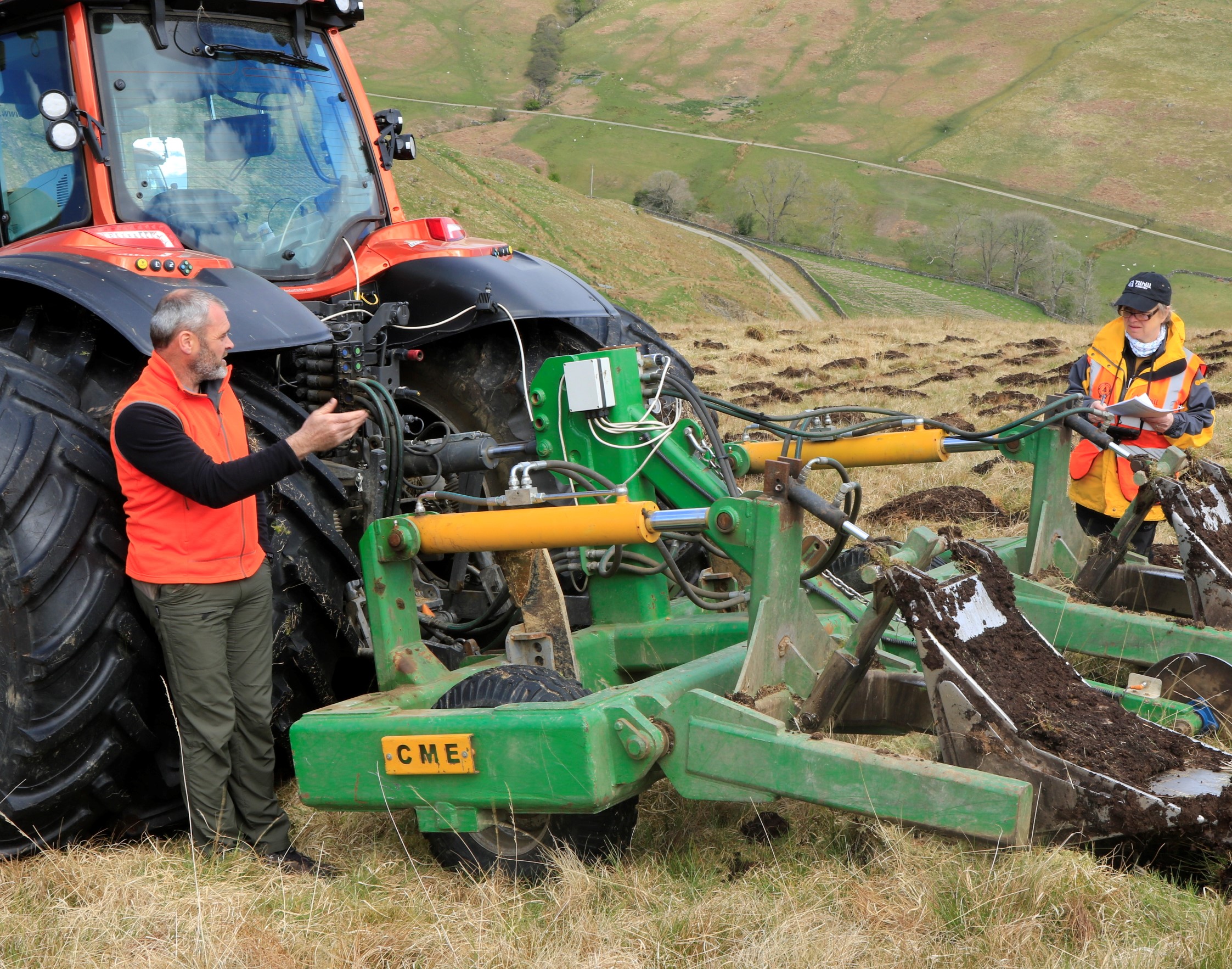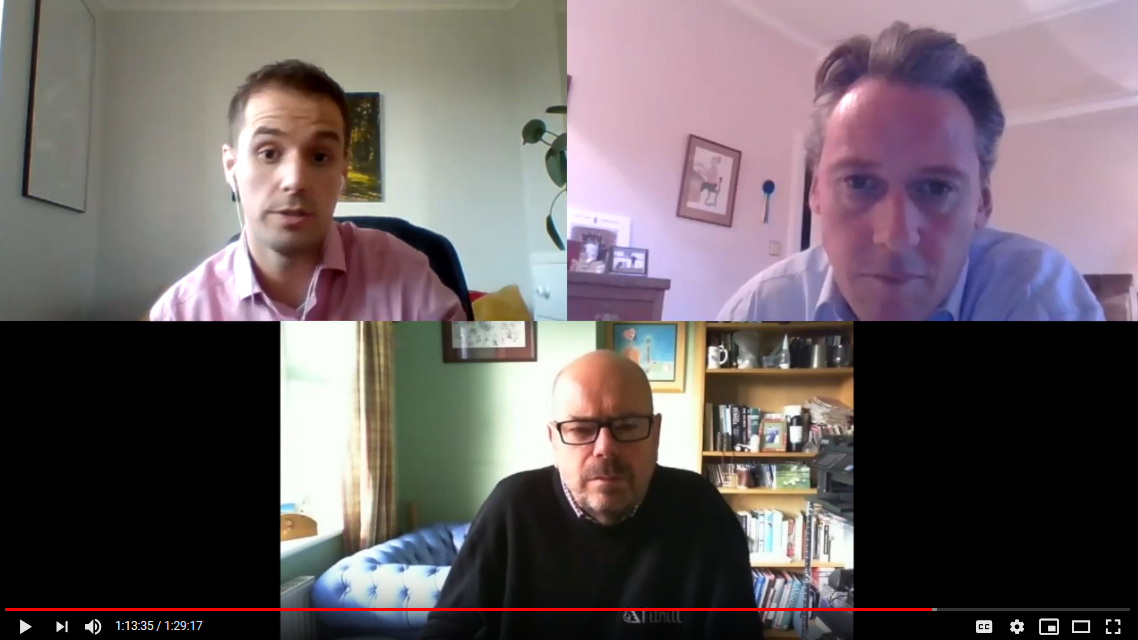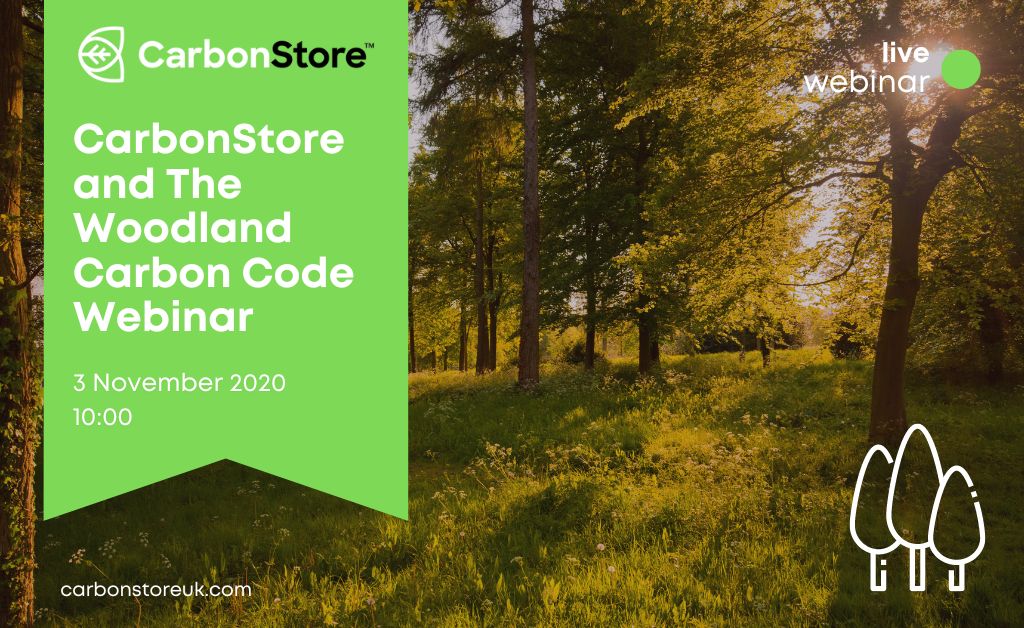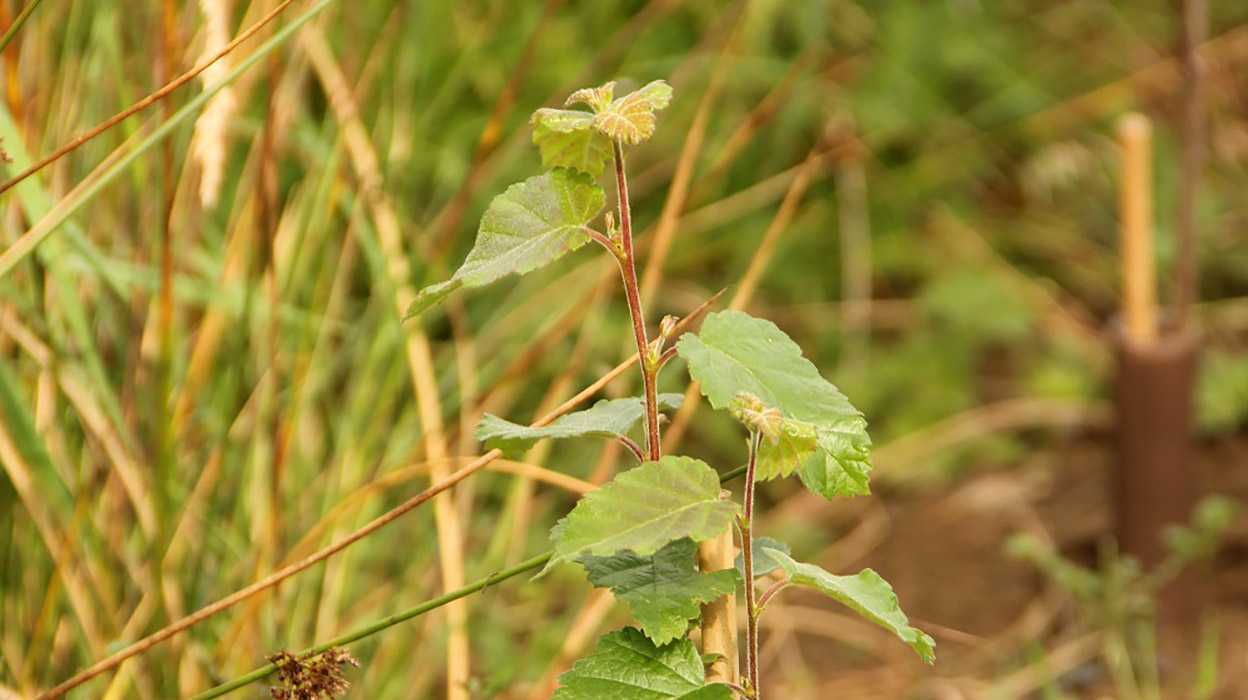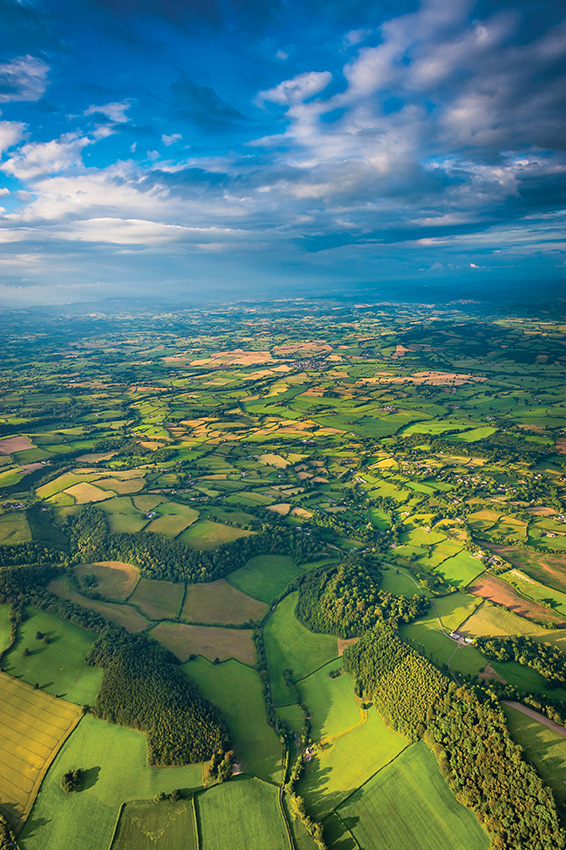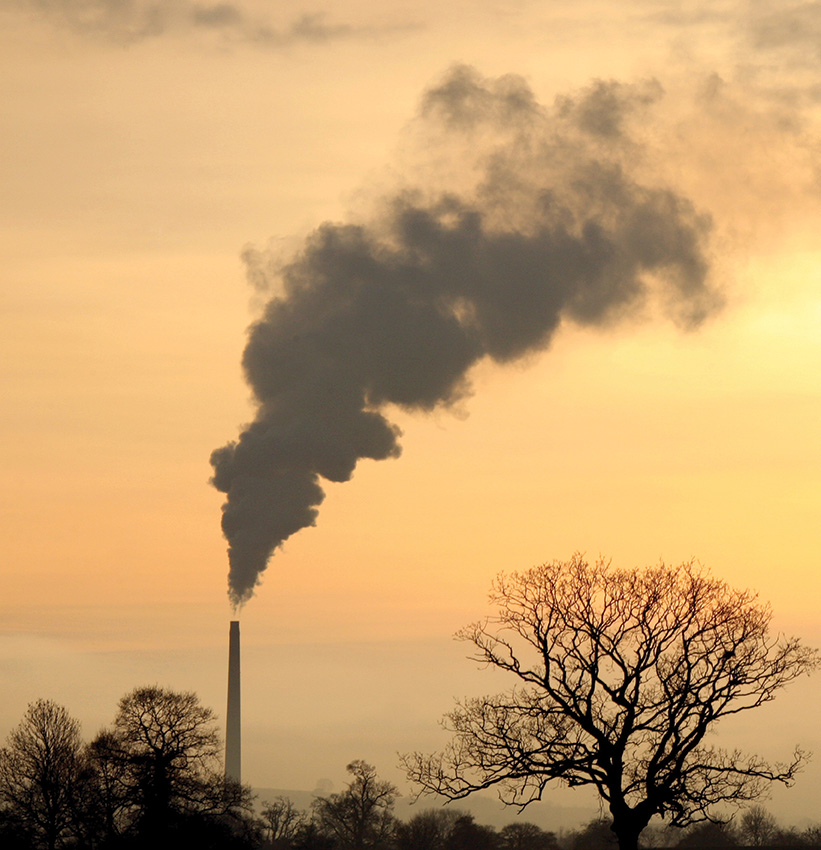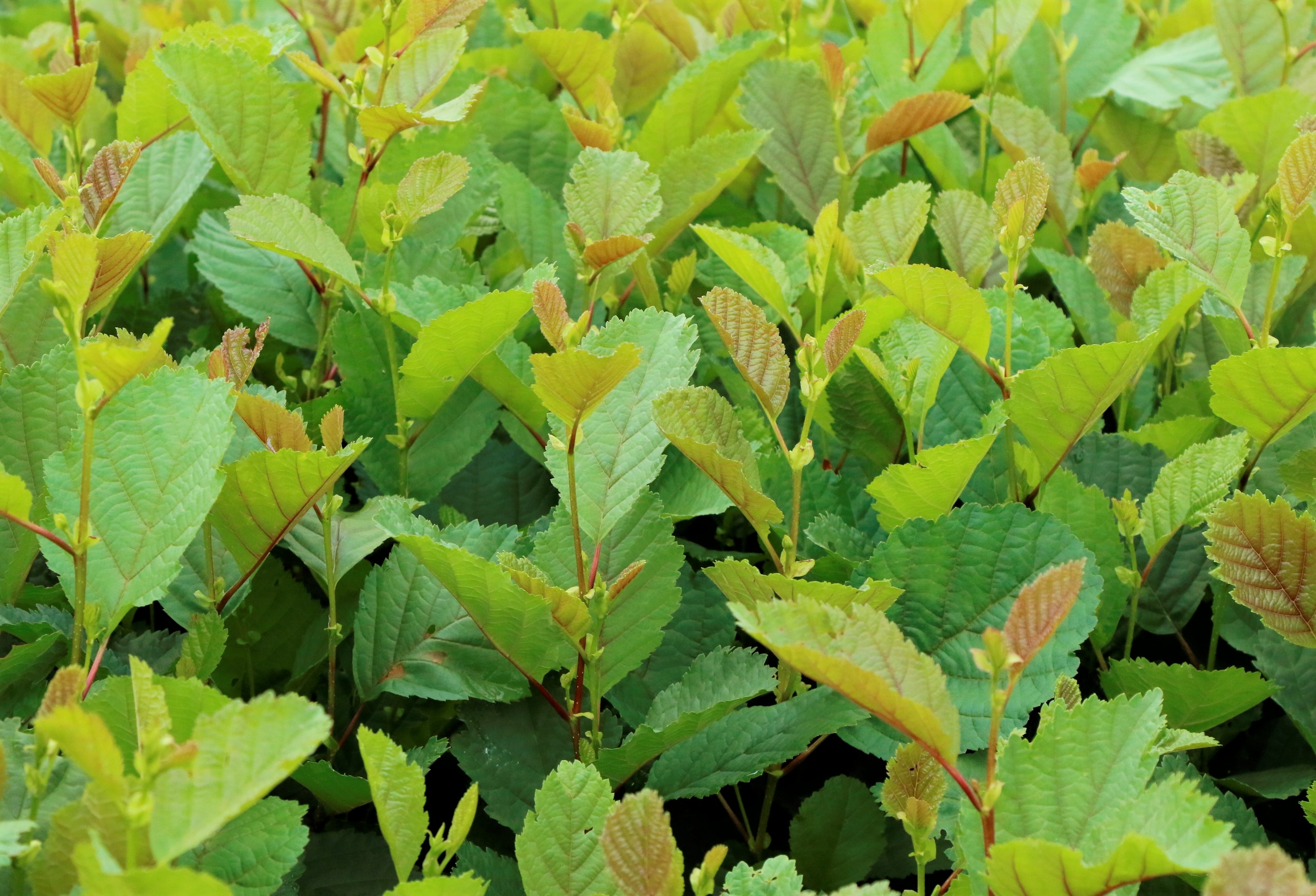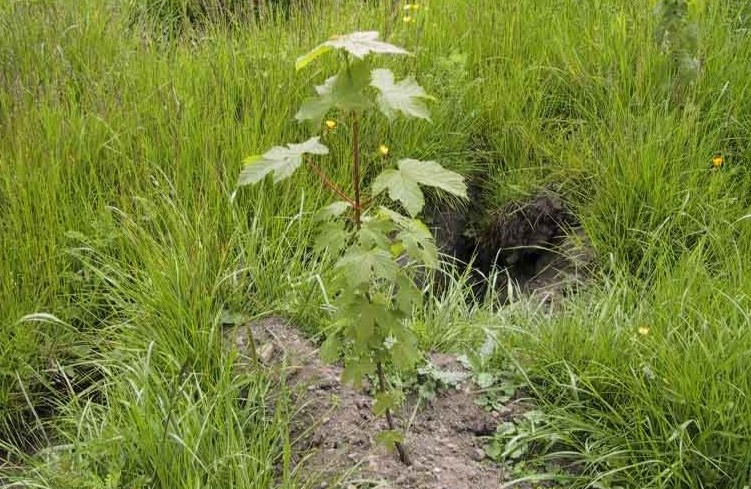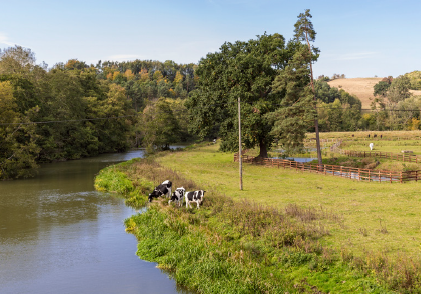by David McCulloch, Head of CarbonStore
Recent analysis by Forest Research, the Forestry Commission’s world-renowned research division, has highlighted an important shortcoming in the assumptions which underpin the current approach in calculating sequestration volumes by different types of woodland.
Admittedly this is a rare flaw in an otherwise excellent carbon standard however, it is a significant one, such that it could undermine the sequestration capacity of our soon-to-be-planted woodlands and forests while also leaving the UK running short of homegrown timber supplies, the vital ingredient for the sustainable and eco-friendly homes of future generations.
According to the Woodland Carbon Code’s carbon calculator, one hectare of mixed broadleaves with a yield class of 8 would sequester 596 tonnes of carbon dioxide equivalent (CO2e) over the next 100 years. In contrast, one hectare of Sitka spruce, with a yield class of 18 which is thinned in year 25 and harvested in year 40, would sequester just 118 tonnes CO2e.
Prices for woodland-generated carbon credits currently range between £13-£20, up from £4-£5 in 2019. It therefore requires only a small further increase before woodland owners across the UK are financially incentivised to plant their land with trees that generate significant ecological benefits but limited Economic Value Added (EVA) merits.
Such a scenario would have two powerful but negative consequences. Timber is widely recognised as the most sustainable construction material available. It has the lowest embodied energy content (i.e., the energy used in its processing, production, and transport) of any construction material and, according to some estimates, its embodied energy content is just 20% of concrete’s and 15% of steel’s.
Forest Research’s analysis, which includes the ‘substitution benefits’ of using timber, in place of steel or concrete, as a construction material concludes that the carbon benefits from one hectare of broadleaves amounts to 6.2 tonnes of CO2e per hectare per year while those from a hectare of productive conifers equates to 7 tonnes of CO2e per hectare per year i.e., 13% greater.
The carbon benefits from planting productive conifer woodlands, which produce the timber used to build our homes and our offices, are therefore 13% greater than those achieved by their broadleaved counterparts. By failing to account for these ‘substitution benefits’ within its calculator, the Woodland Carbon Code also risks failing to optimise the carbon sequestration of our woodlands and their by-products.
Excessive emphasis on planting broadleaves would also deprive the UK of our homegrown timber resource. The UK is already the world’s second largest timber importer (by volume), after China. In 2020, the UK construction industry sourced over 80% of its timber needs from abroad. Concerns abound that our timber resources are insufficient to meet future demand.
In failing to satisfy our domestic timber requirements, we would not only forego the jobs, incomes, and activity that the full life cycle of a productive woodland generates for our rural communities, we would also lose the accompanying environmental benefits. The Committee for Climate Change explicitly recognised this factor in its January 2020 report, “Land Use Policies for a Net Zero UK”, when it noted:
“Planting requires both productive conifers and standing broadleaved woodland…. sustainably managed forests are important for reducing emissions across the economy. They provide a store of carbon in the landscape and harvested wood can be used….as wood in construction, creating an additional stock of carbon in the built environment”
Over the next 30 years, the configuration of the UK’s countryside will undergo significant change as we realise the government’s new planting targets of 30,000 hectares per year and gradually lift our woodland cover from the current 13% to somewhere above 17%.
Of course, it is vital that we resolve our biodiversity crisis in realising the government’s targets so that, by replanting hedgerows, through professional management of our existing woodlands, and through creating broadleaf woodlands, we provide shelter, food and habitats for our birds, insects, and animals and restore our wildlife ecosystems.
However, we must not forget the principal purpose of our tree planting strategy: to absorb our residual and unavoidable carbon emissions. As the government stated on 21st May 2021, “tree planting will form a central pillar in the efforts to reach net zero by 2050.” (2
Productive woodlands, which grow timber, the most sustainable and carbon-friendly building material available, have a crucial part to play in these efforts. Unfortunately, the full benefits of their potential contribution are not yet being quantified or appreciated. Forest Research’s report succinctly summarised the problem when it wrote:
“The failure of existing carbon standards to account for rebound effects…represents a significant potential weakness in quantifying the carbon substitution benefits of harvestable wood products.”
Both the government’s policy regarding its woodland creation strategy and the Woodland Carbon Code are evolving. It is therefore crucial that, in these early stages, we ensure incentives are properly and accurately structured so that, by 2050, we have a vibrant, balanced, and fruitful rural landscape which maximises its carbon-sequestering potential, provides ample home-grown timber, jobs, and activity for rural communities and reinvigorates our countryside’s wildlife and ecology.

